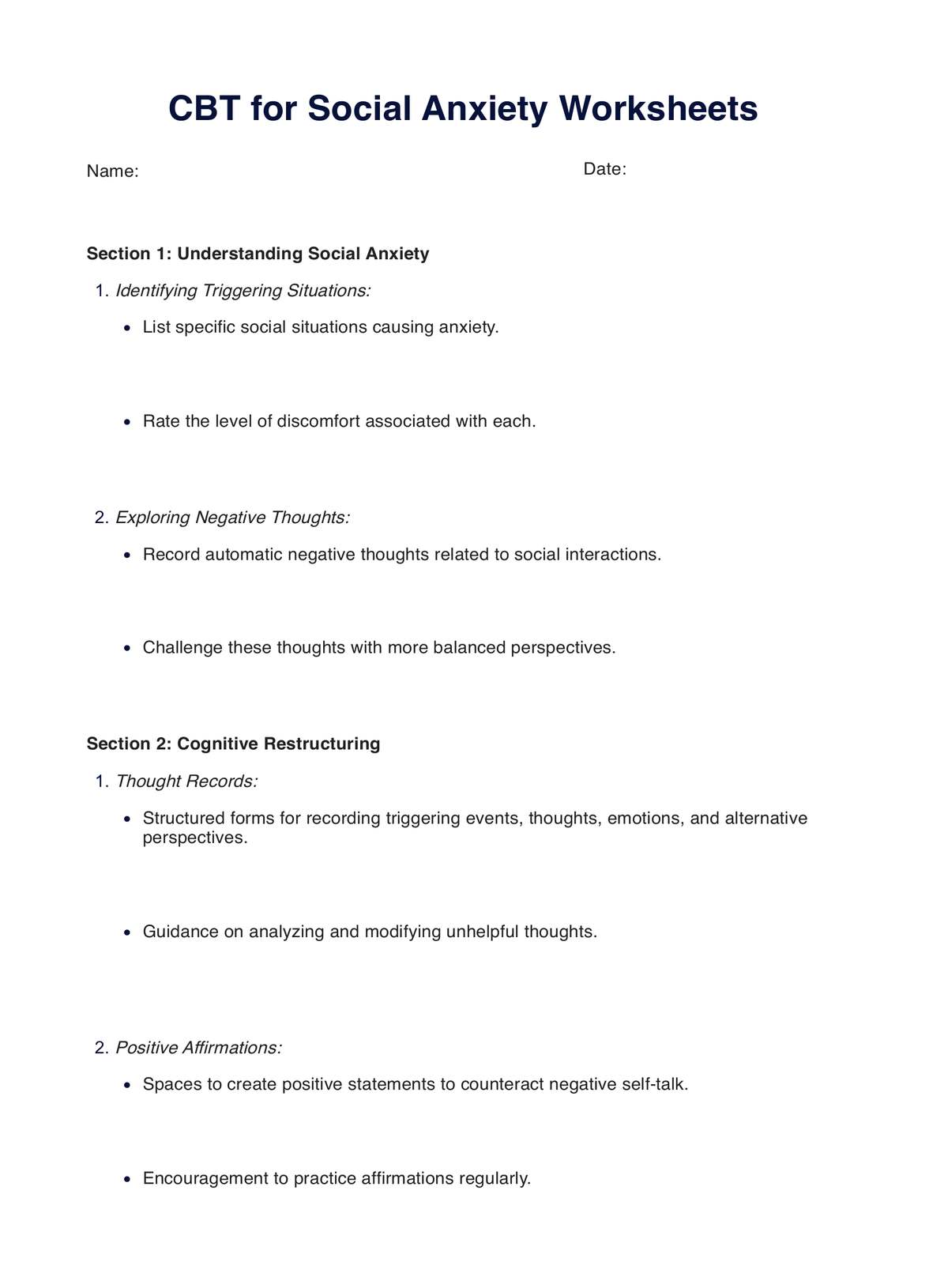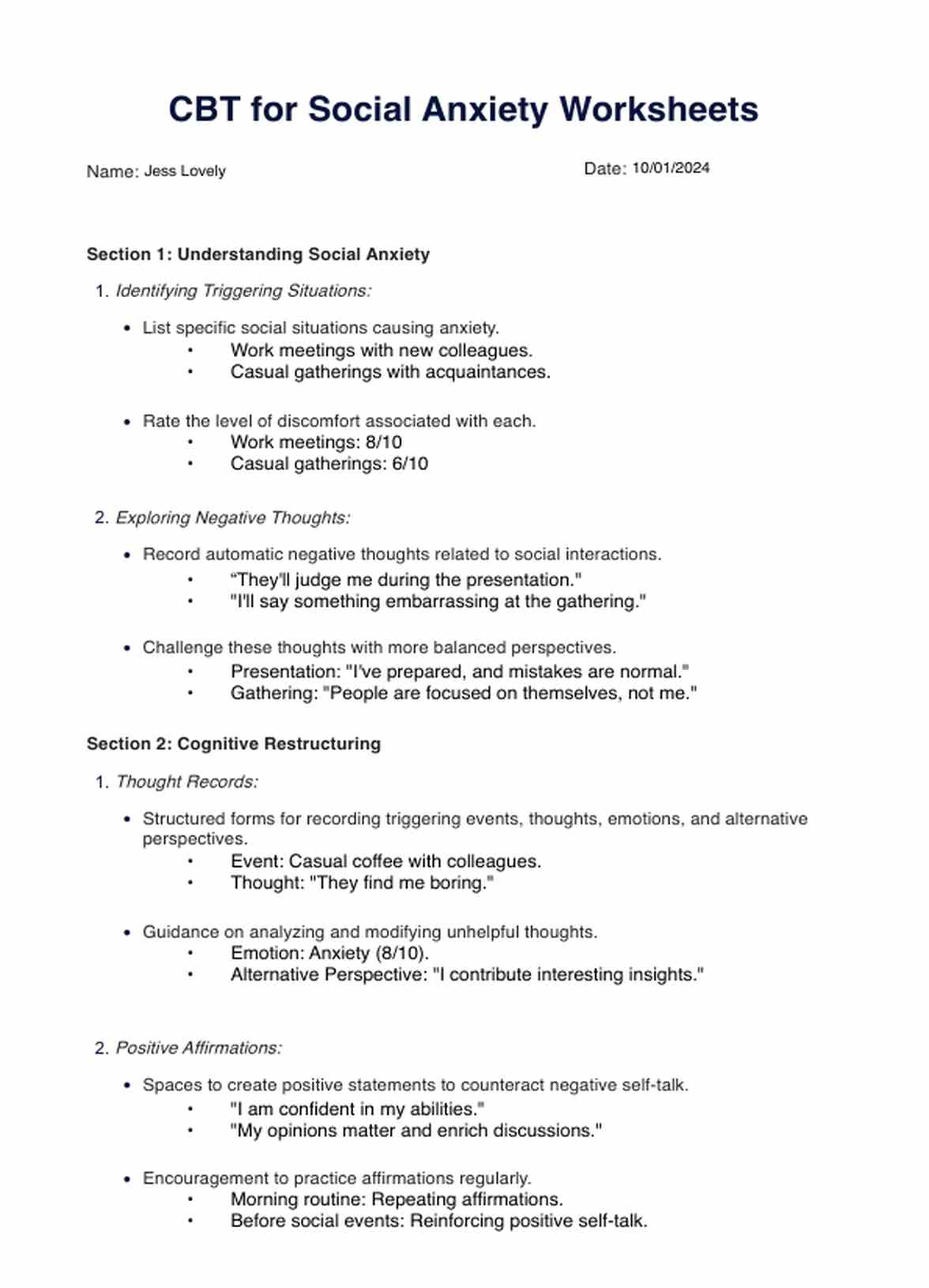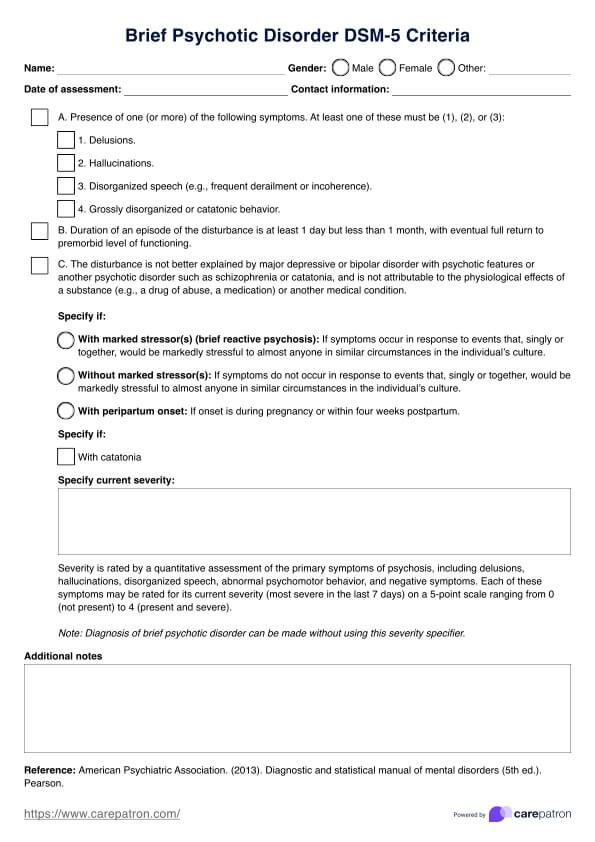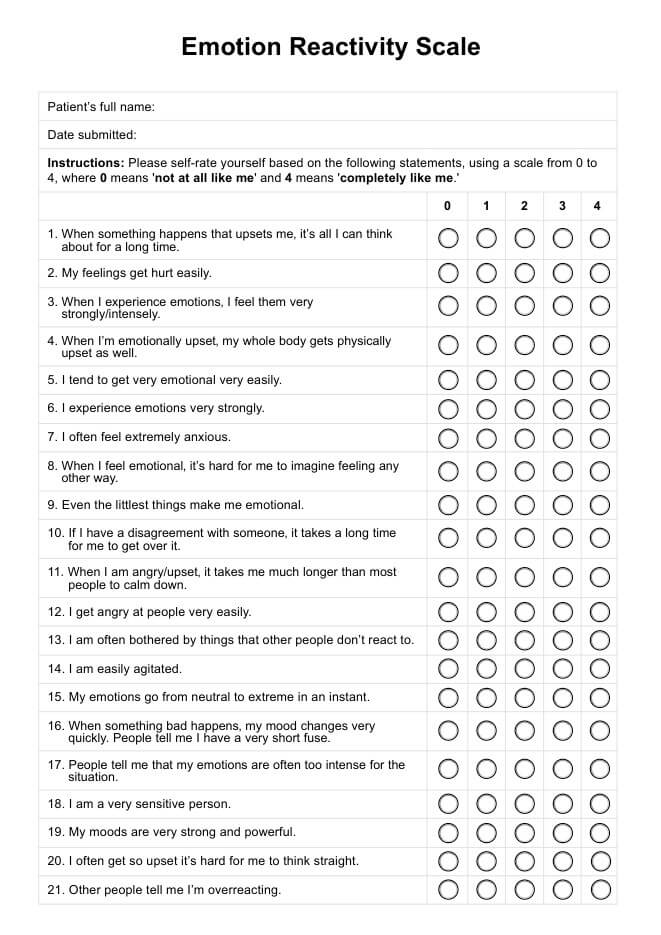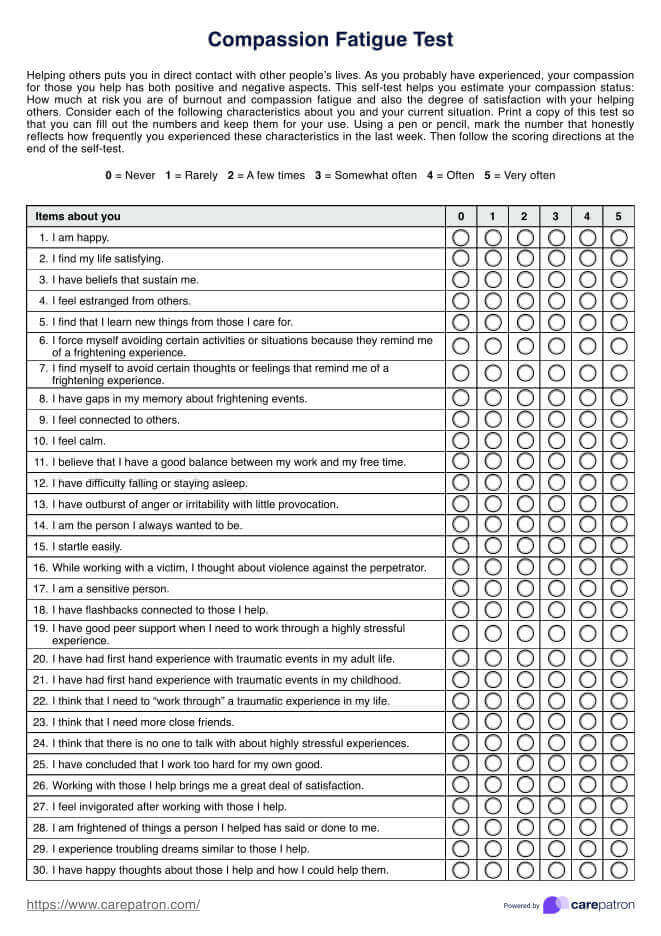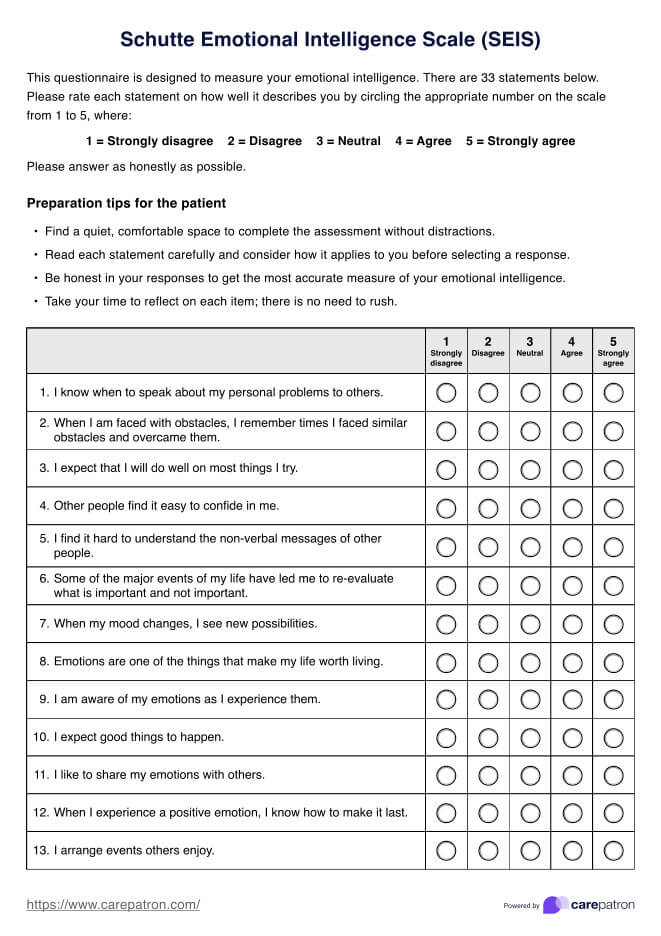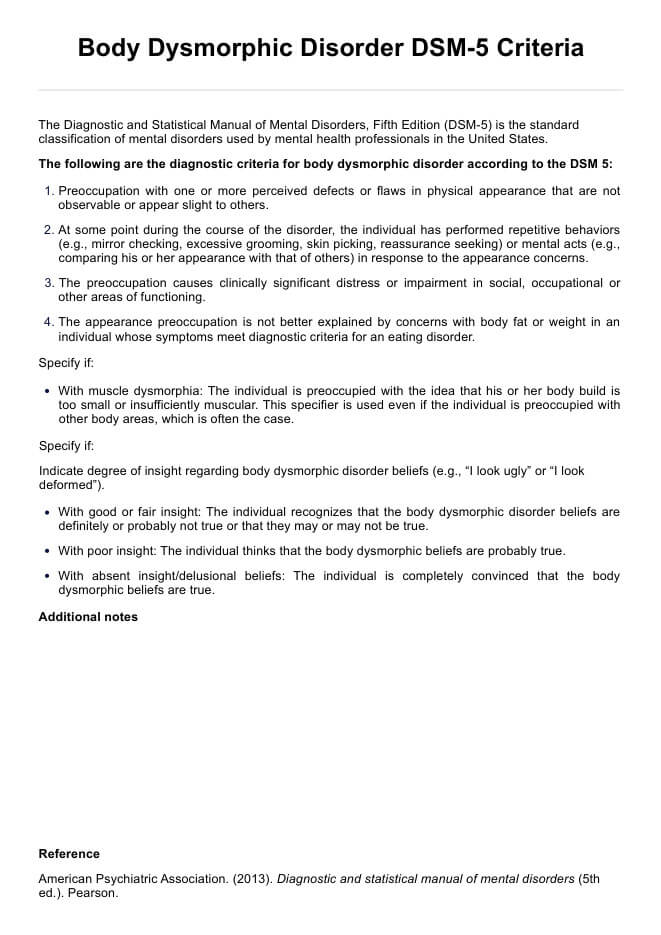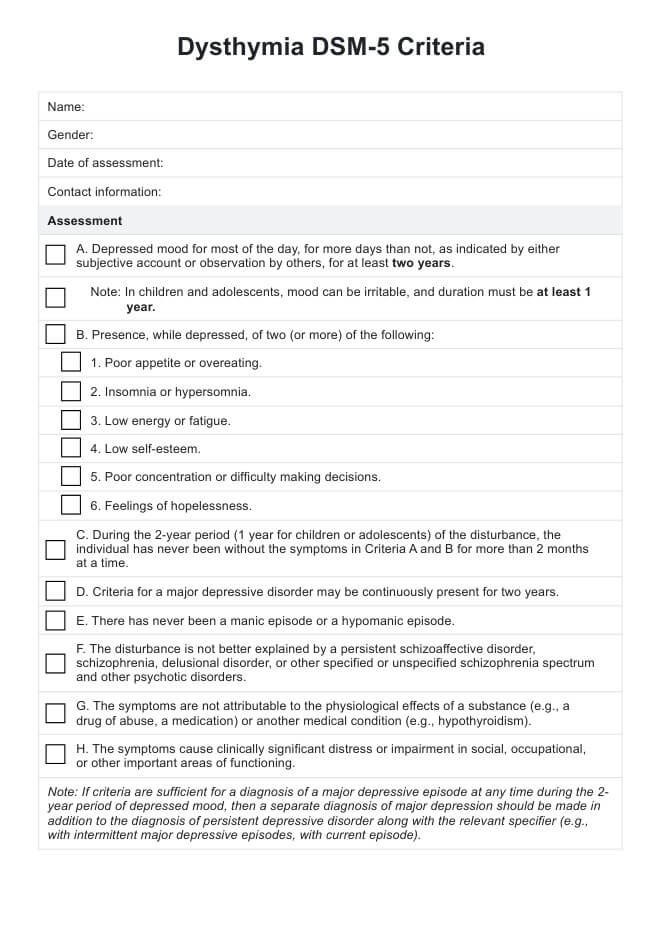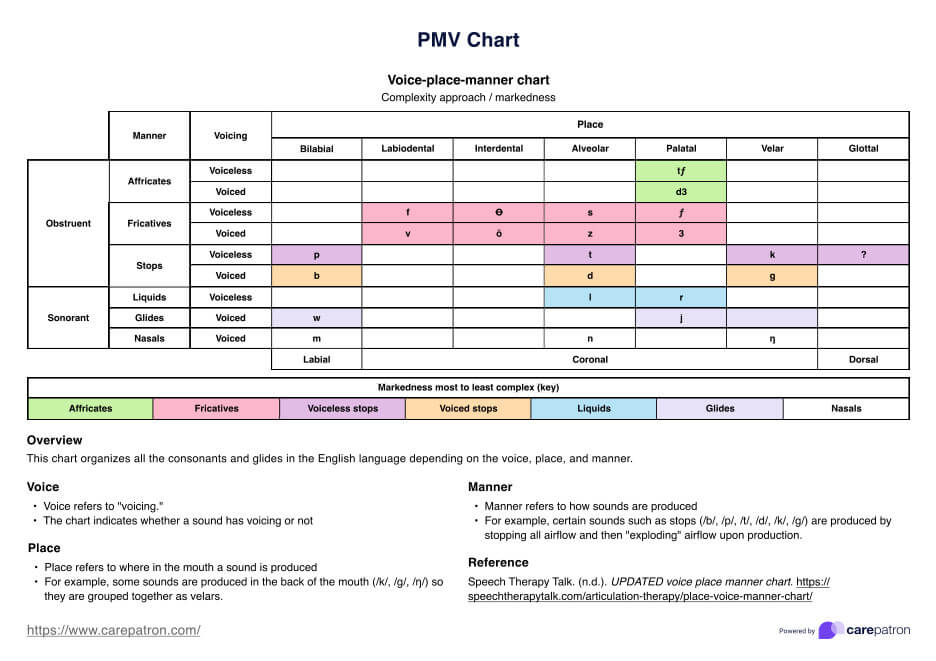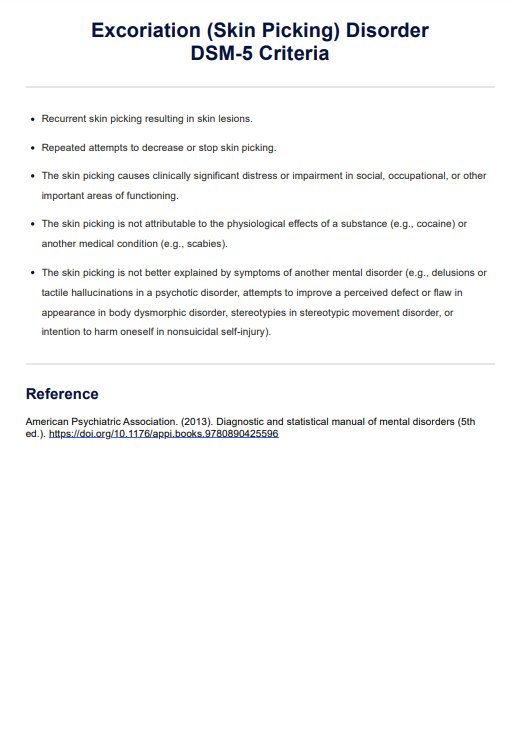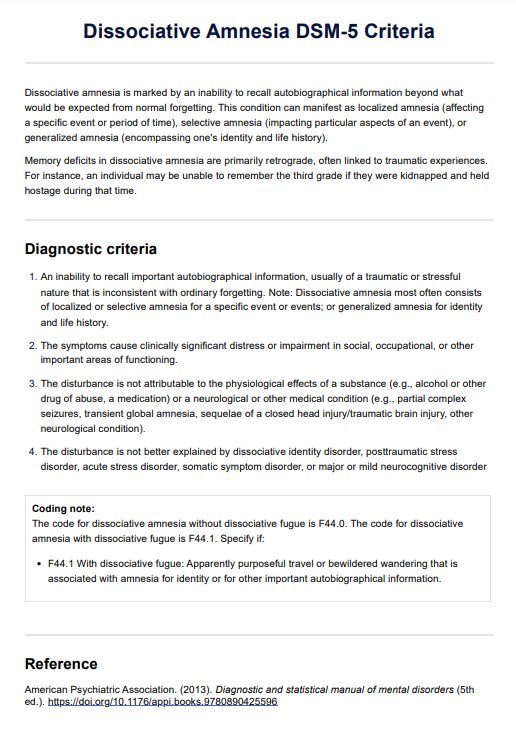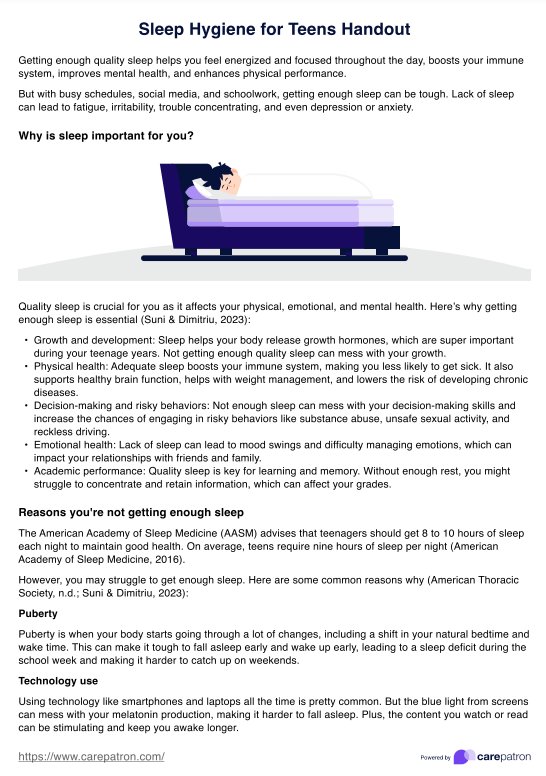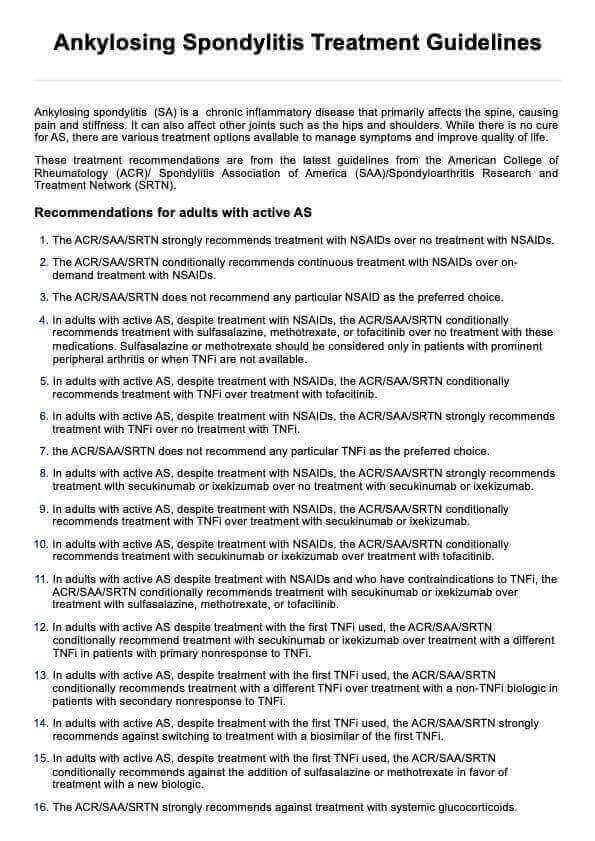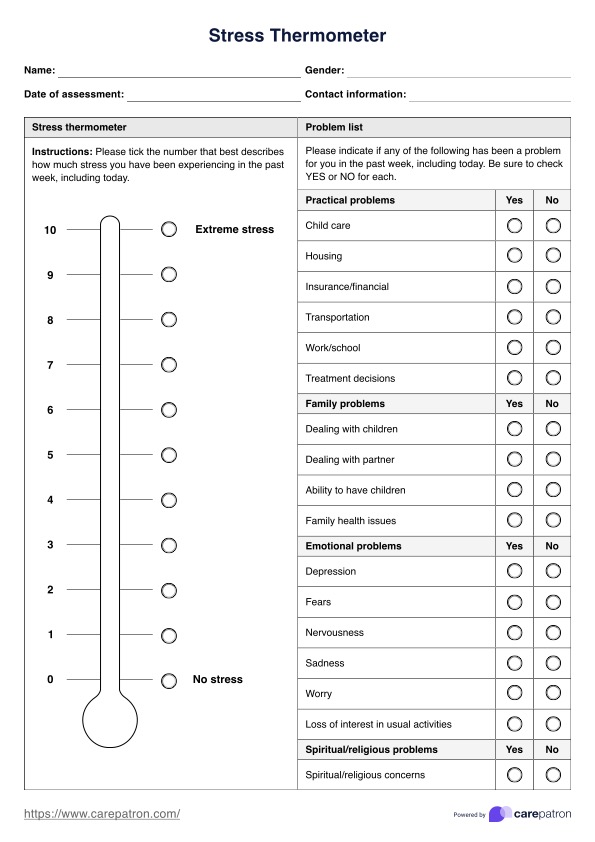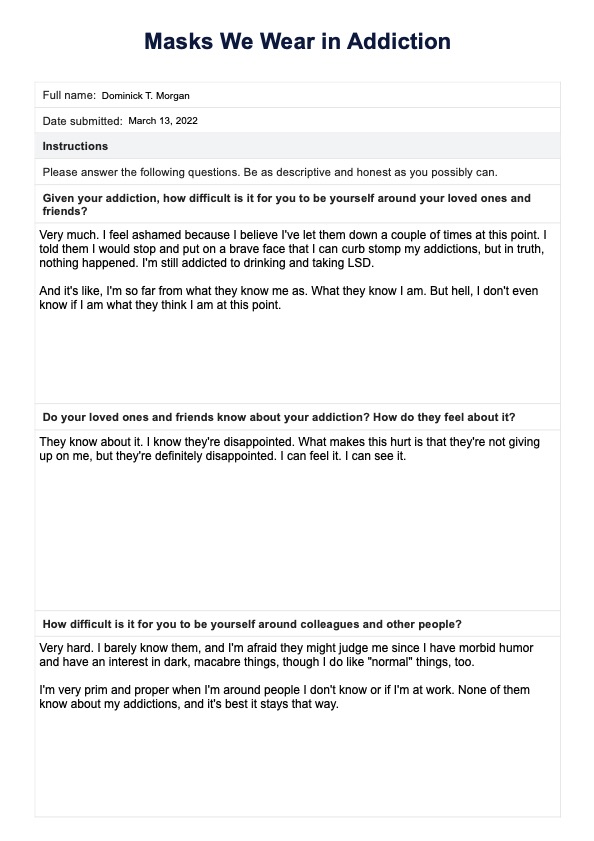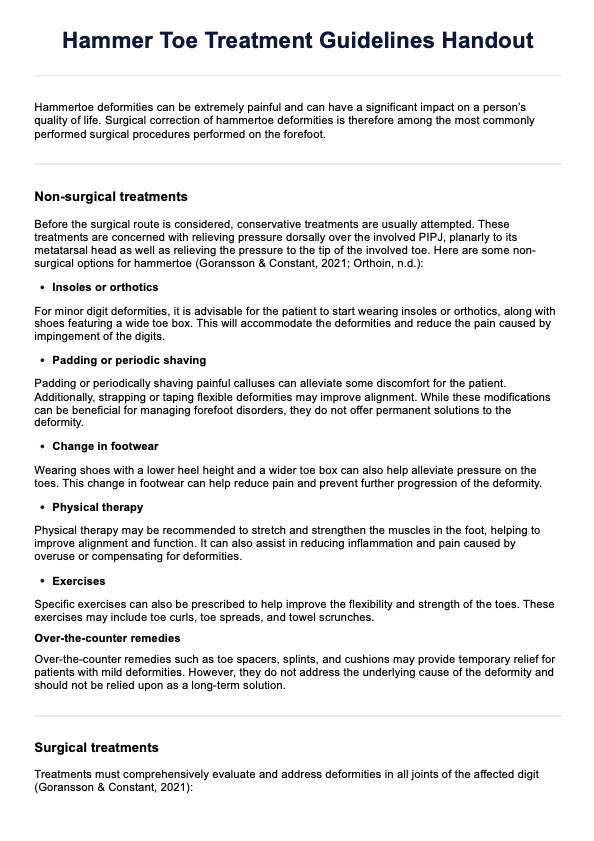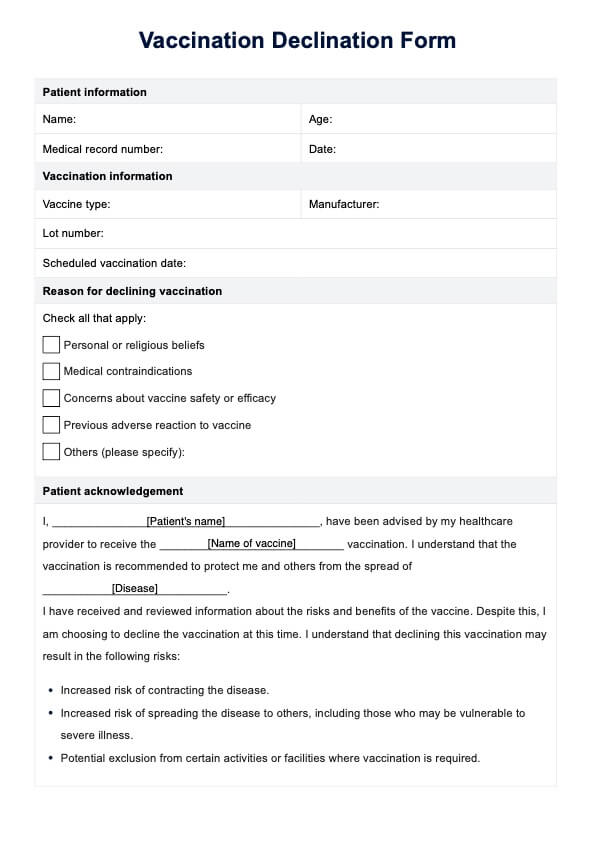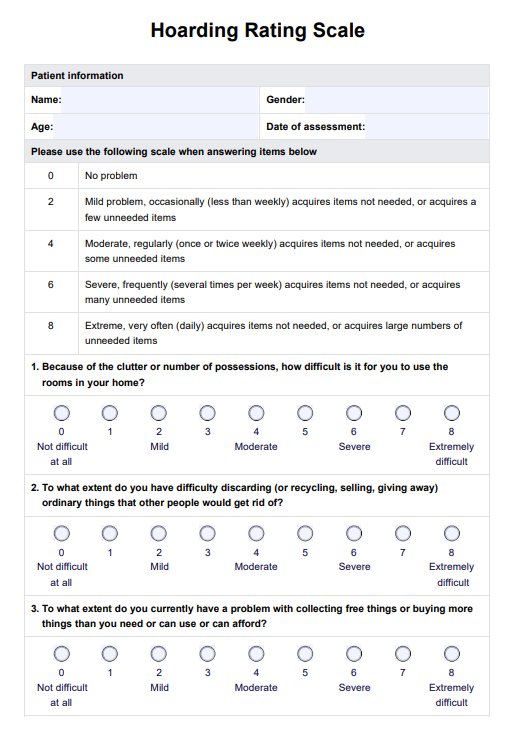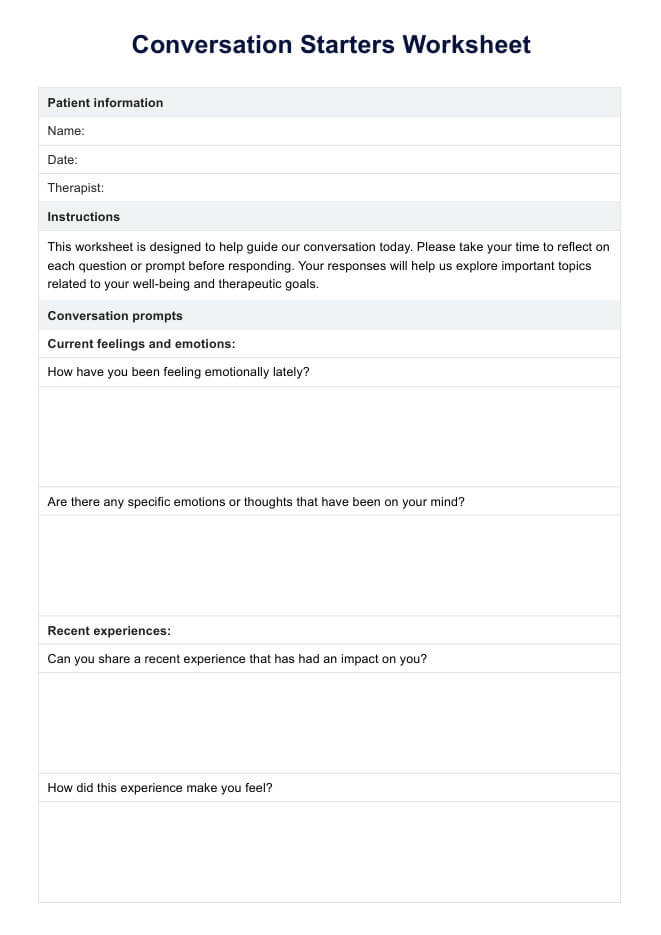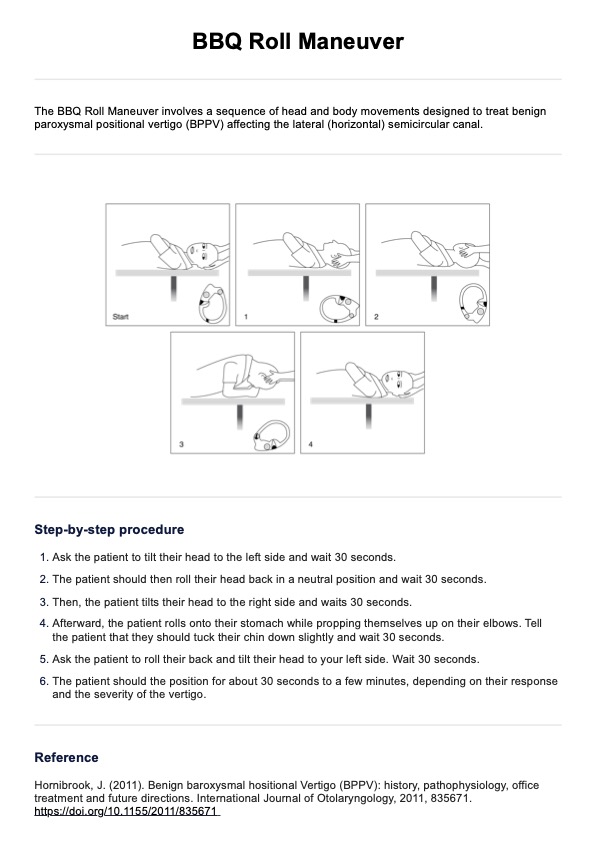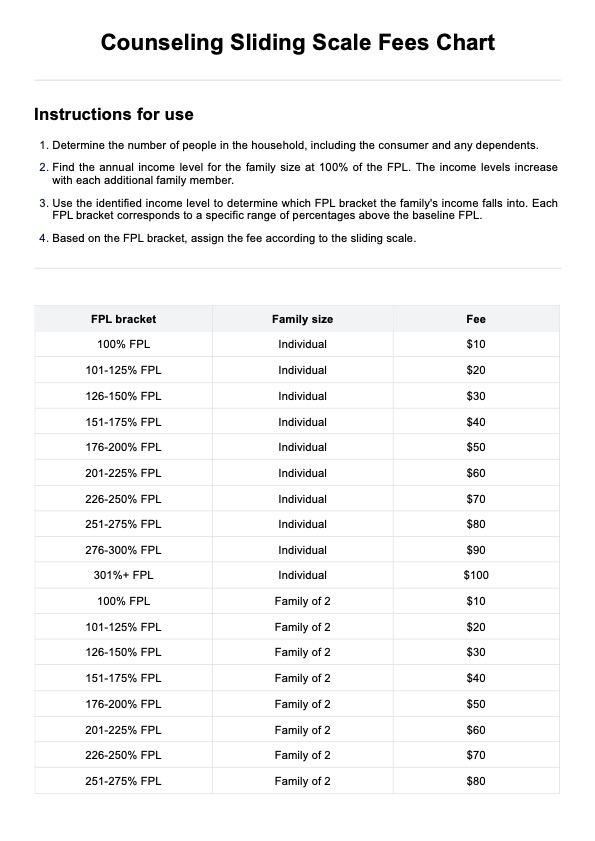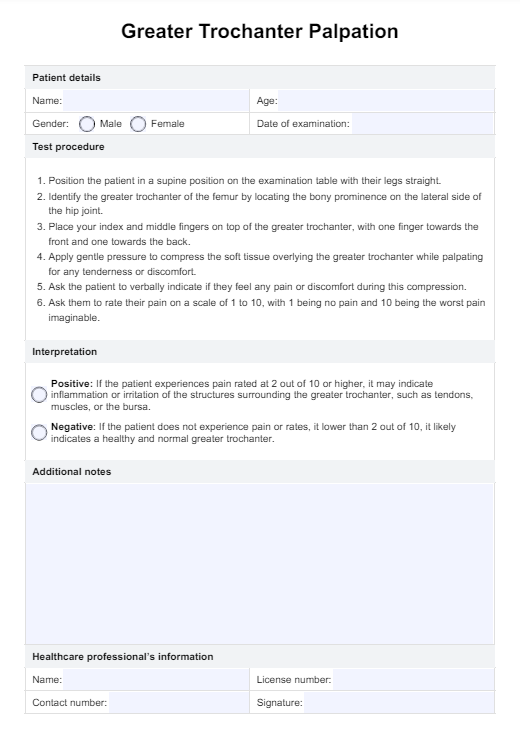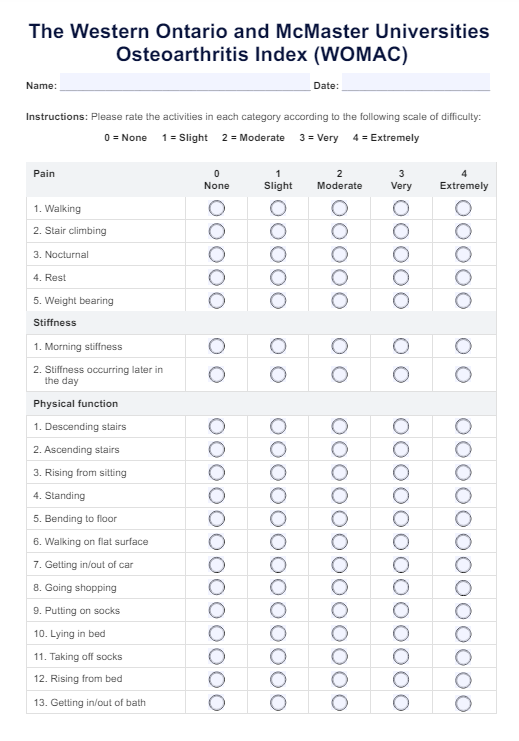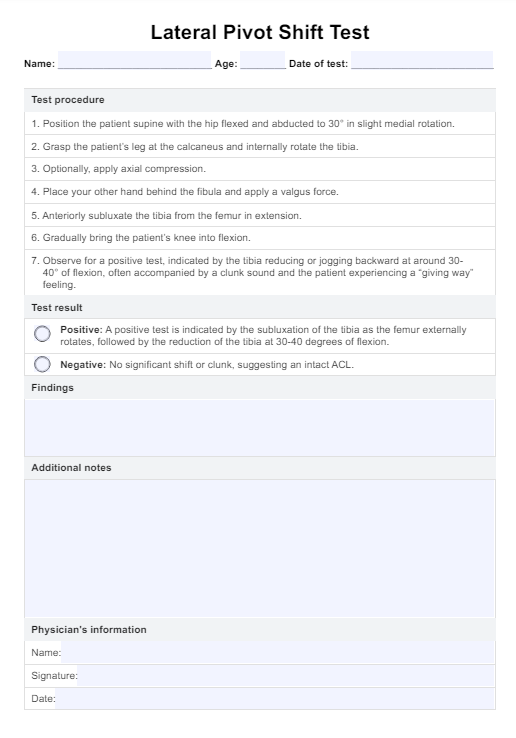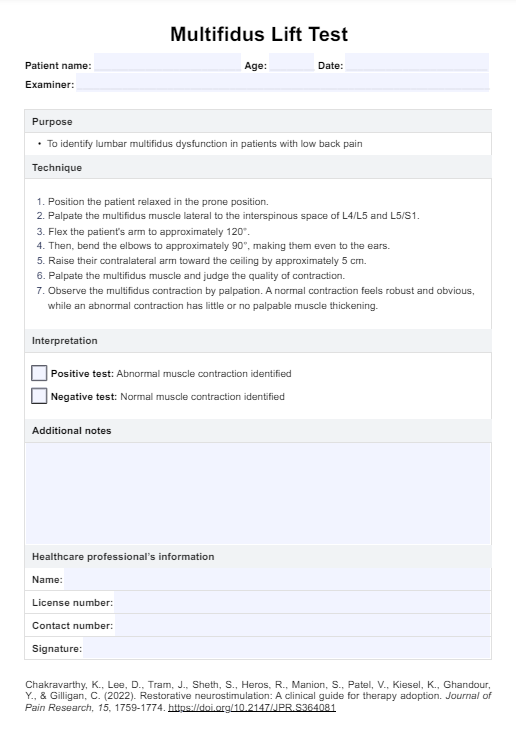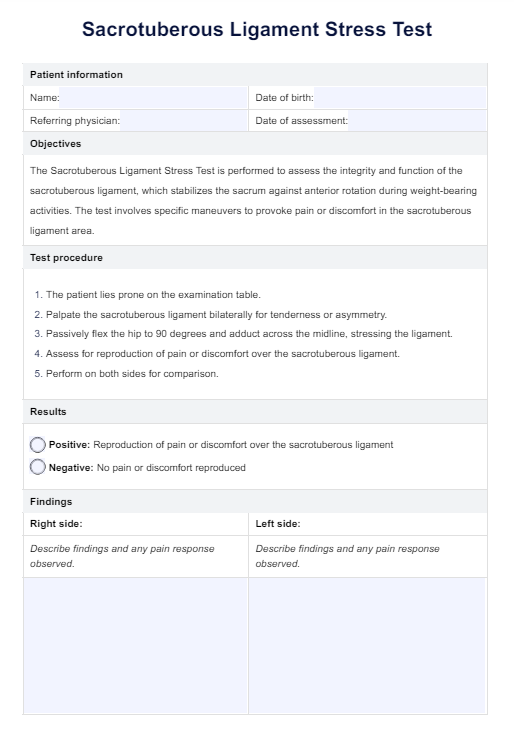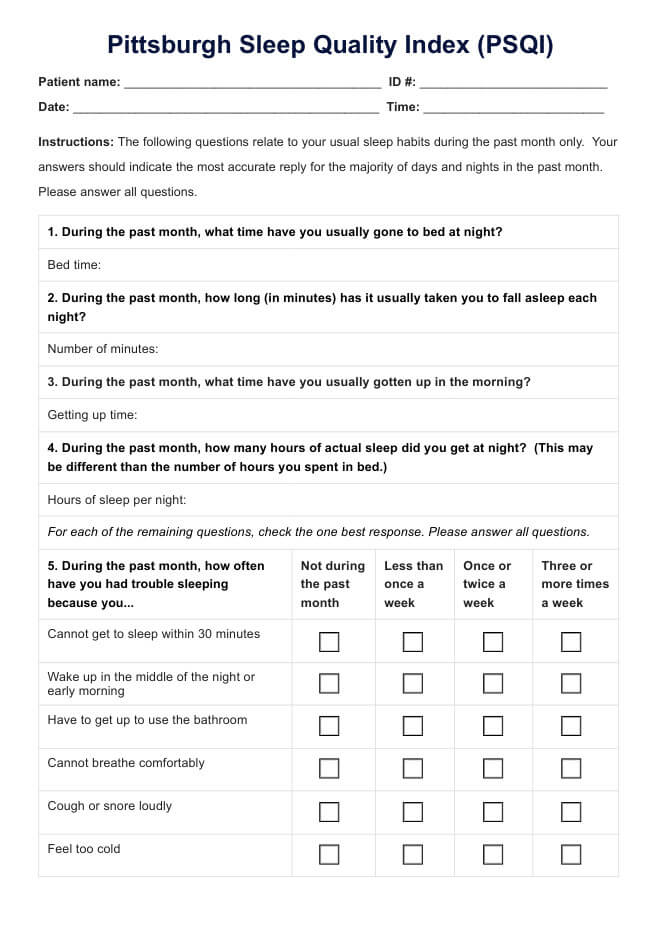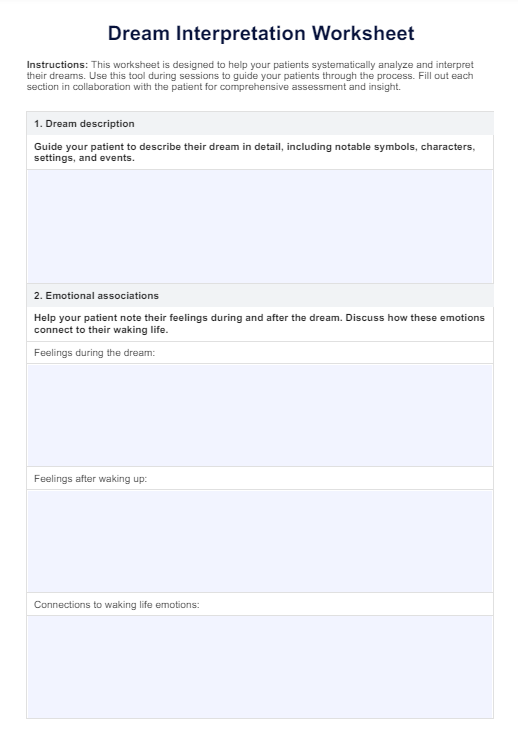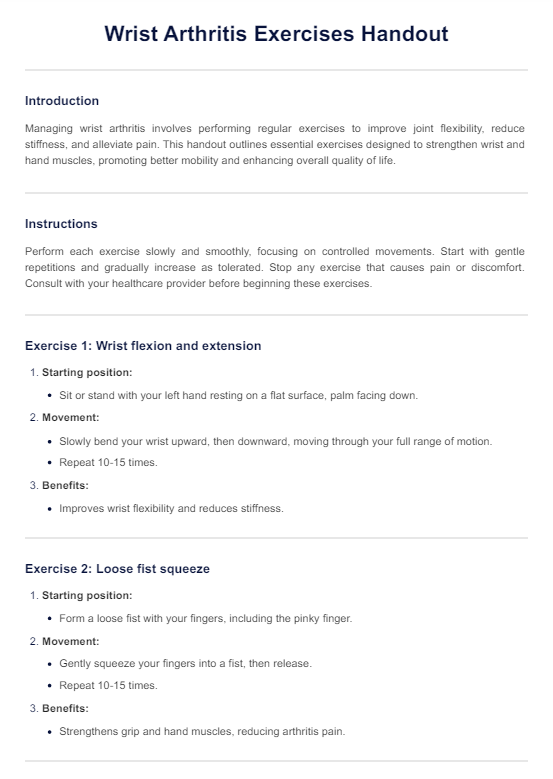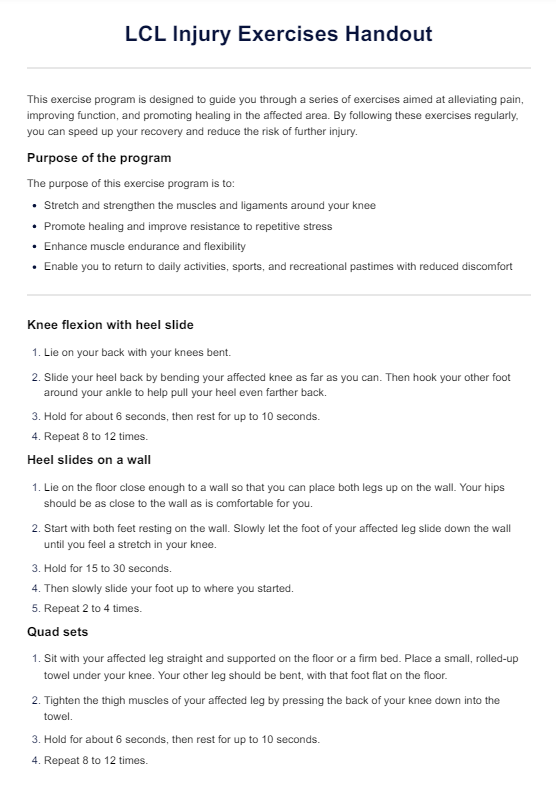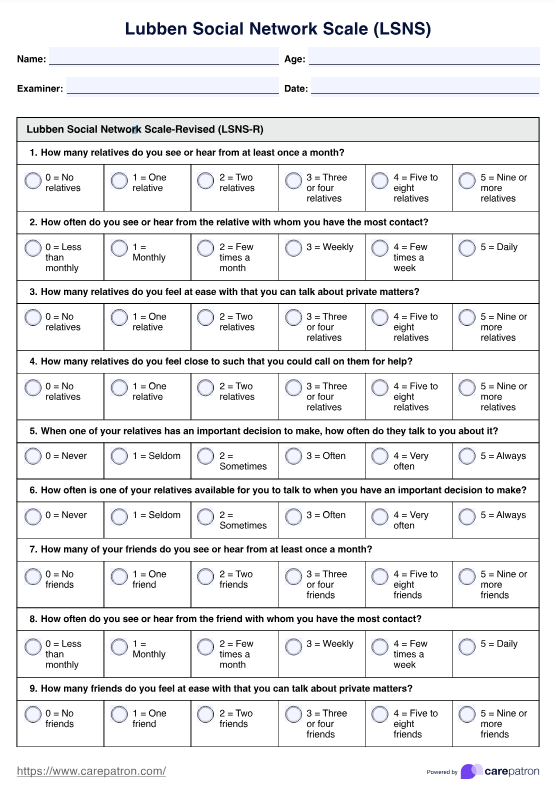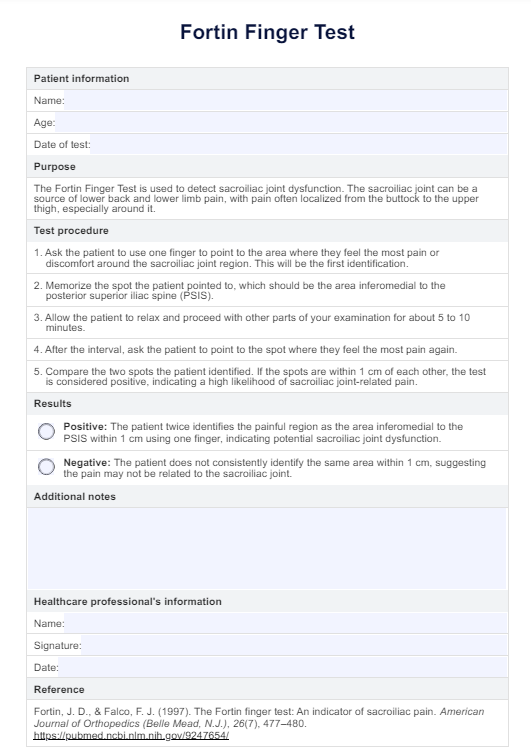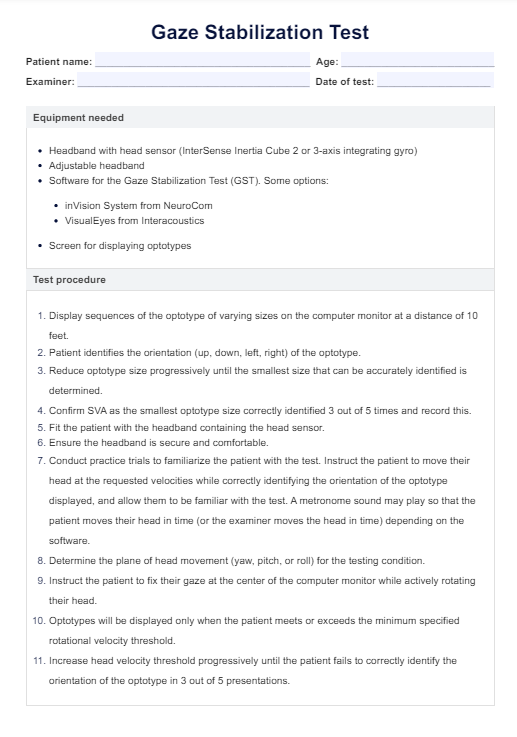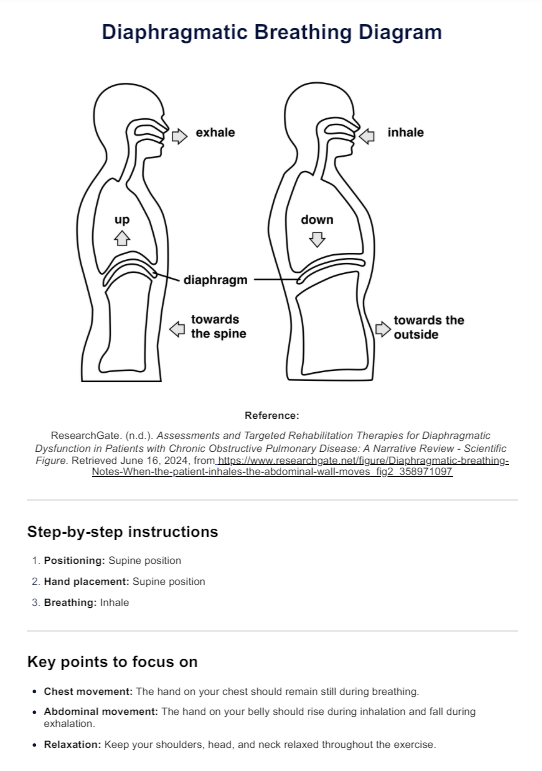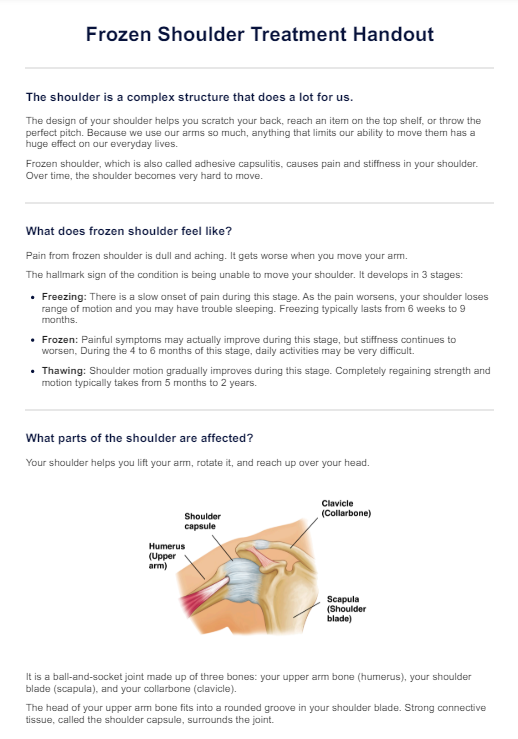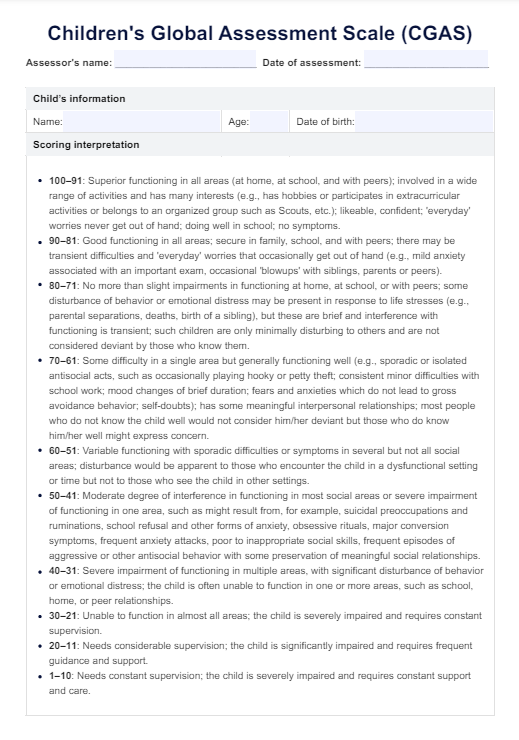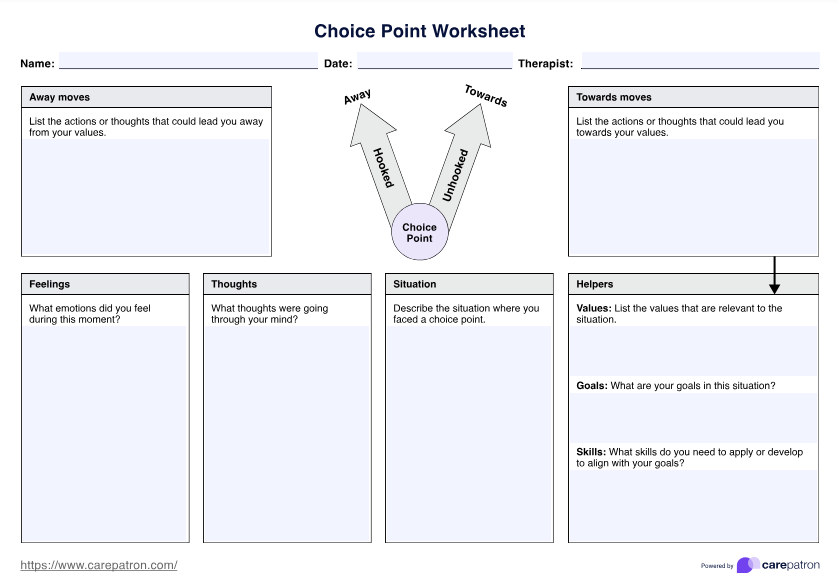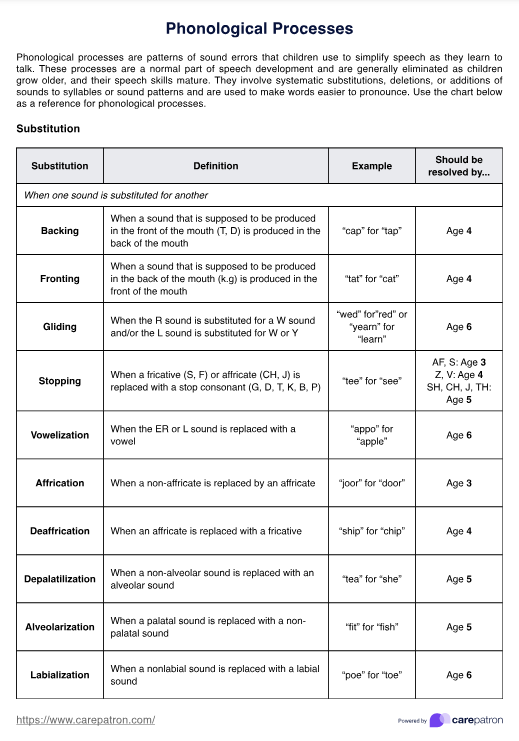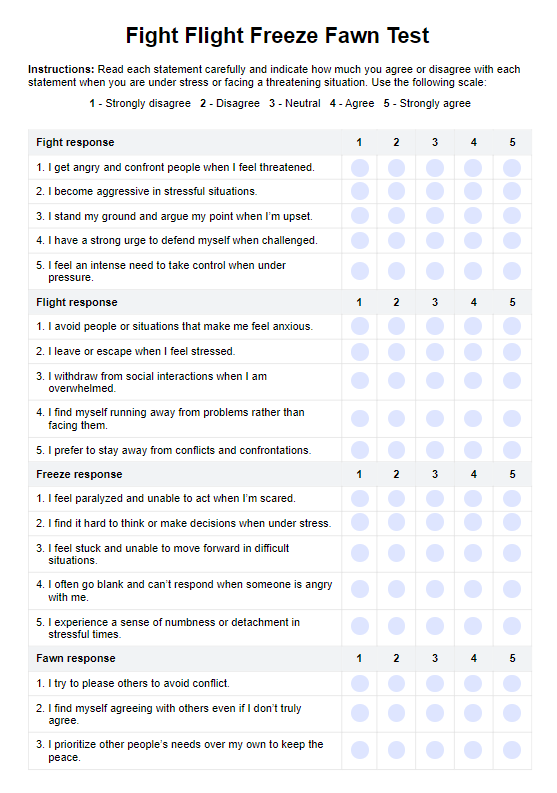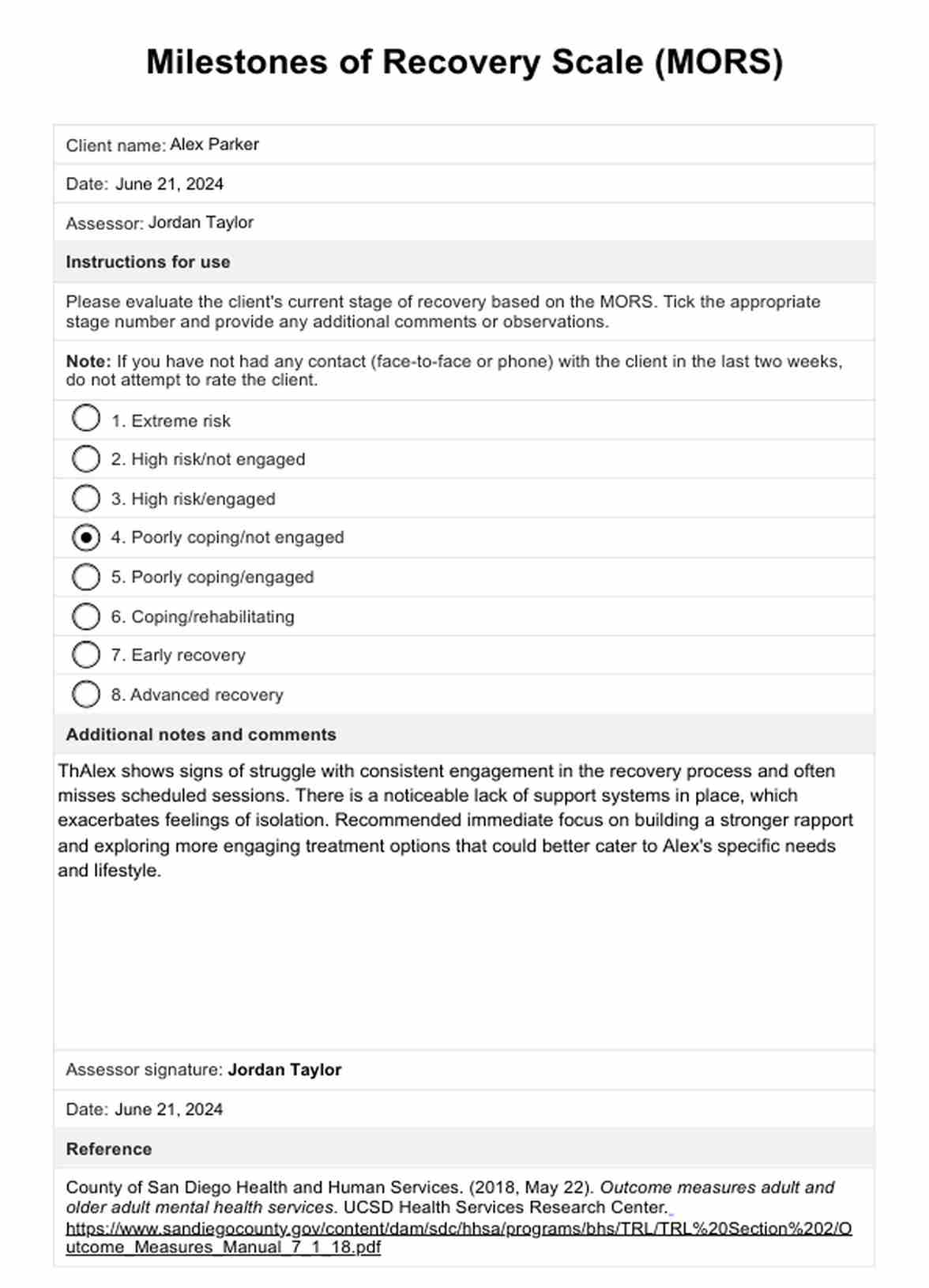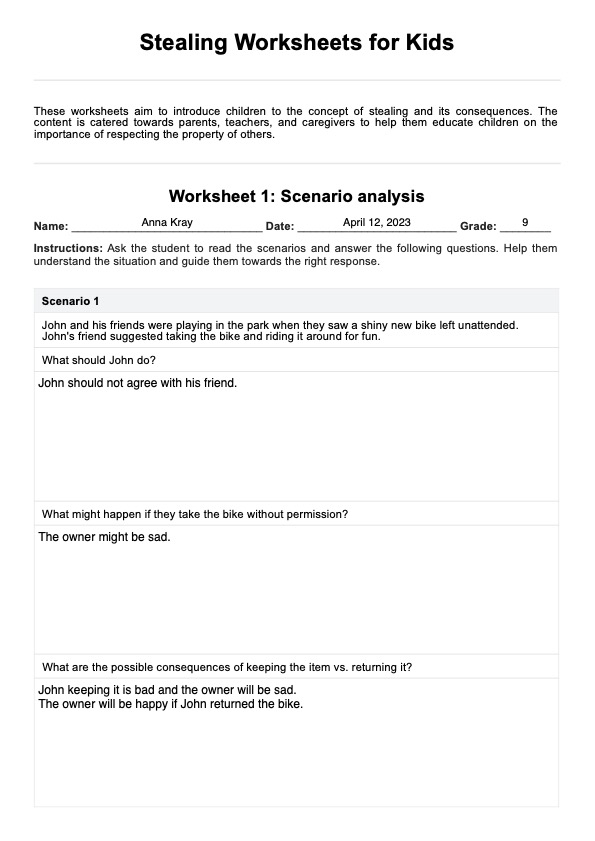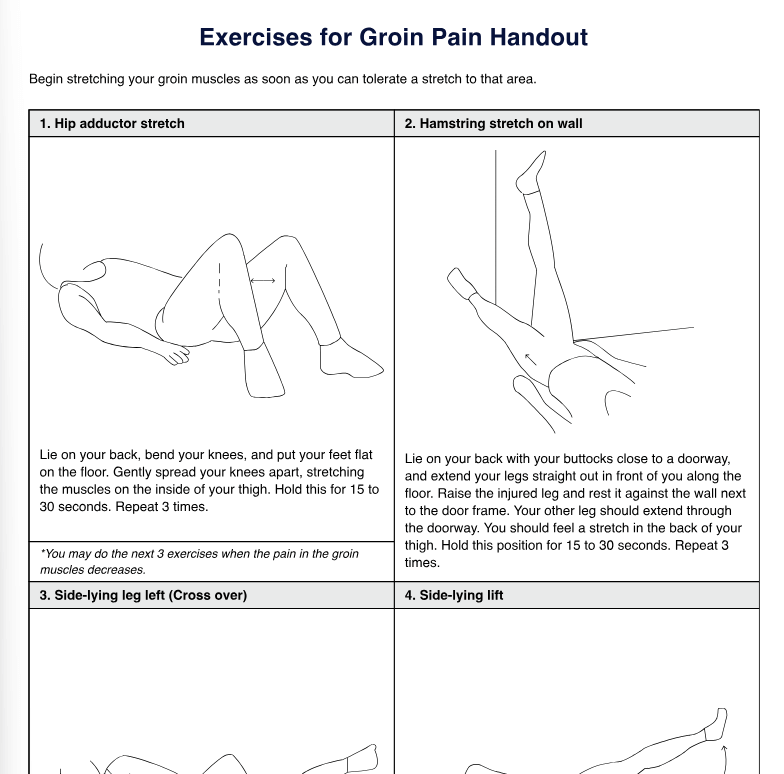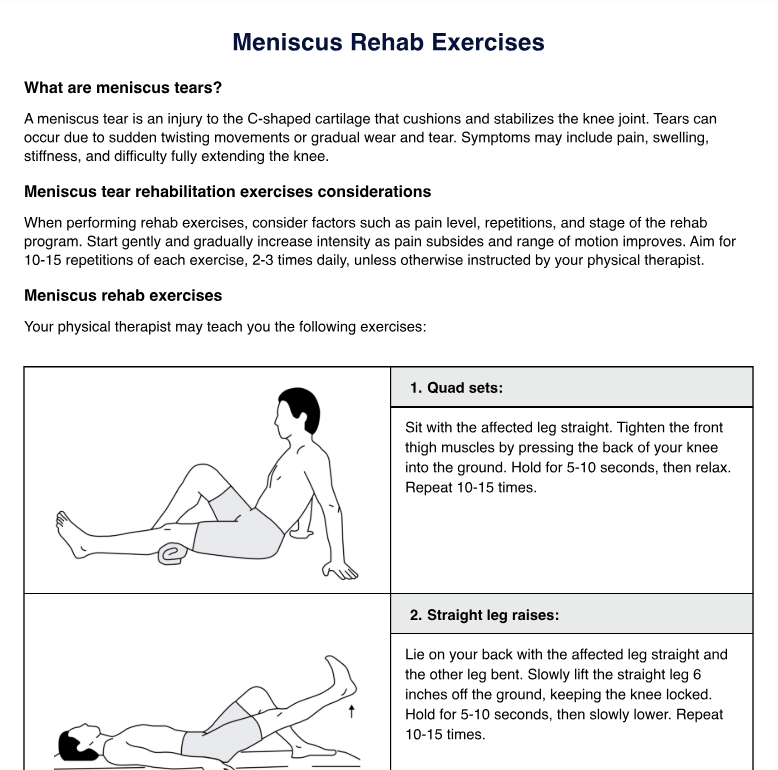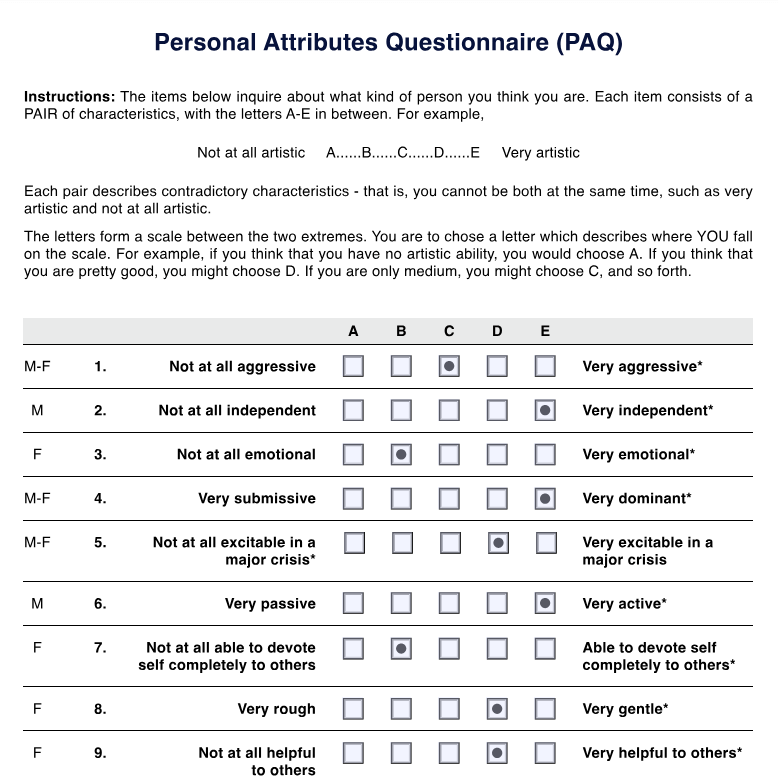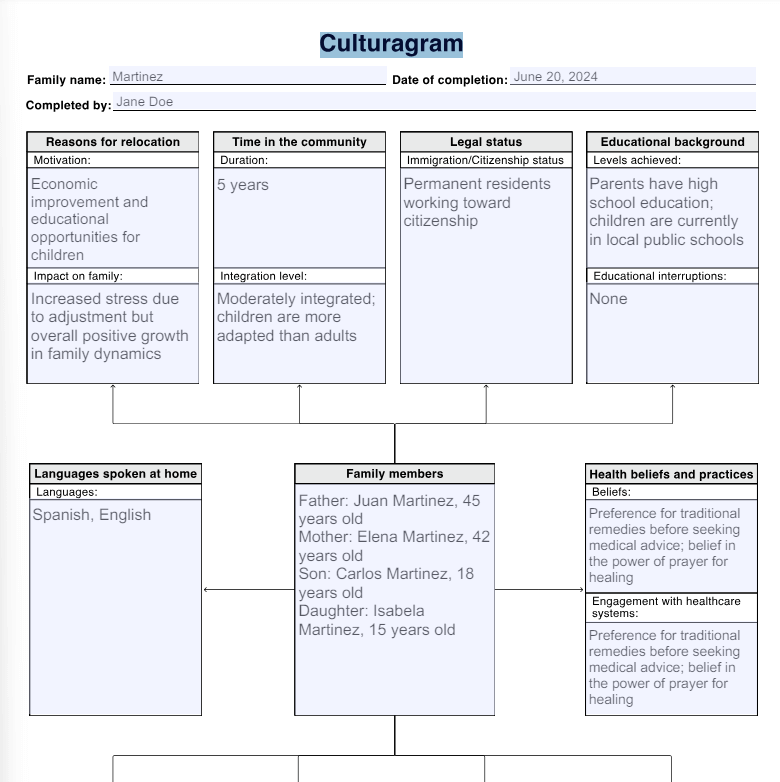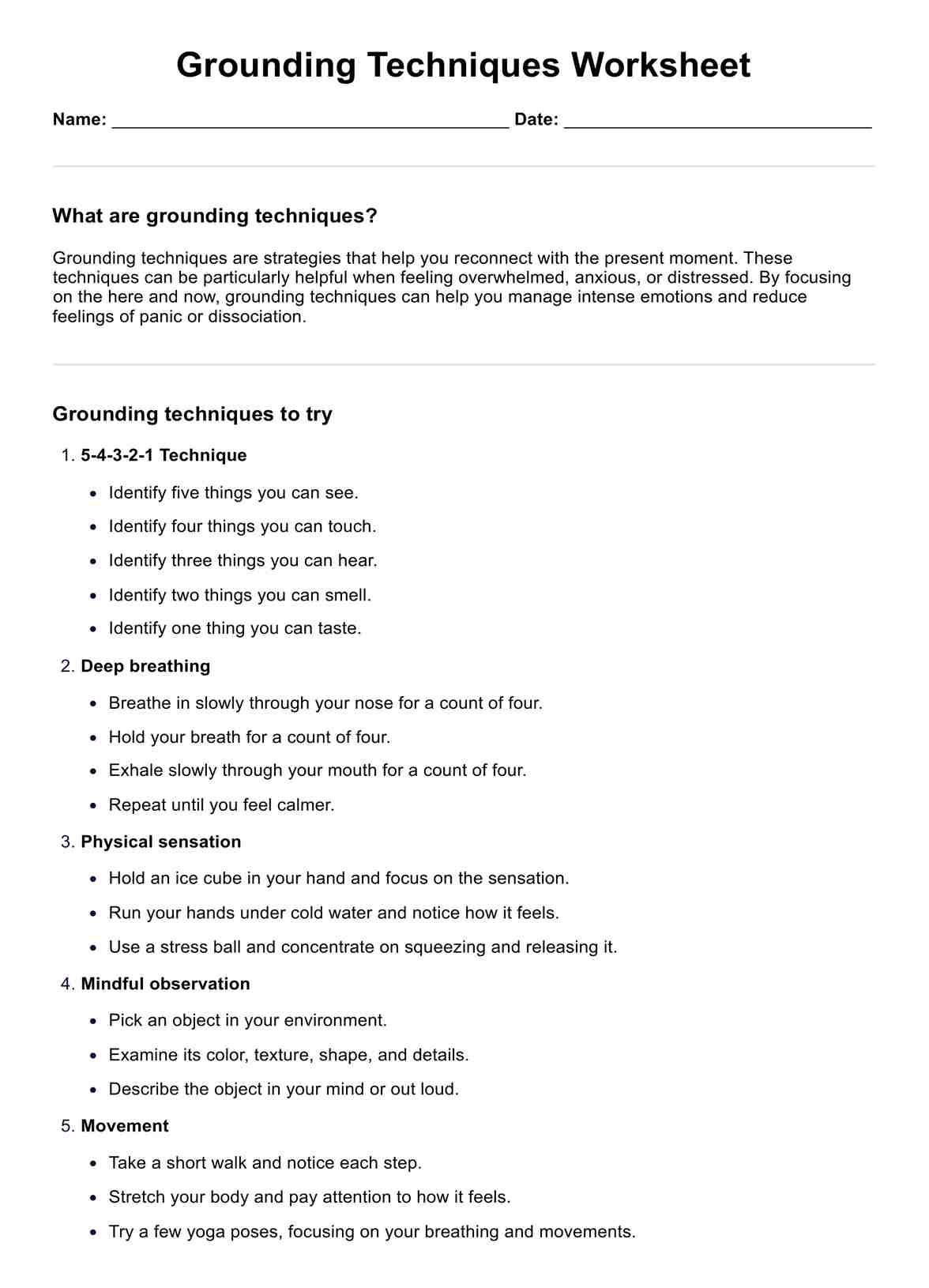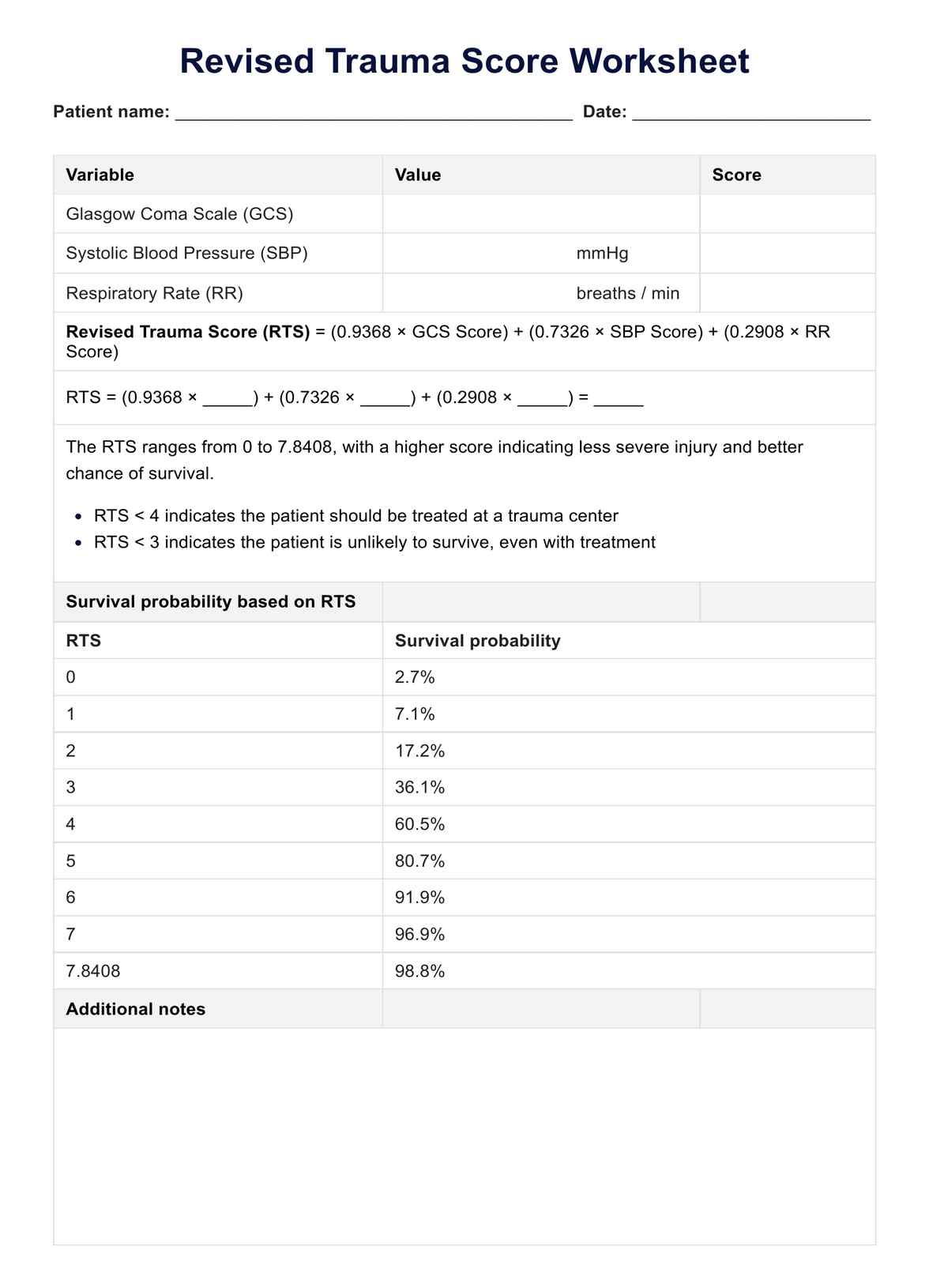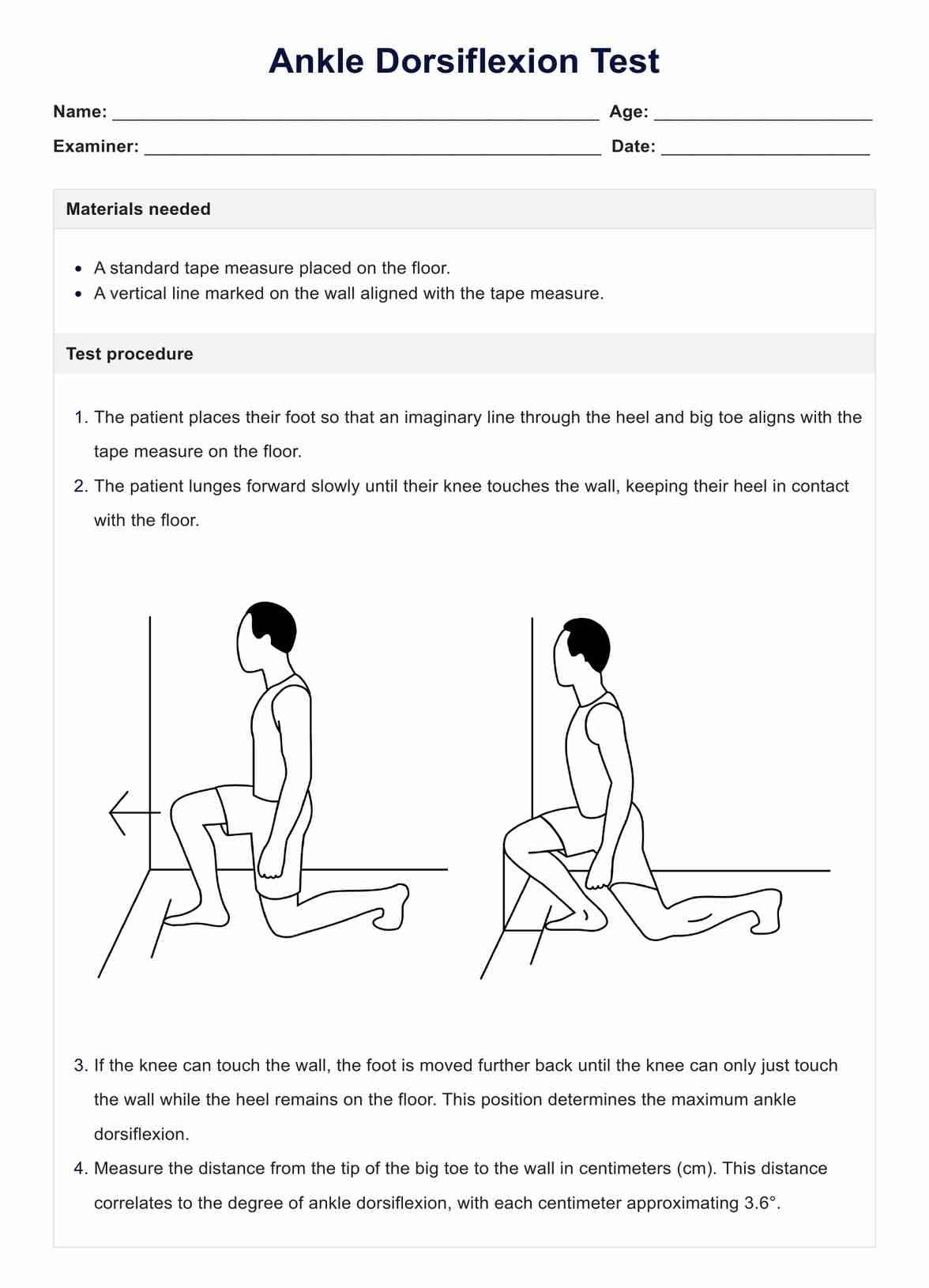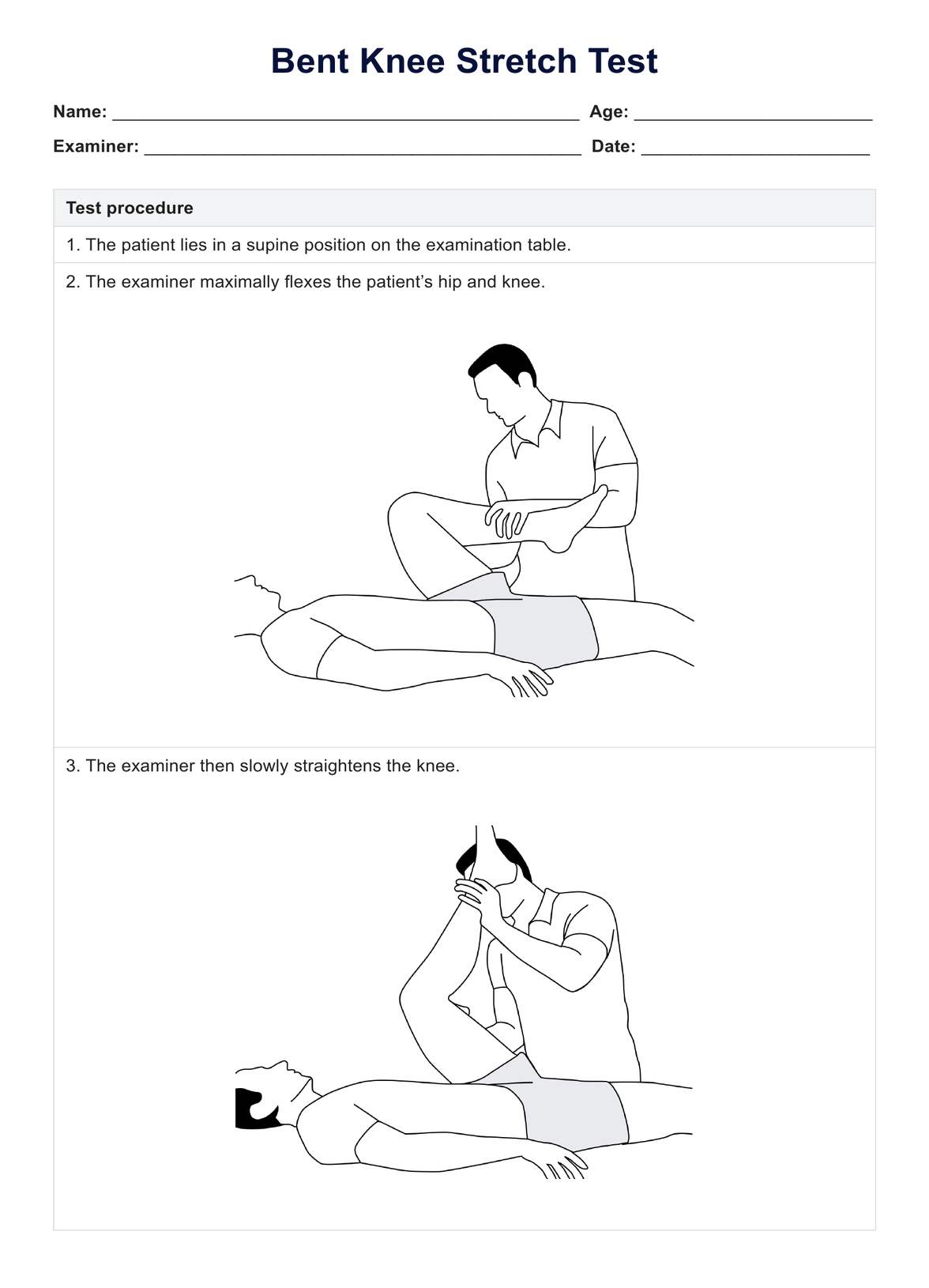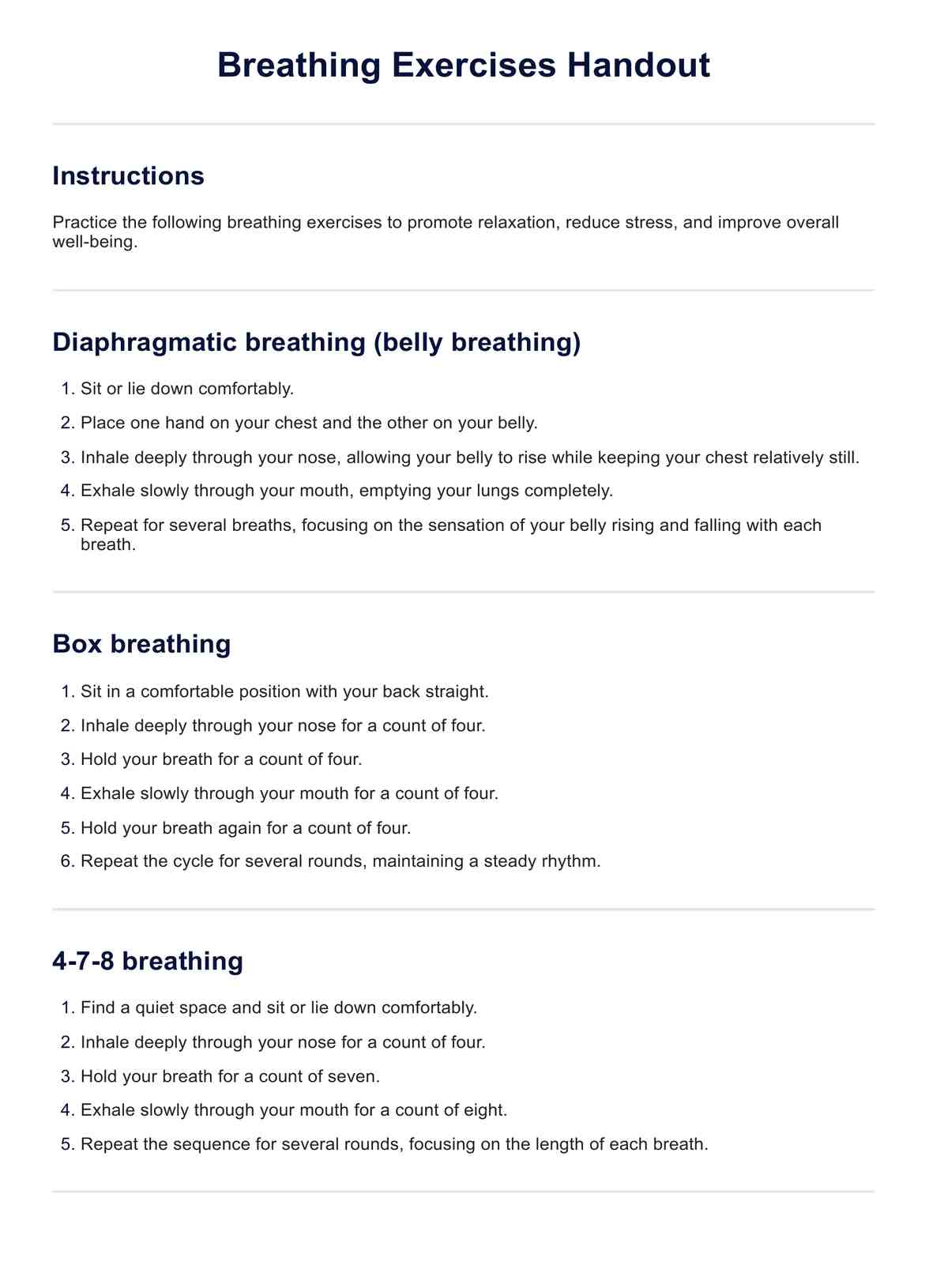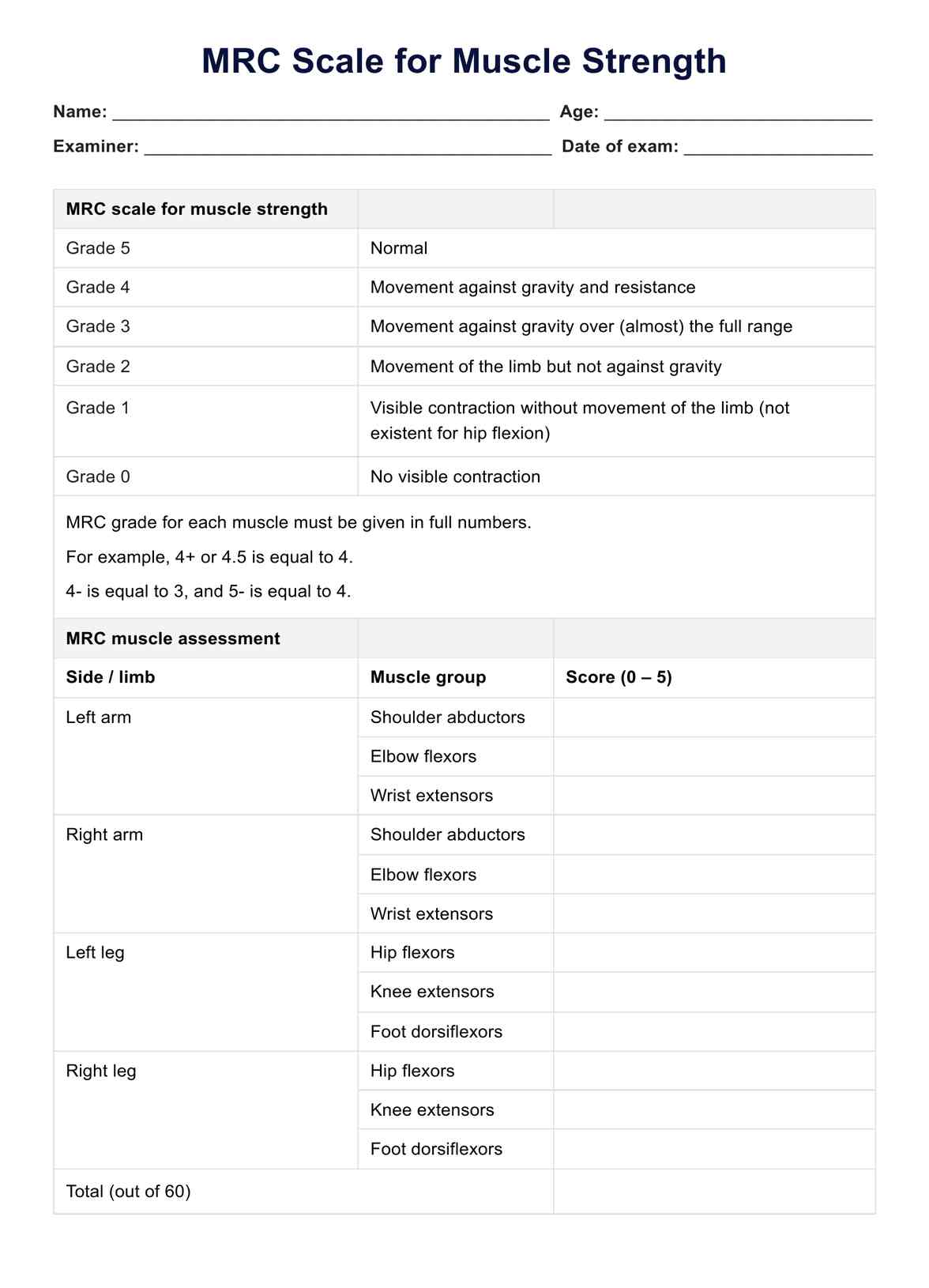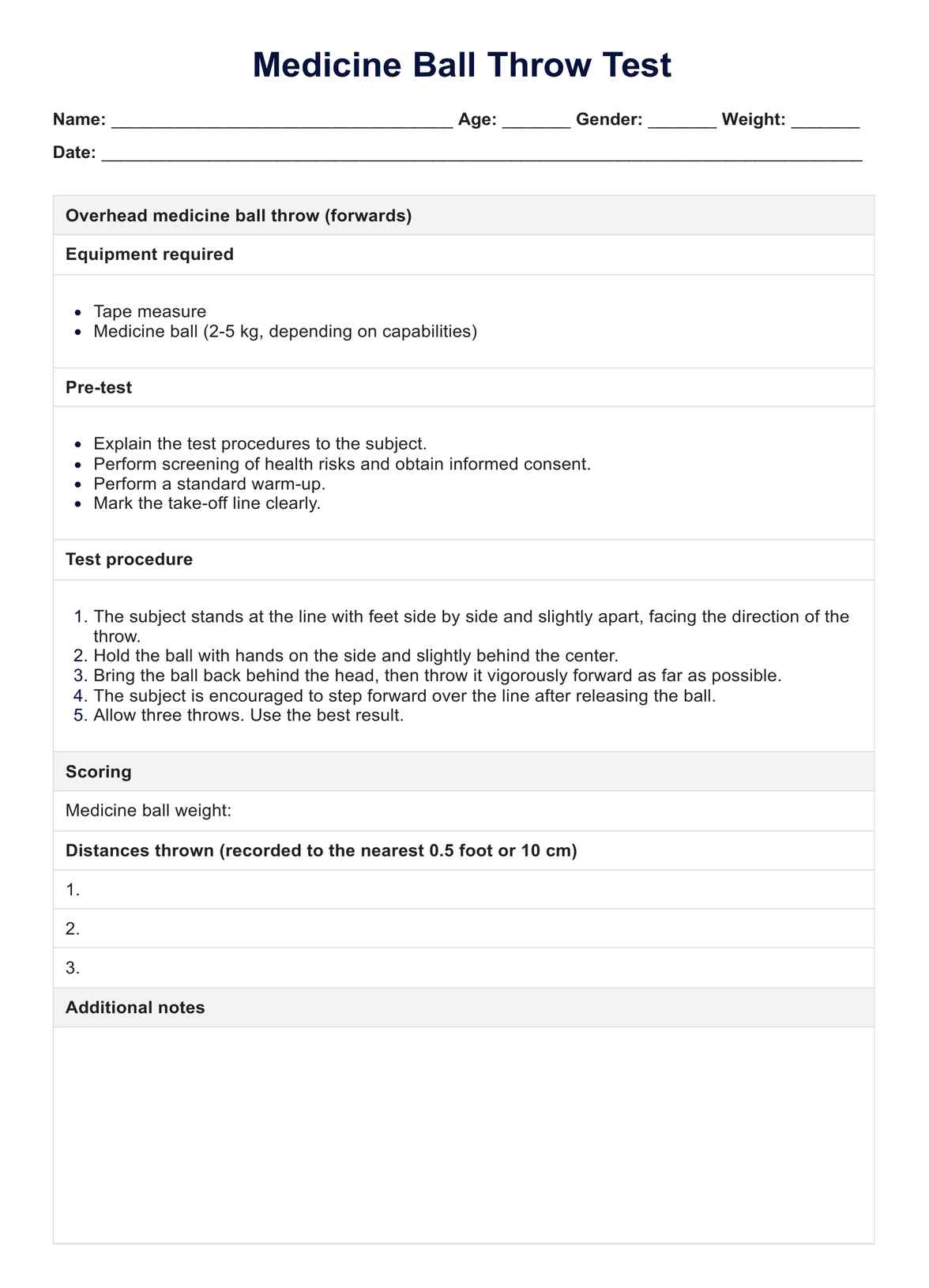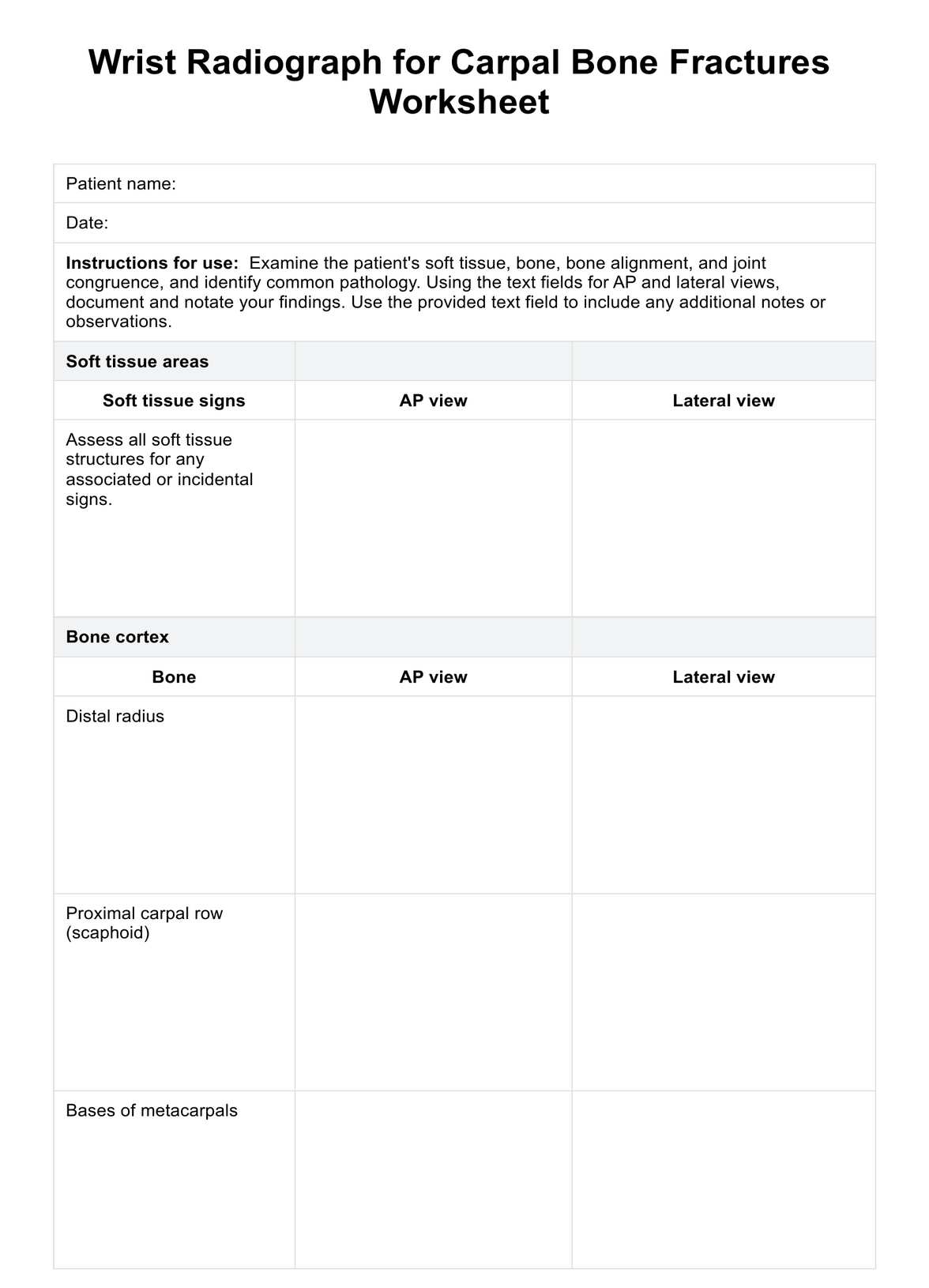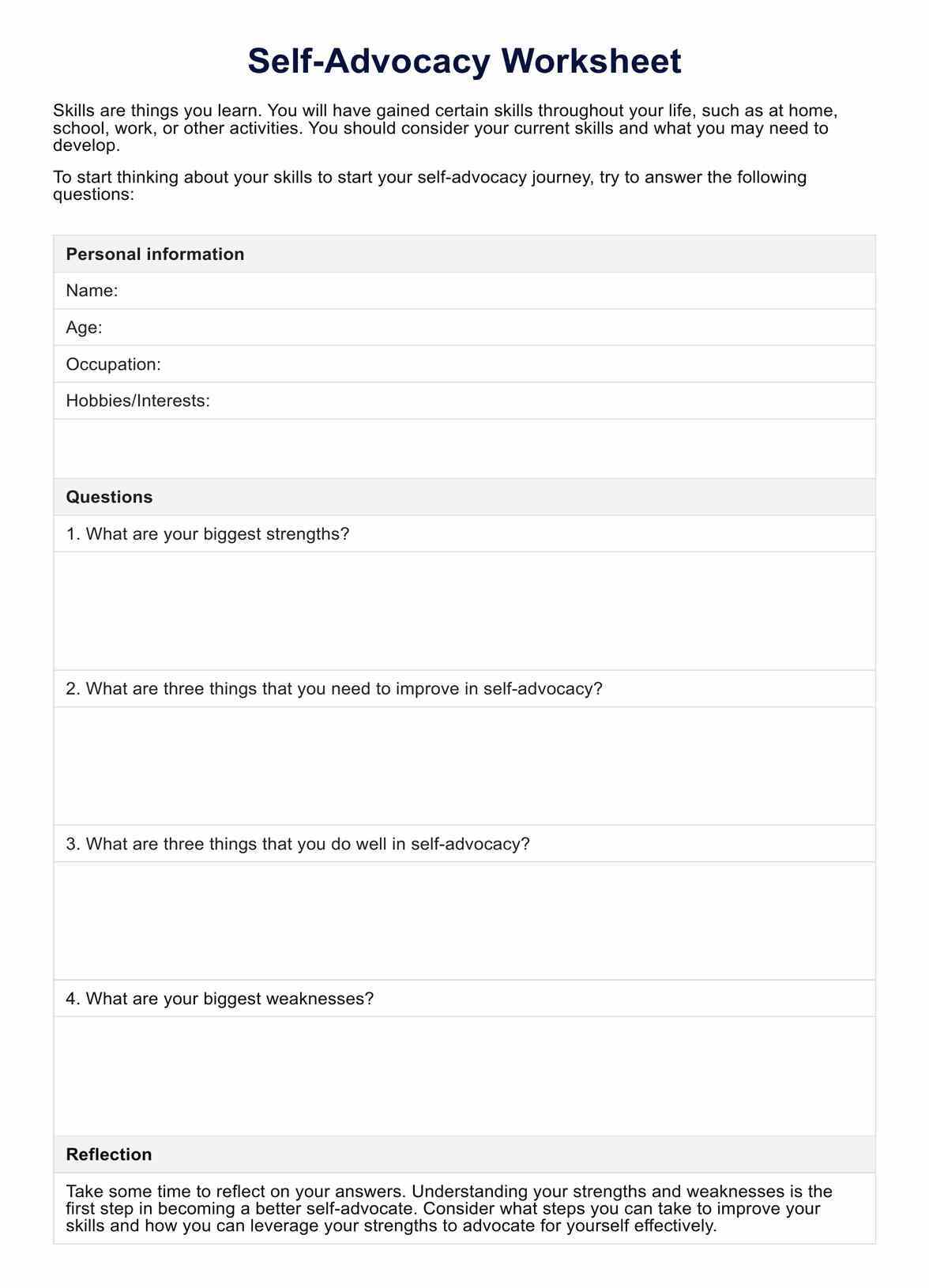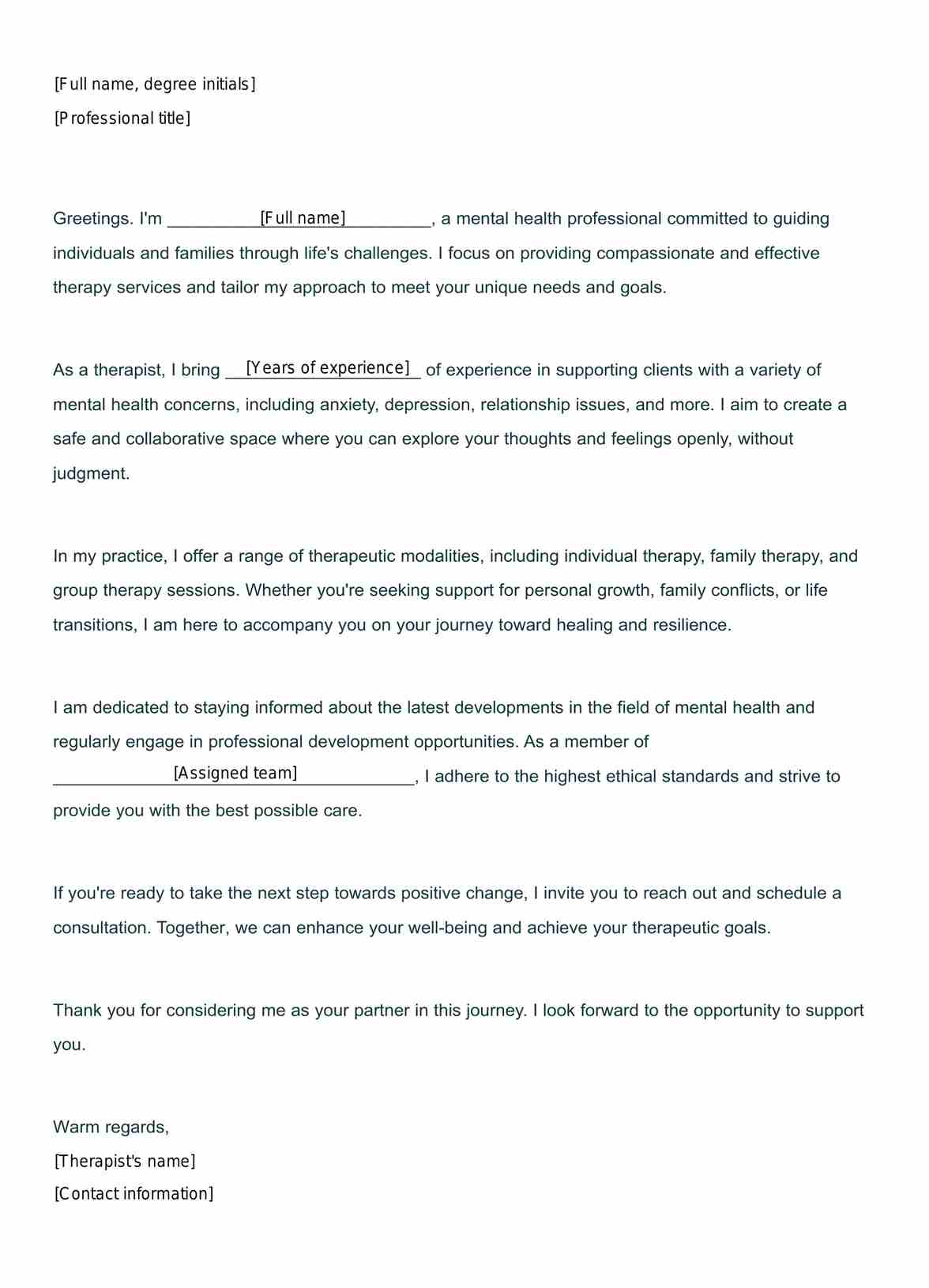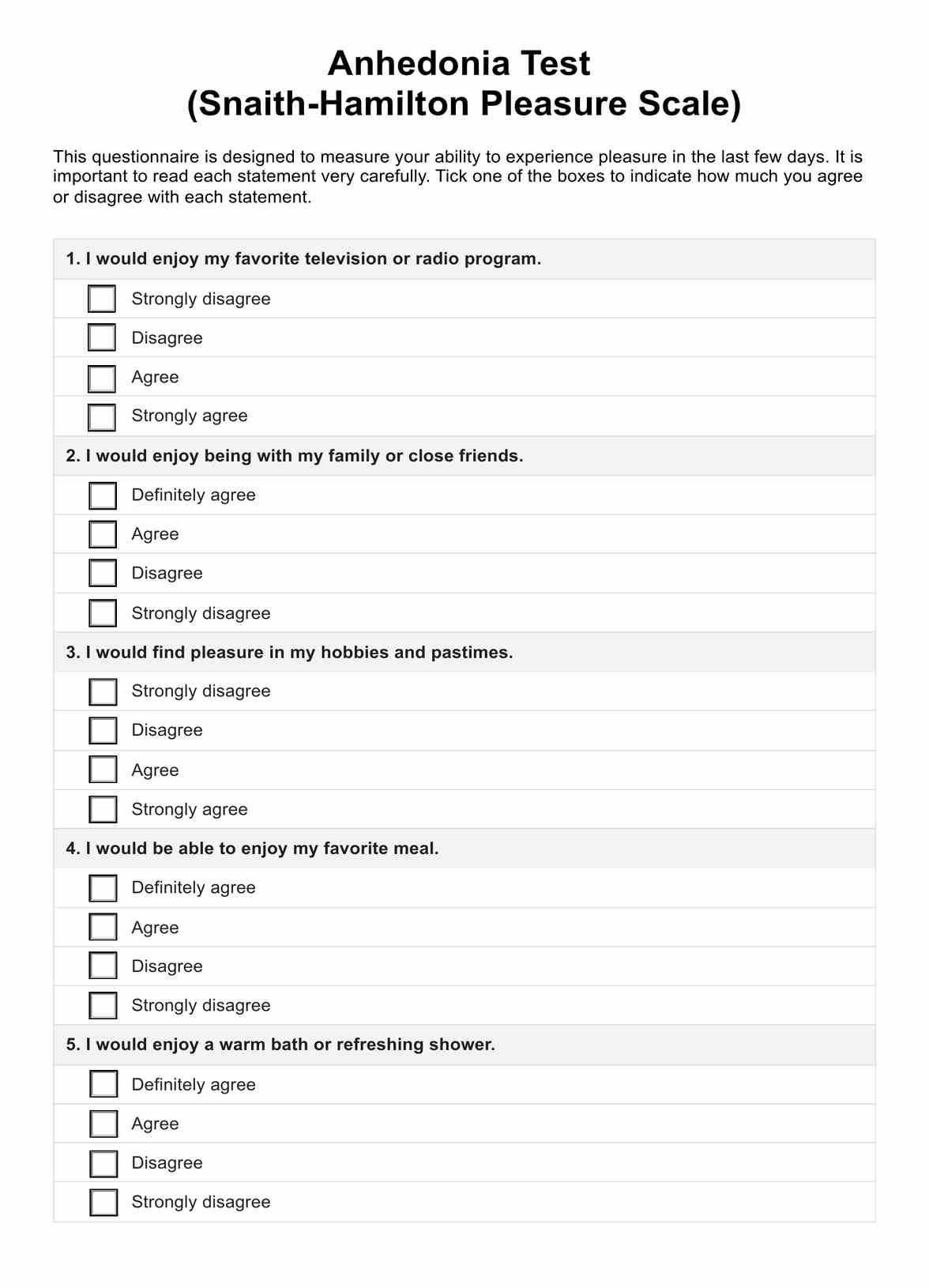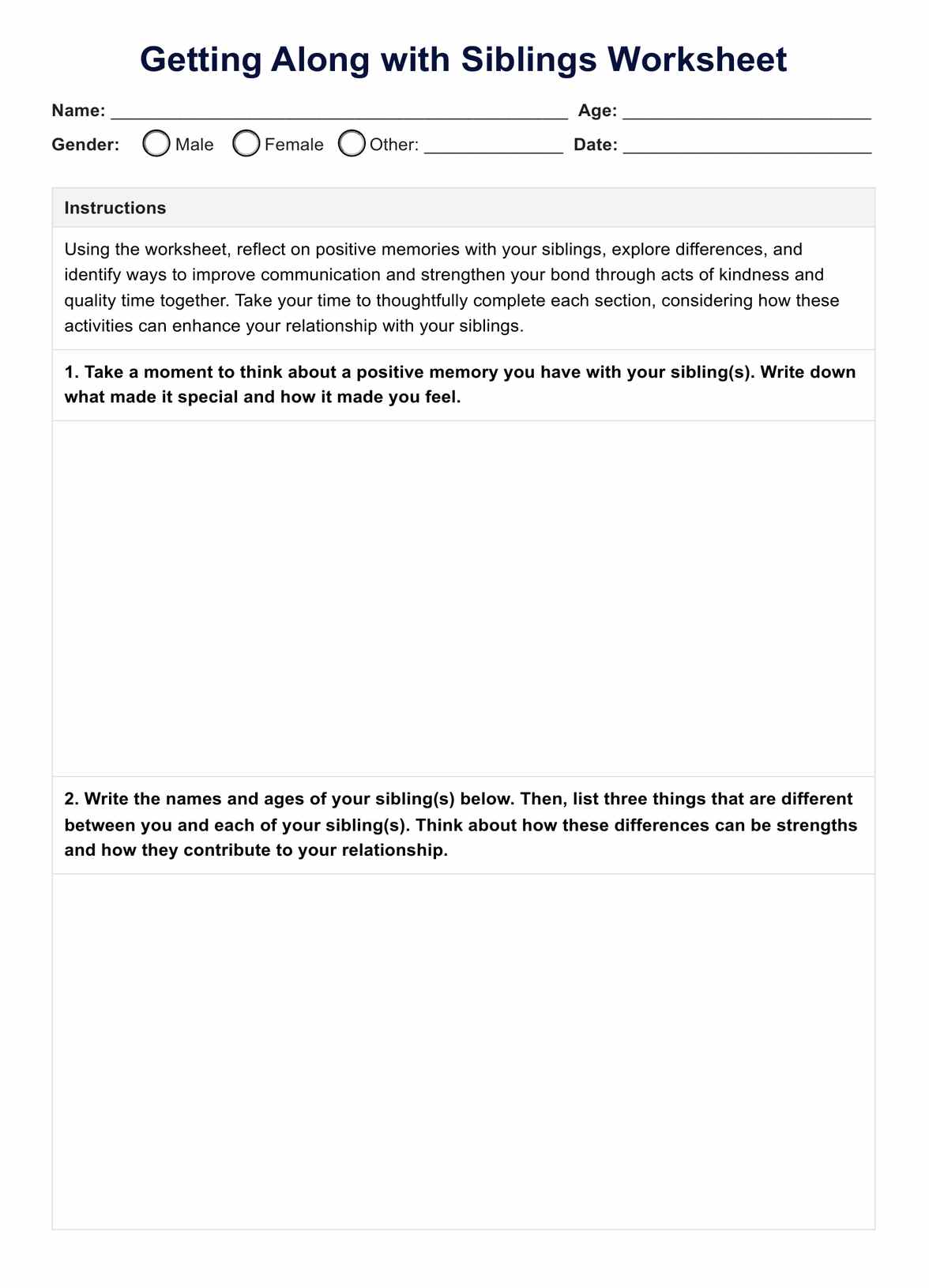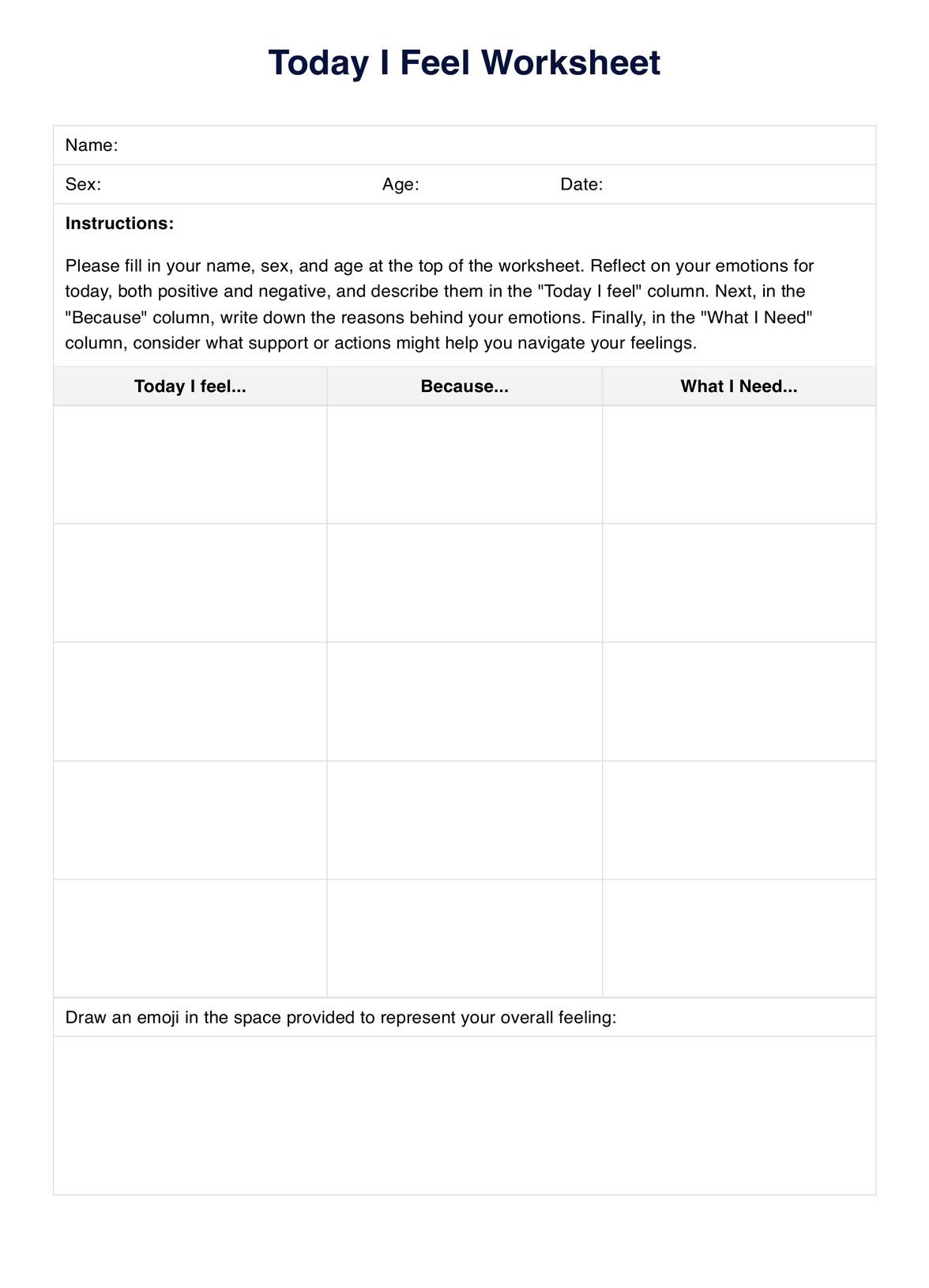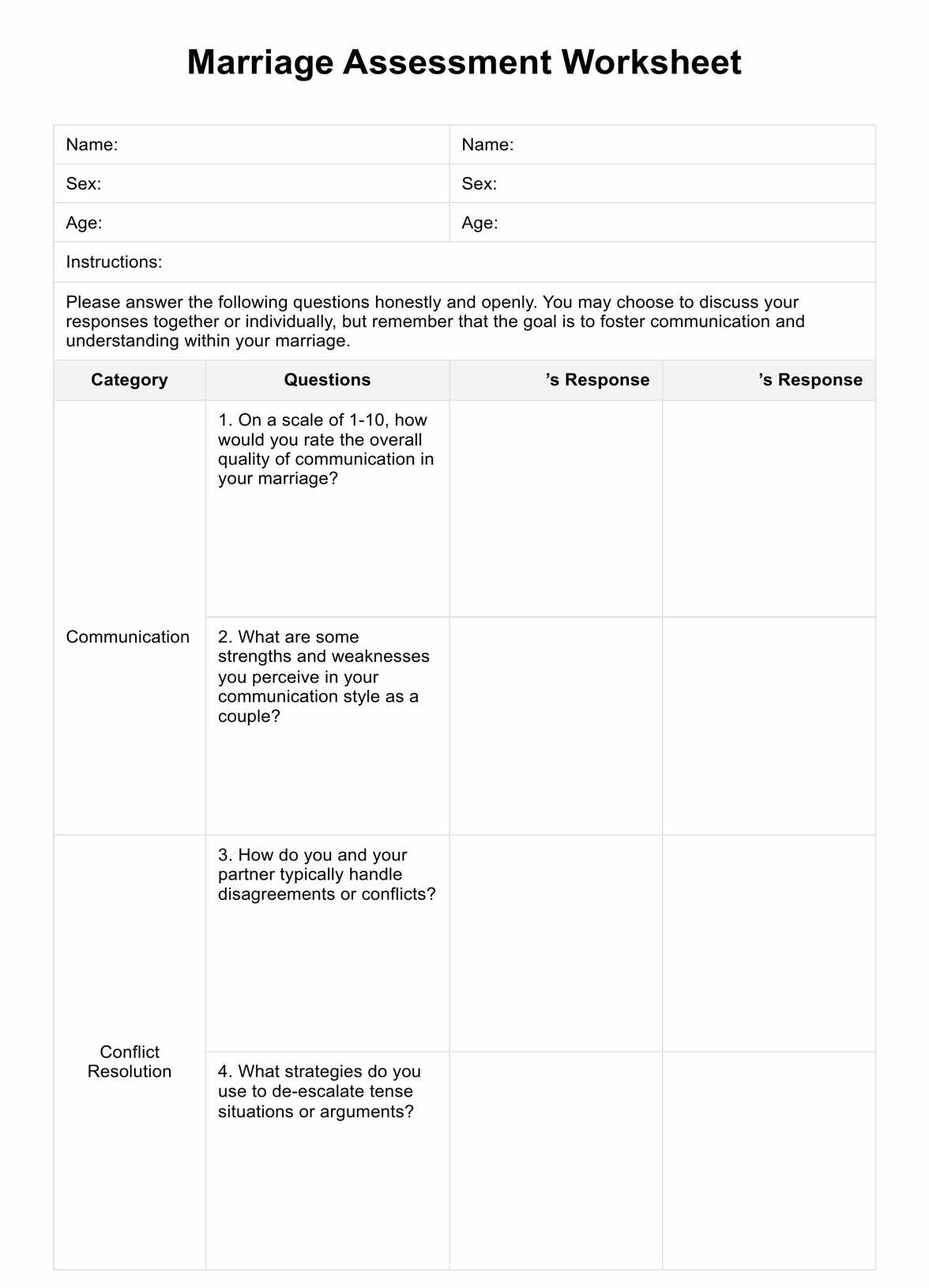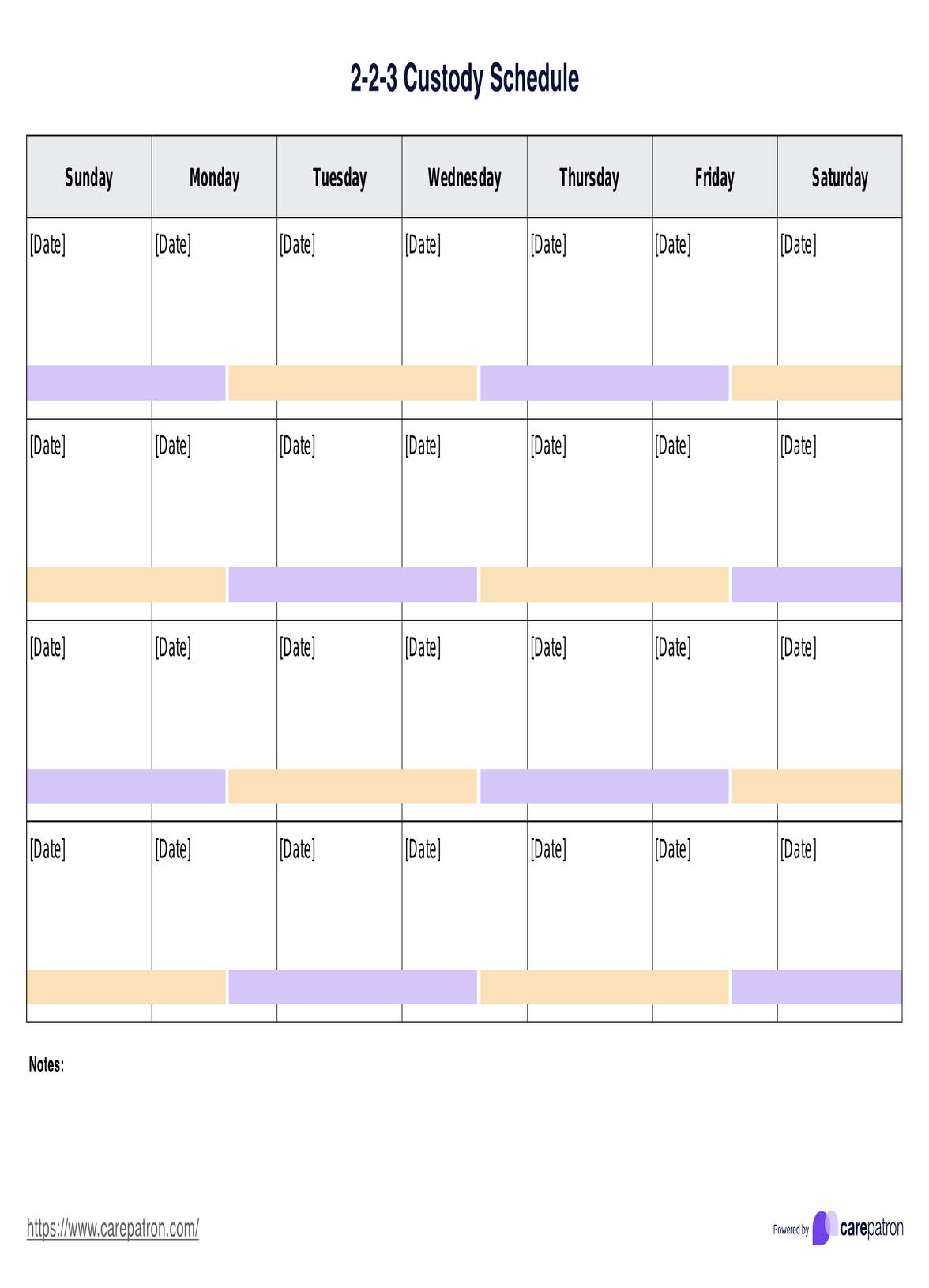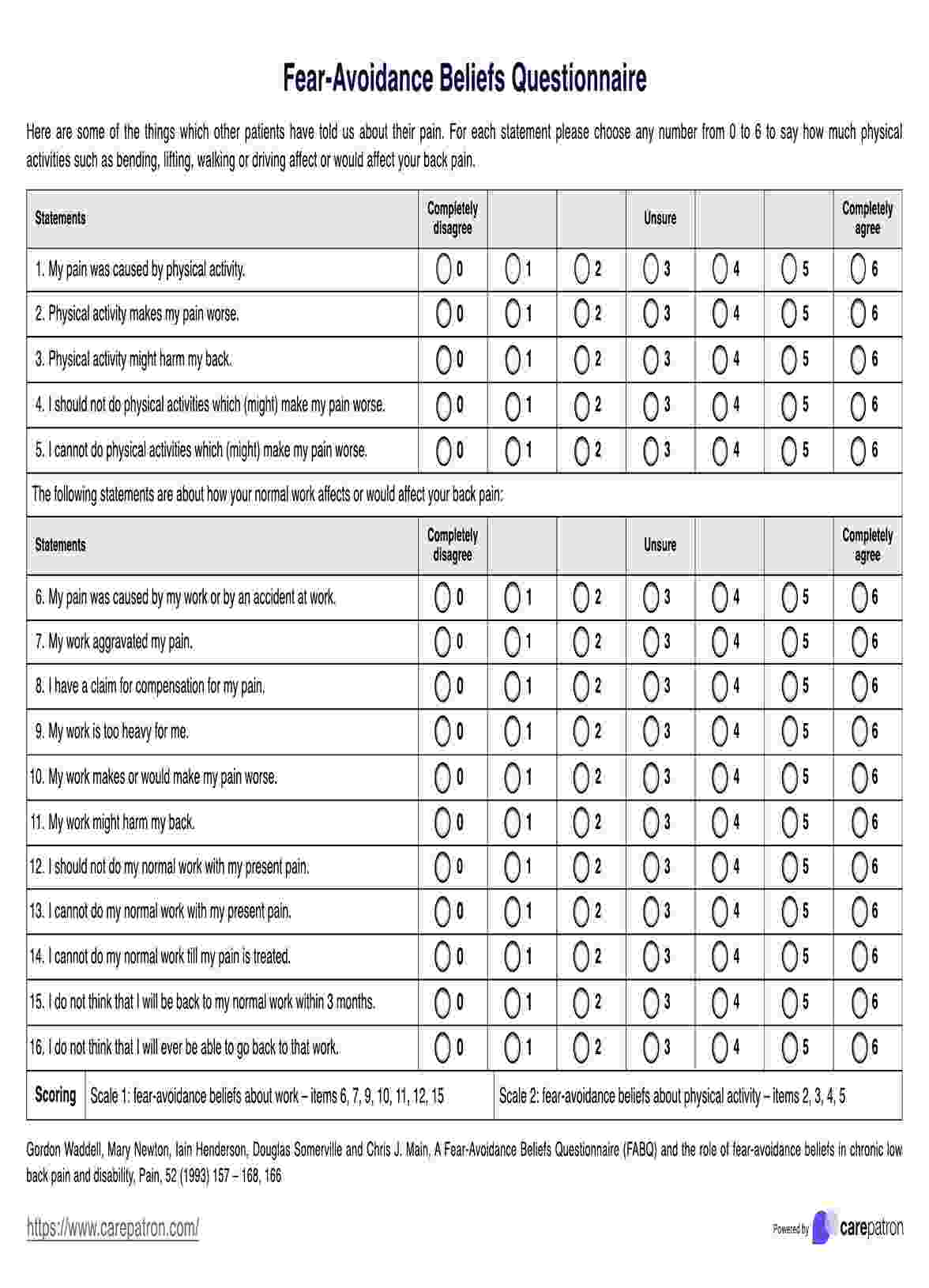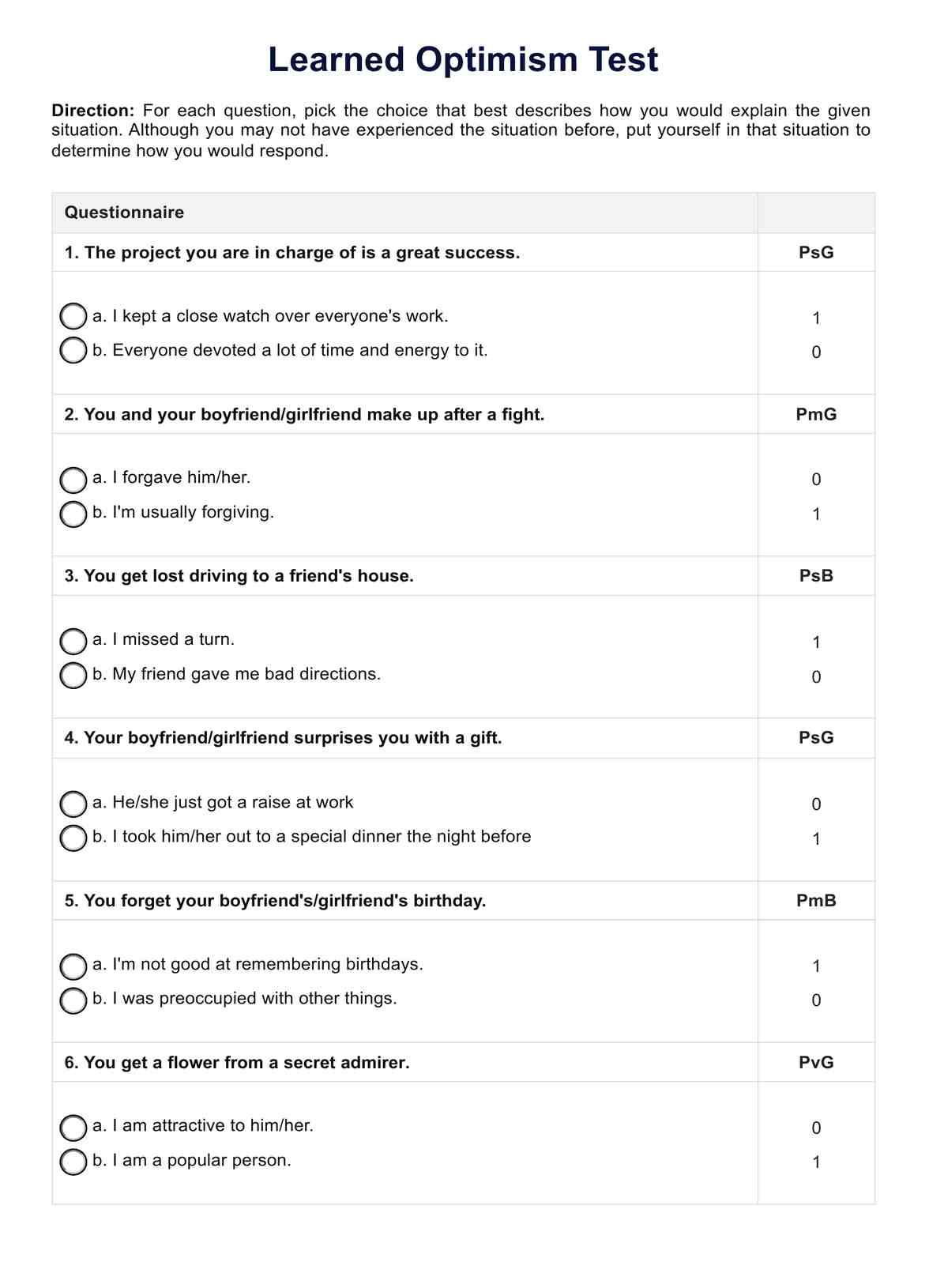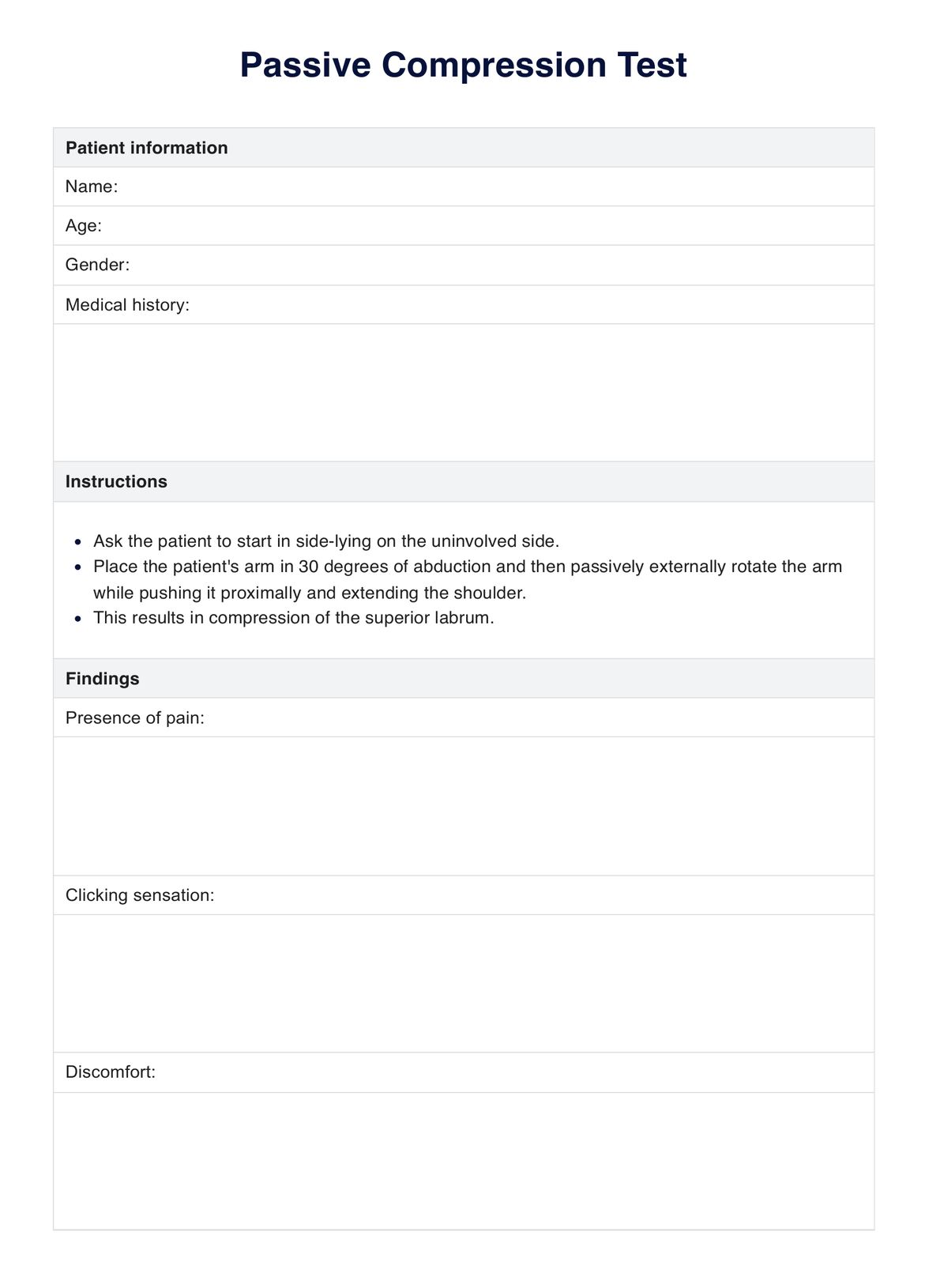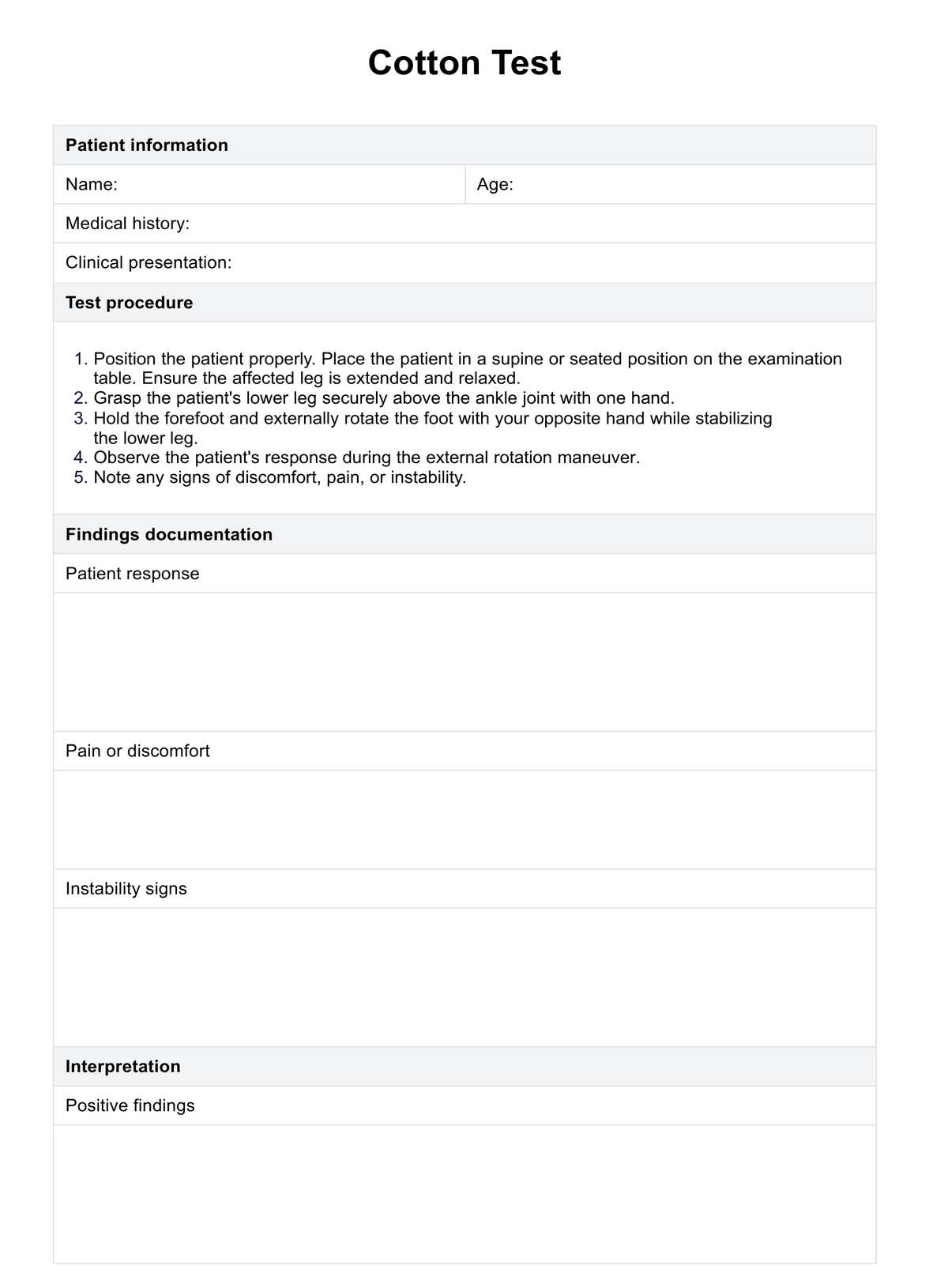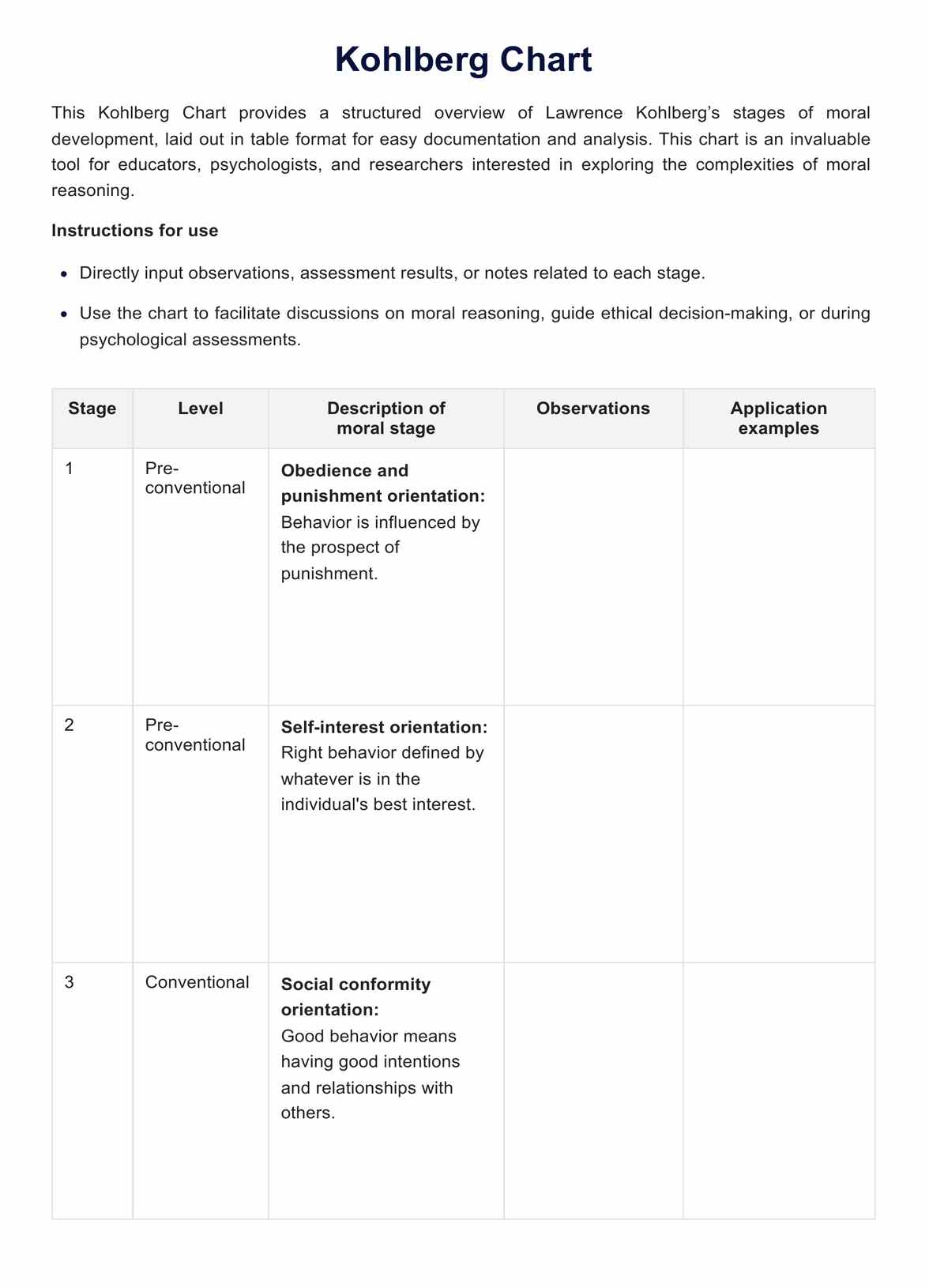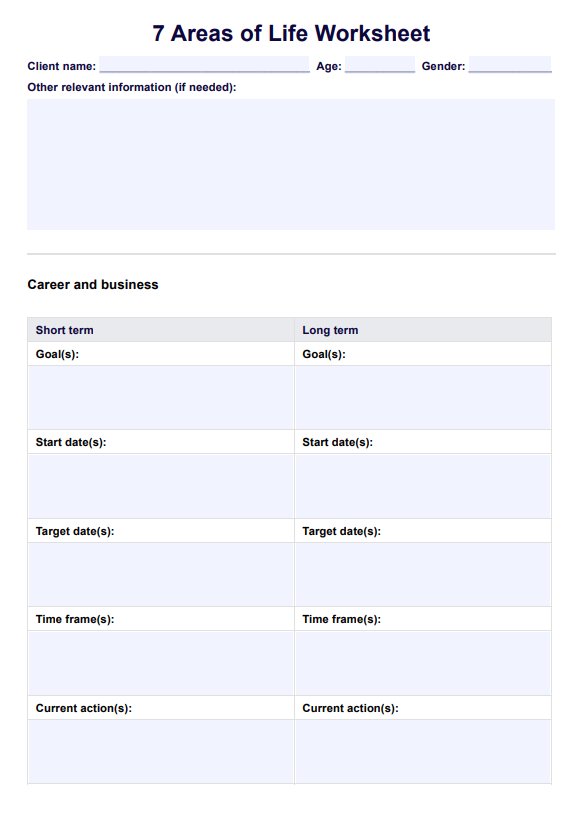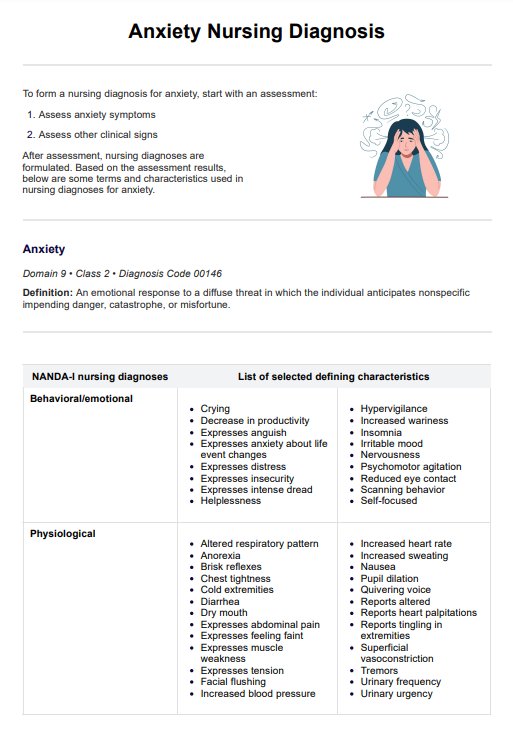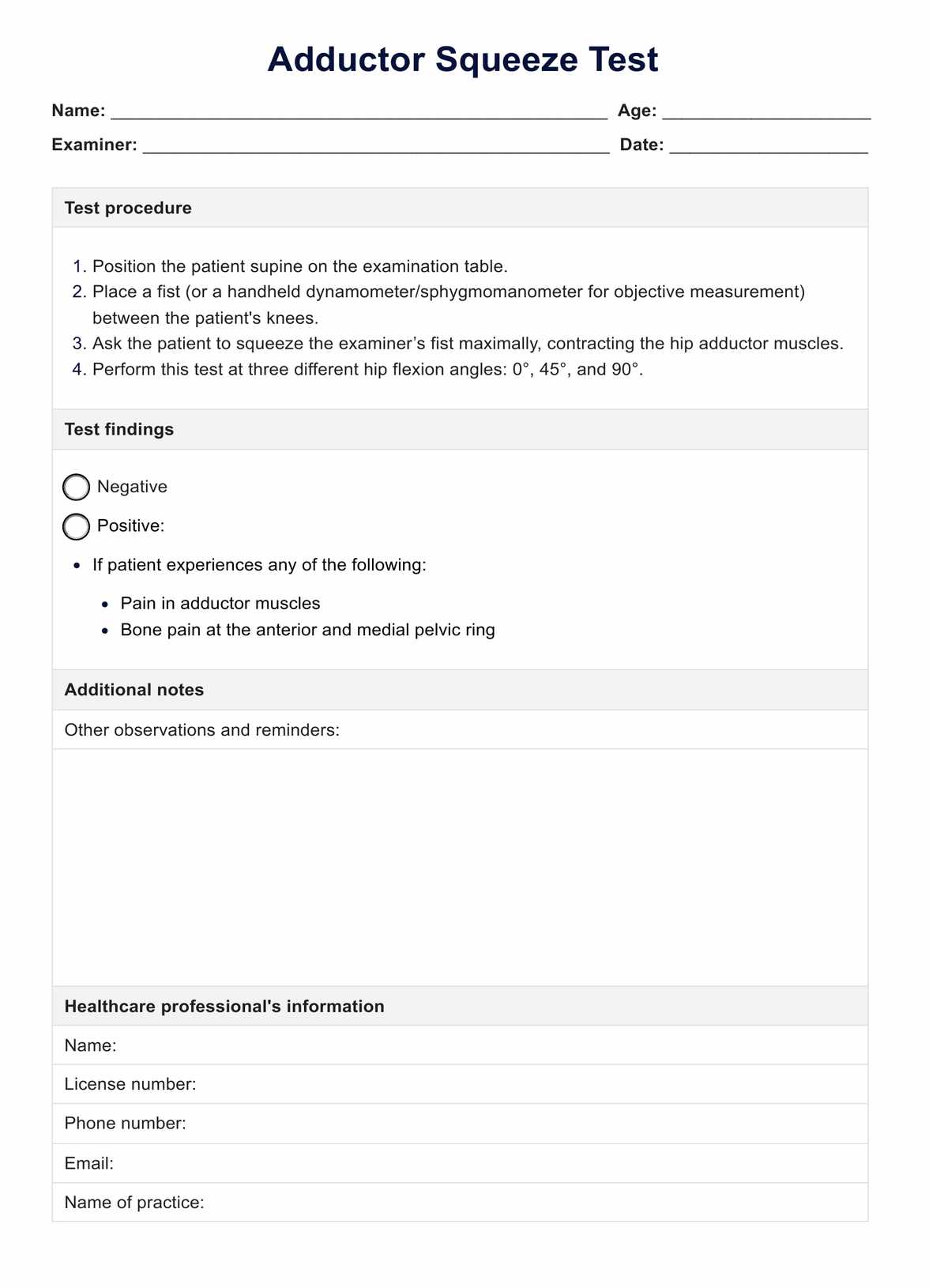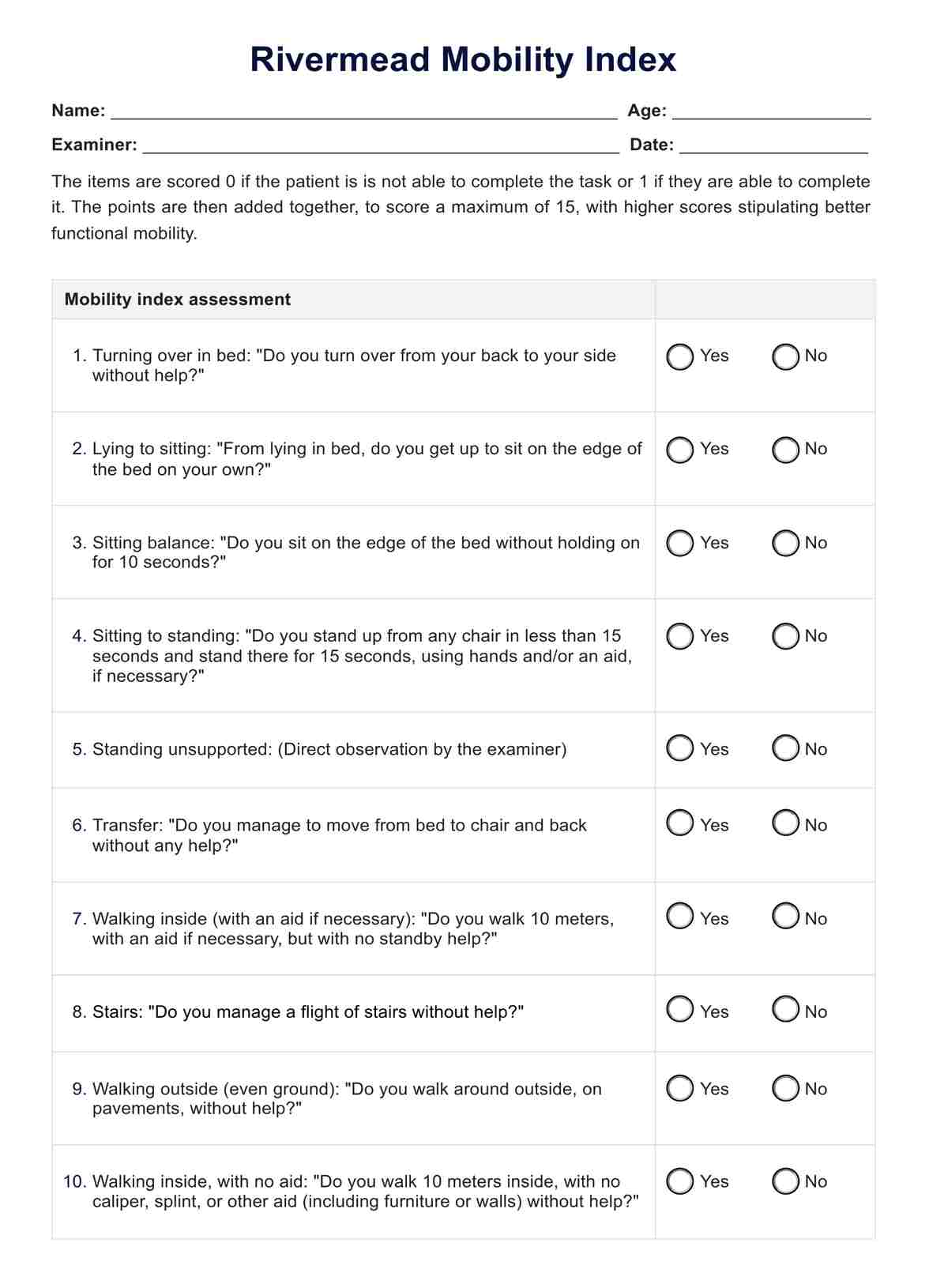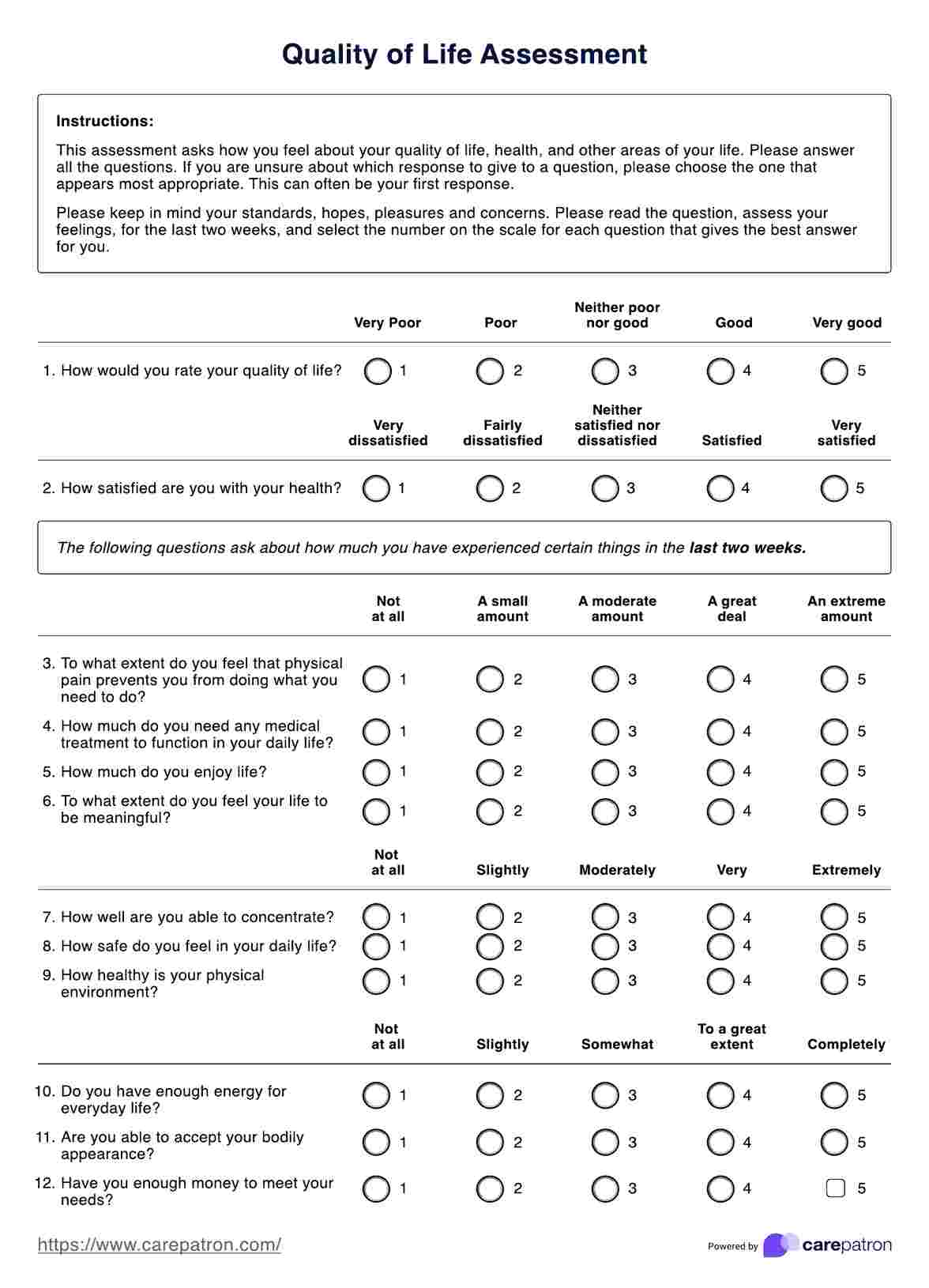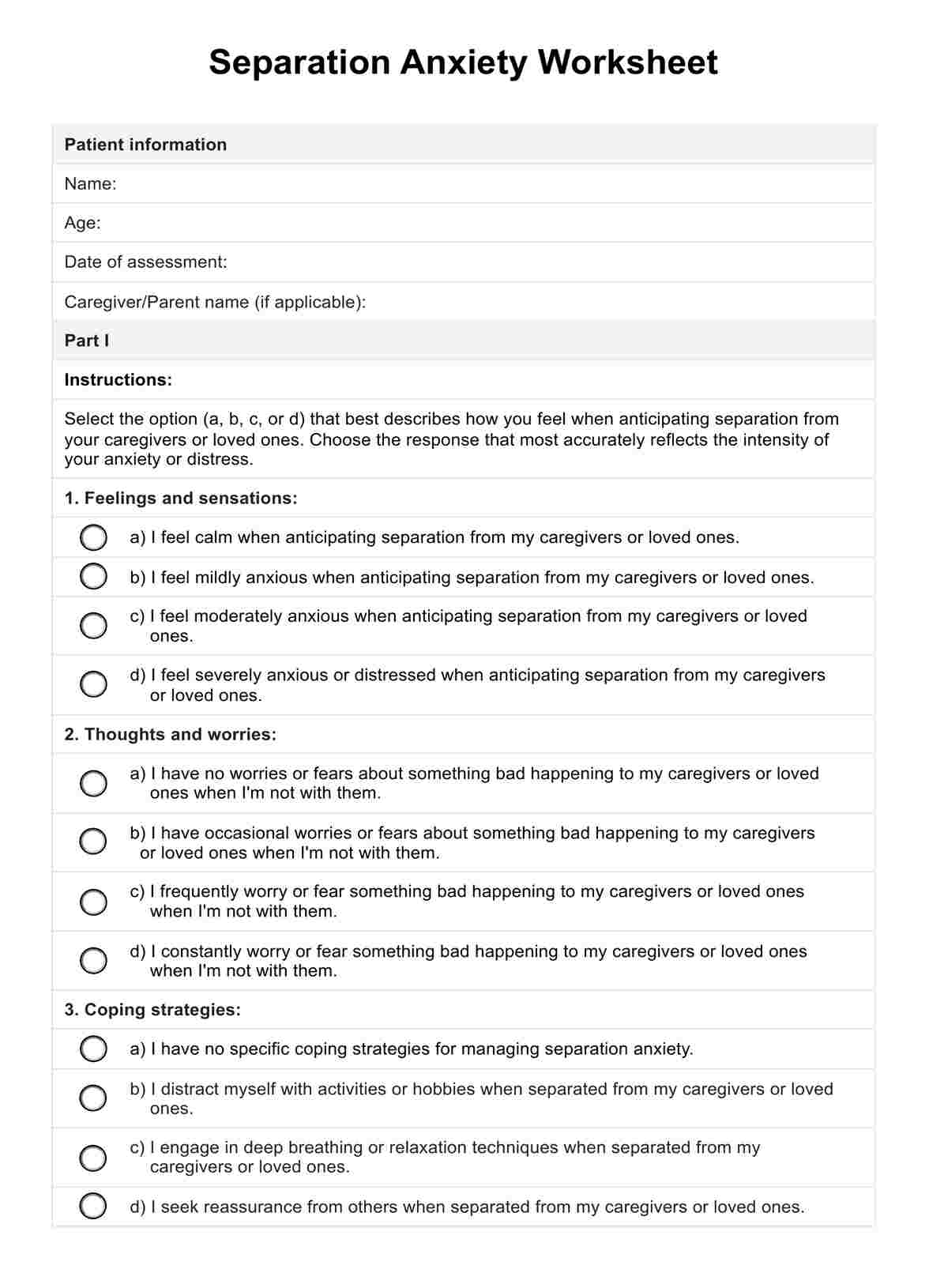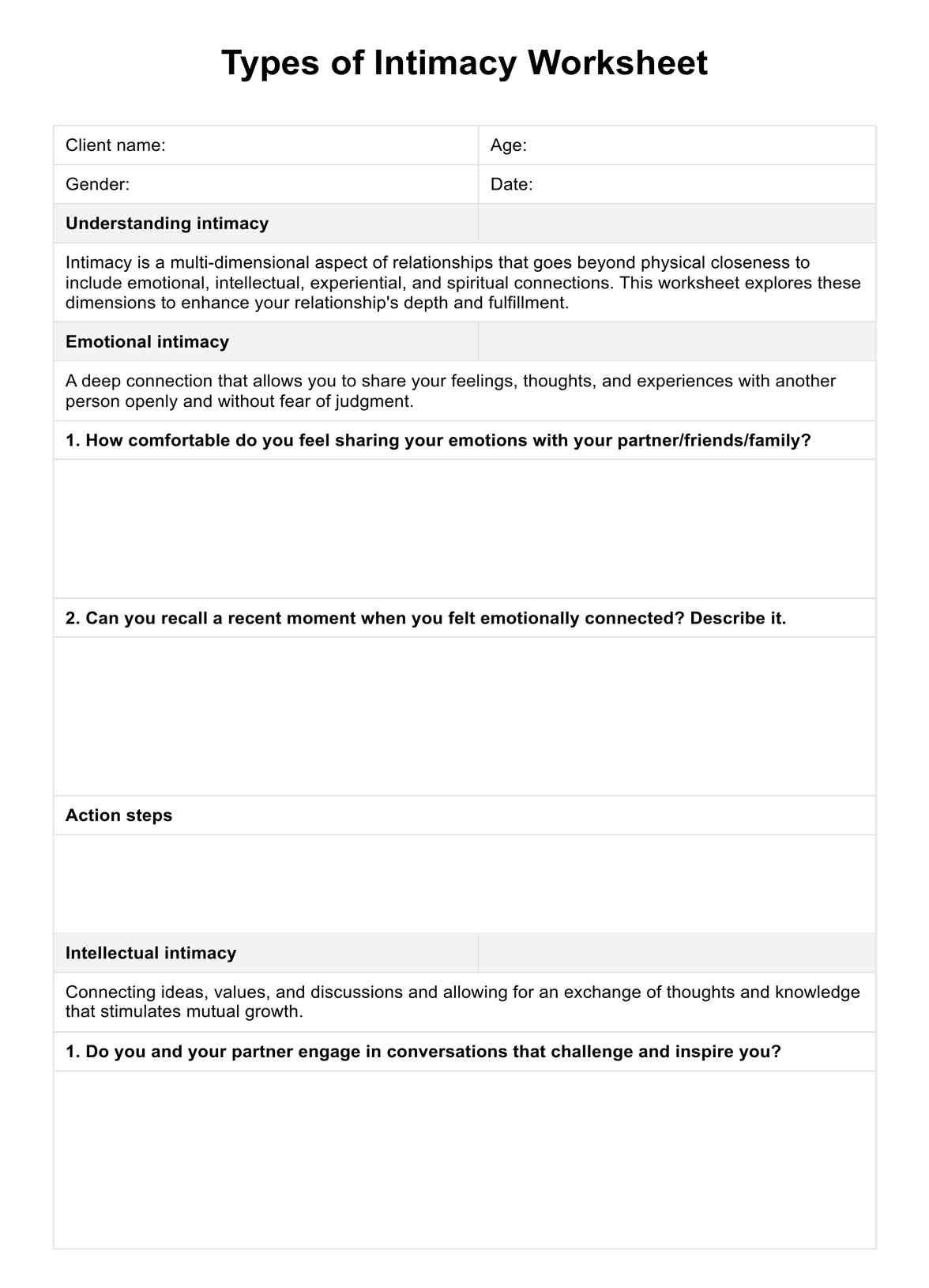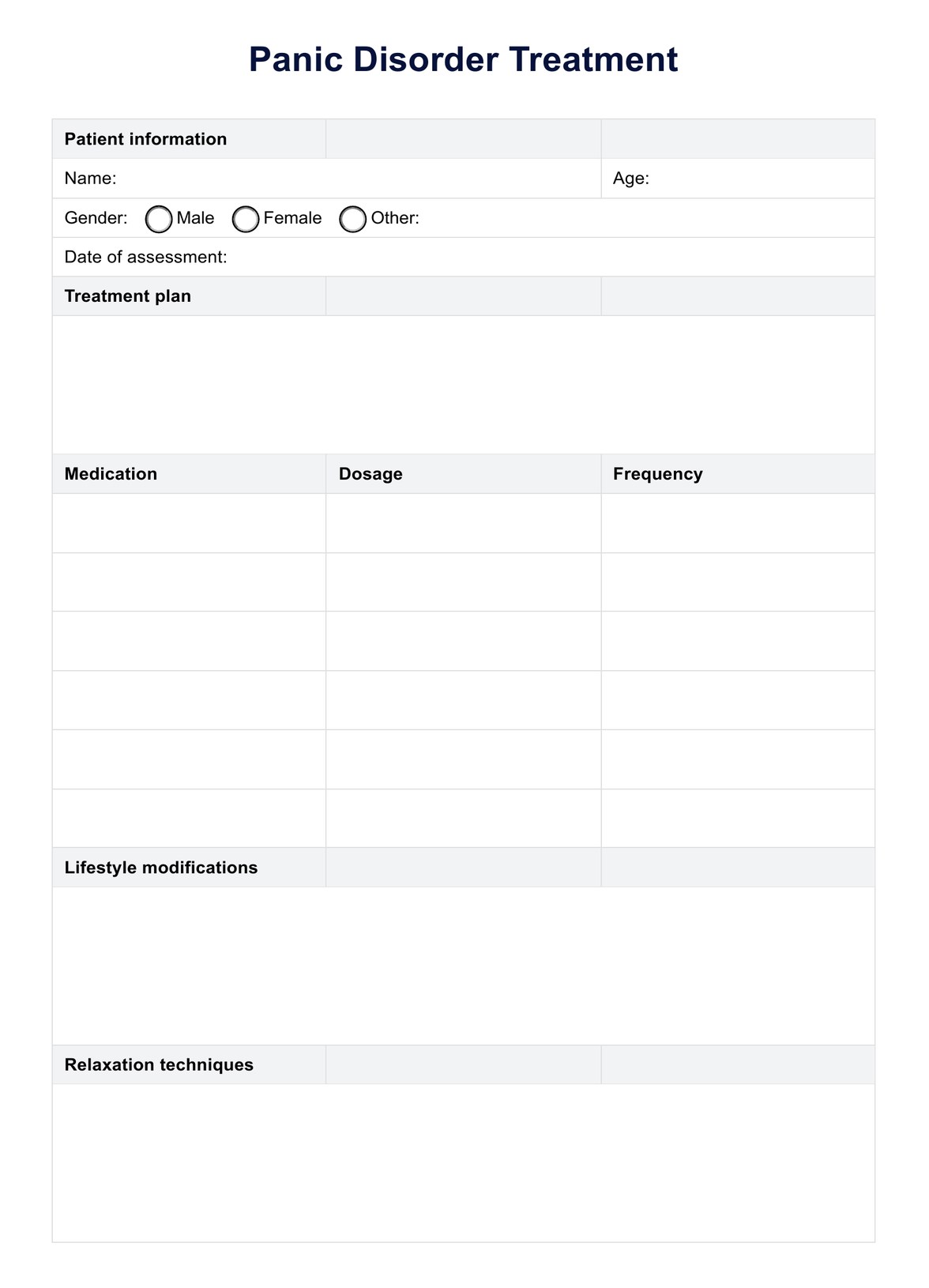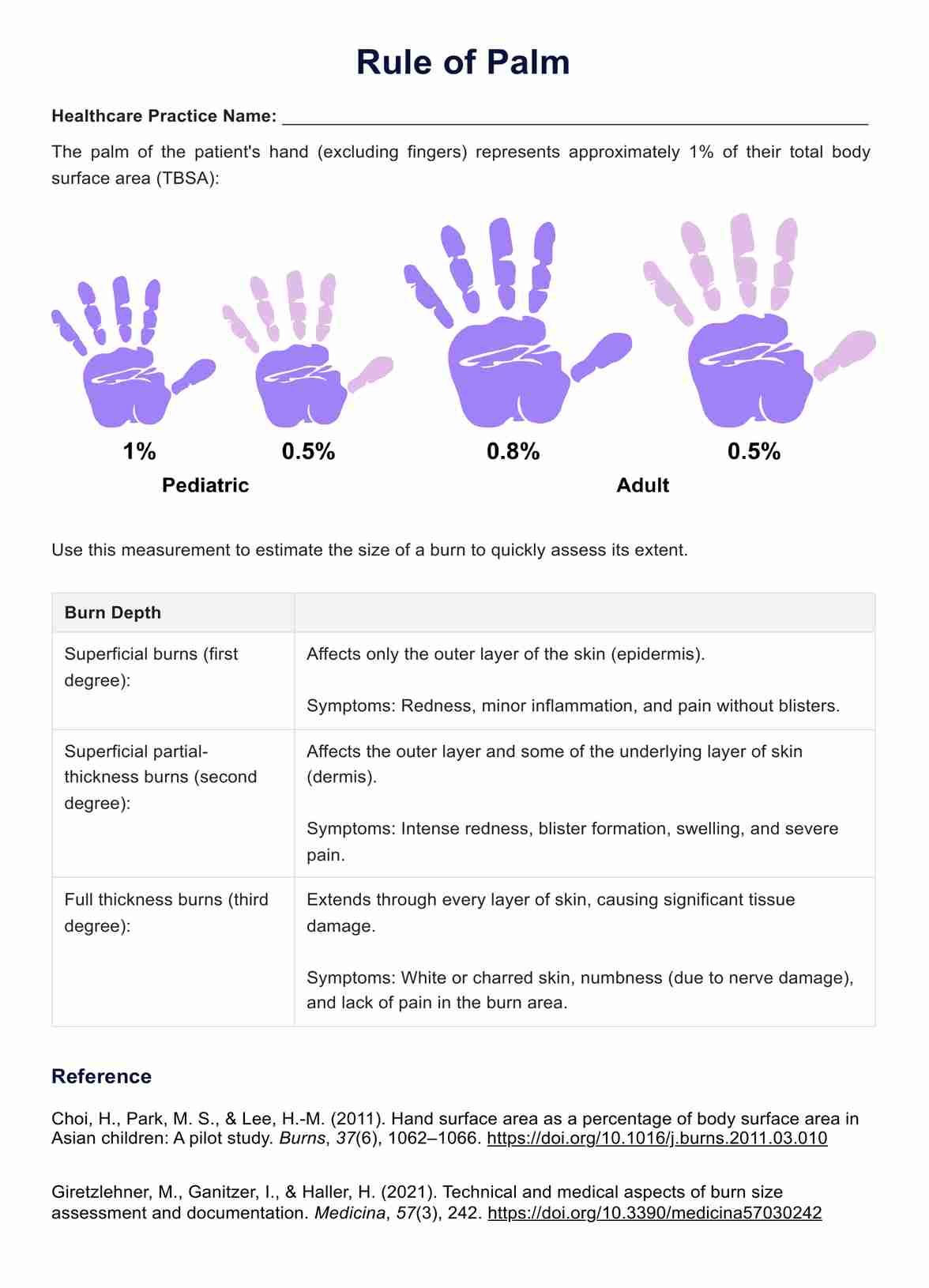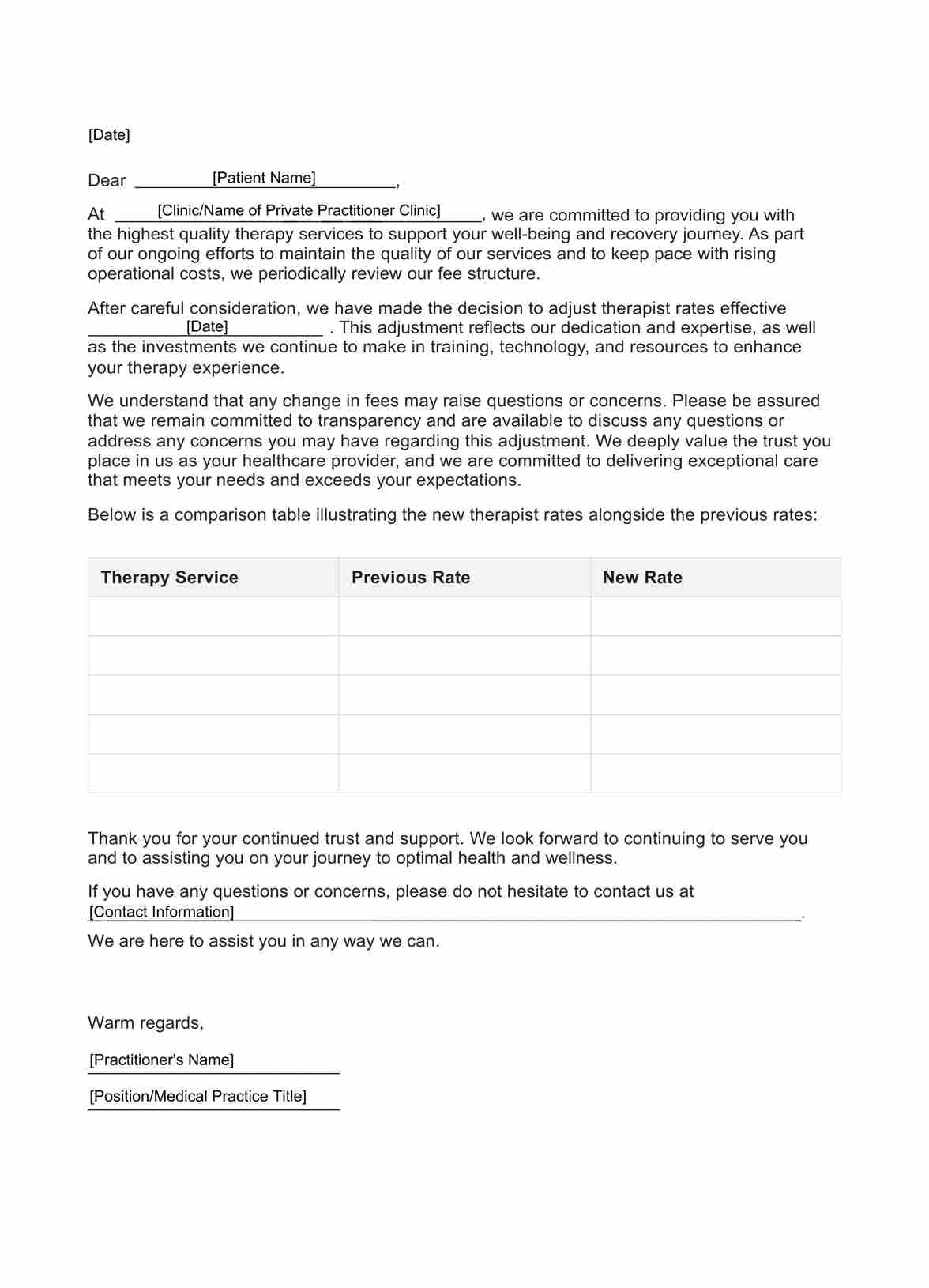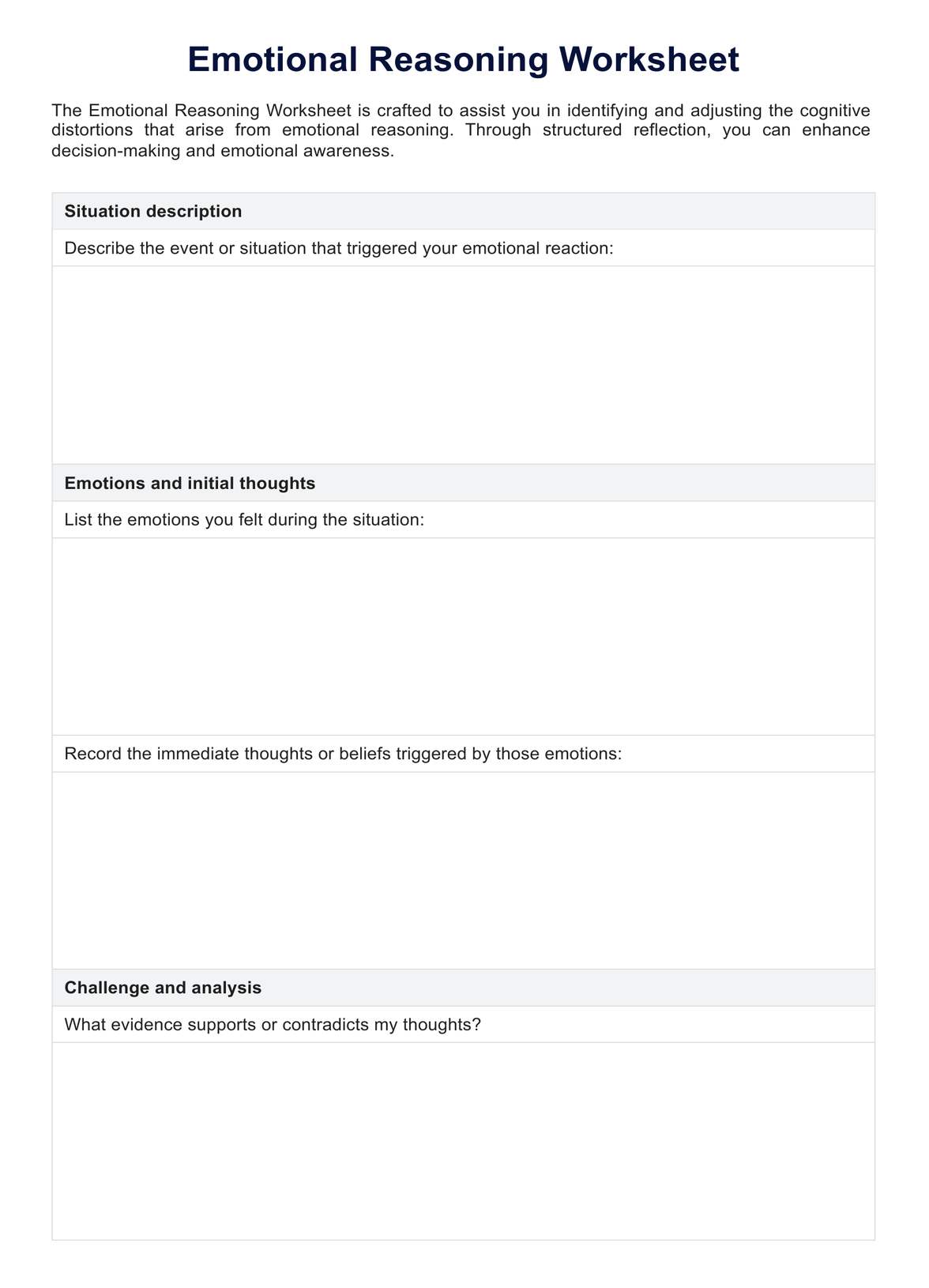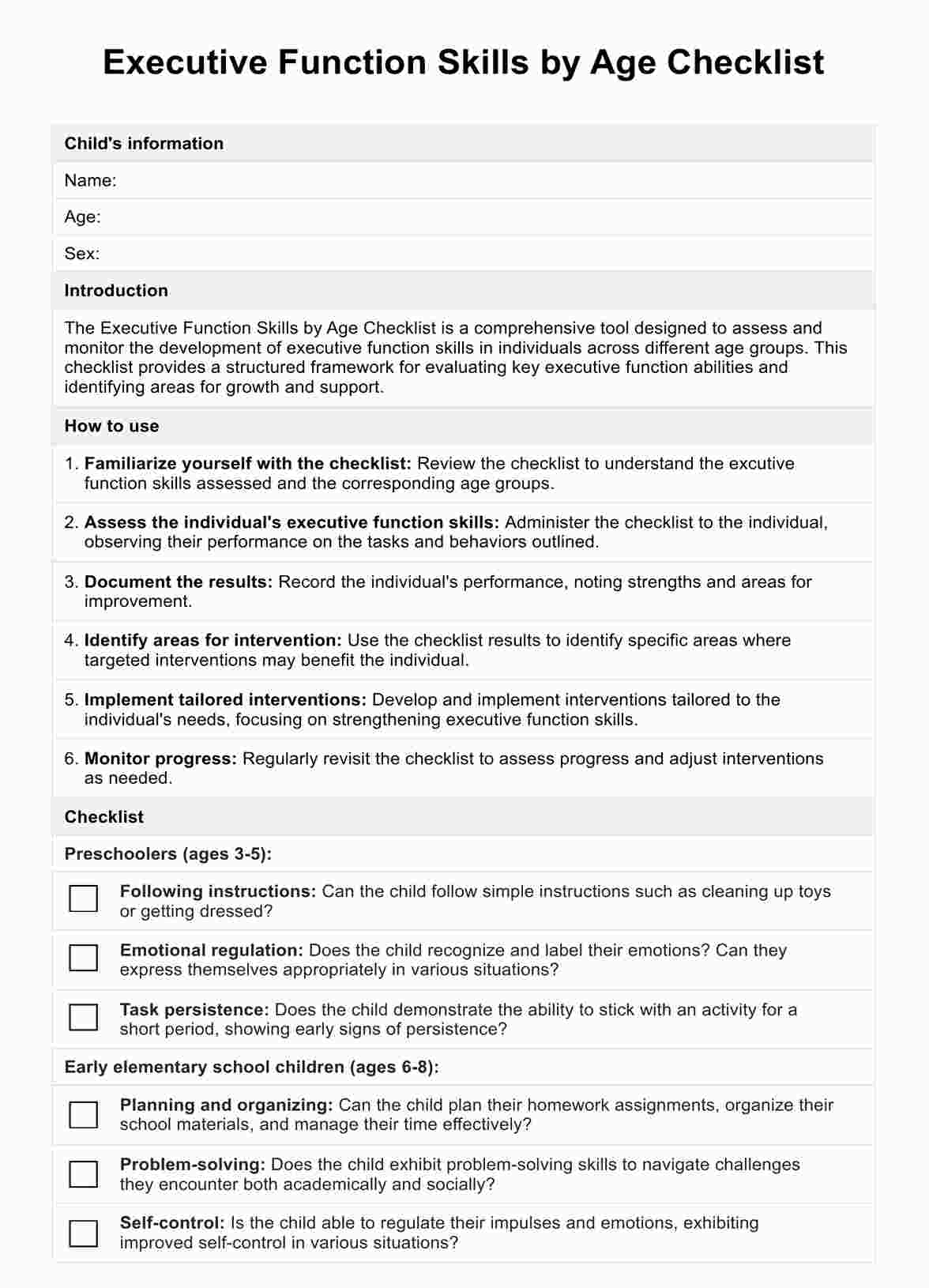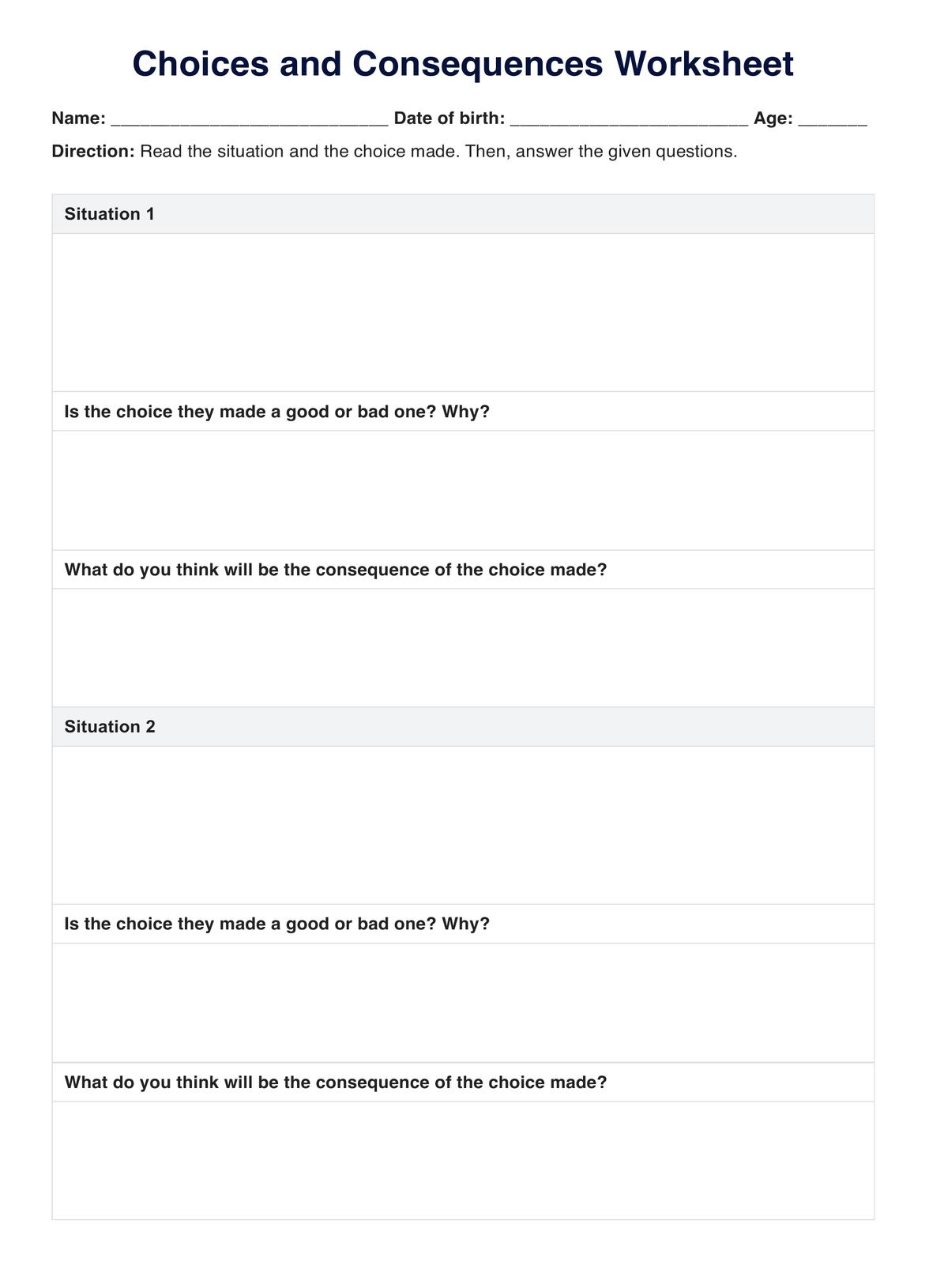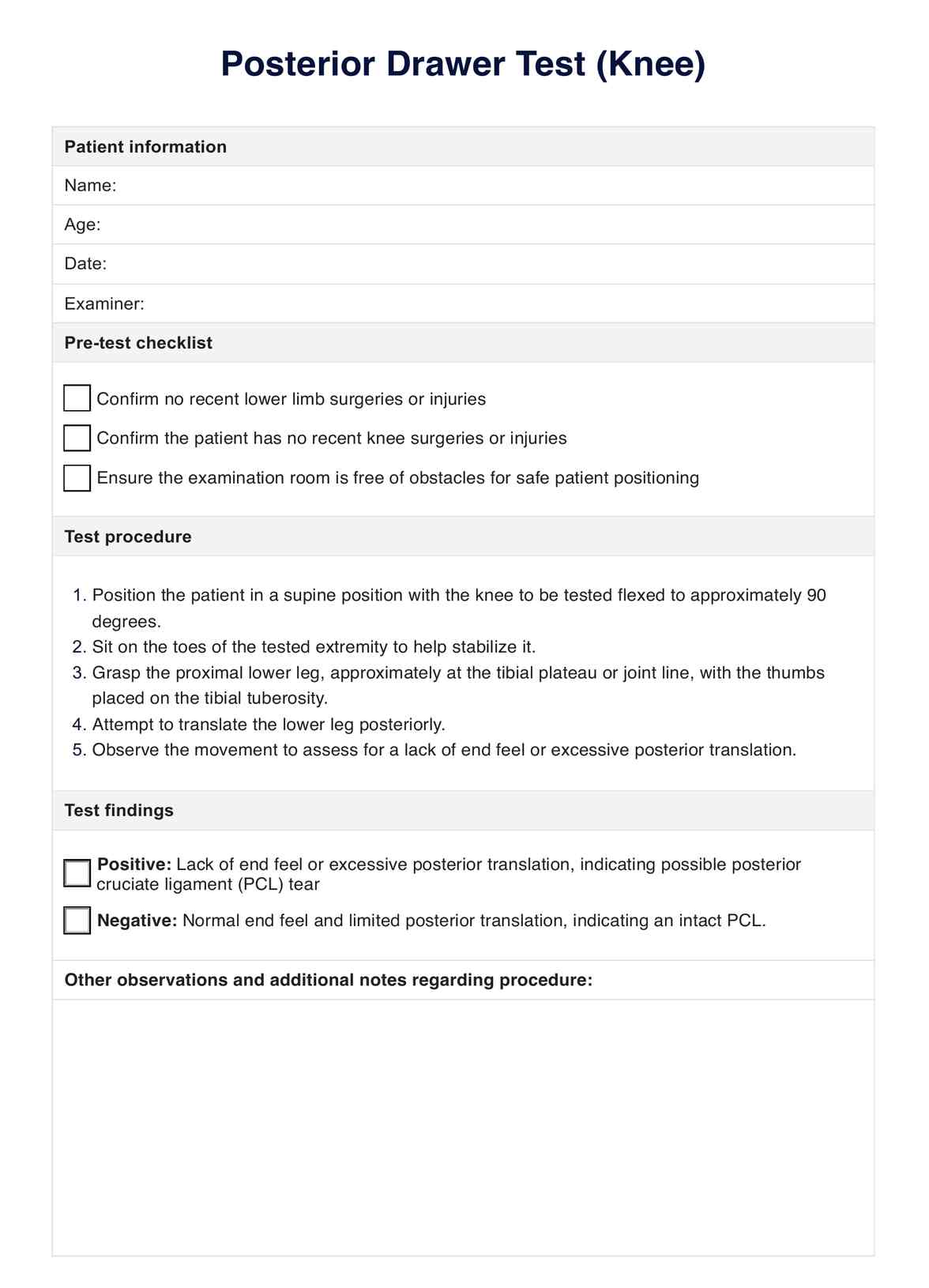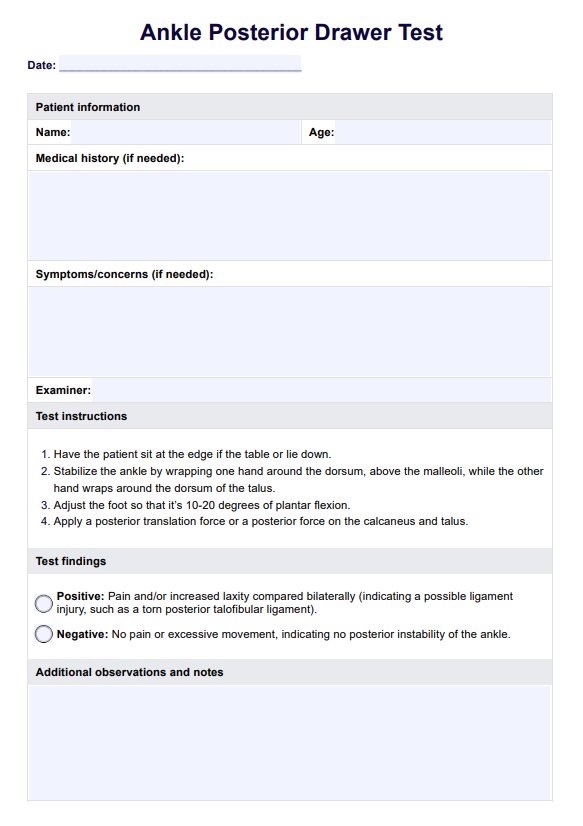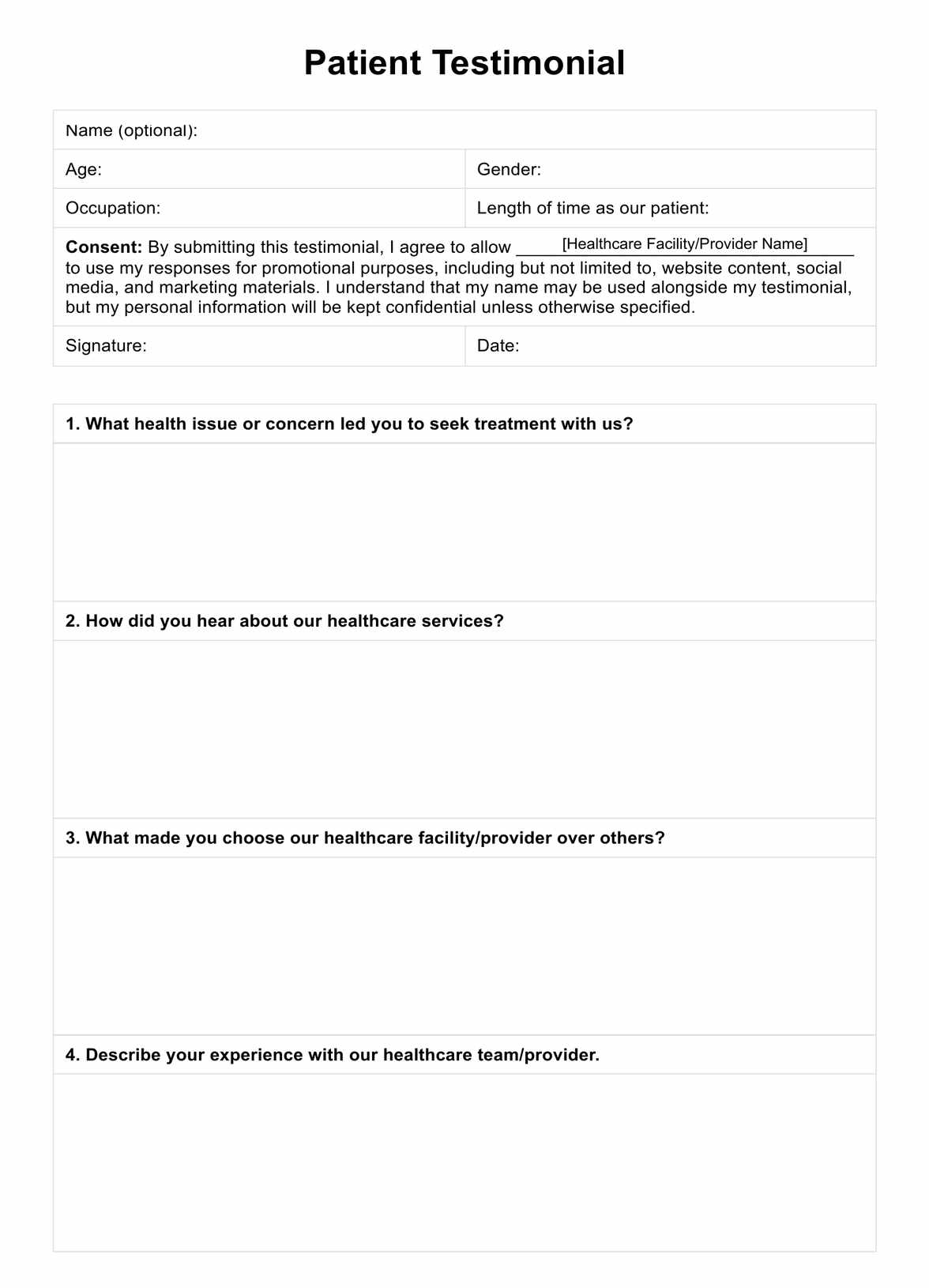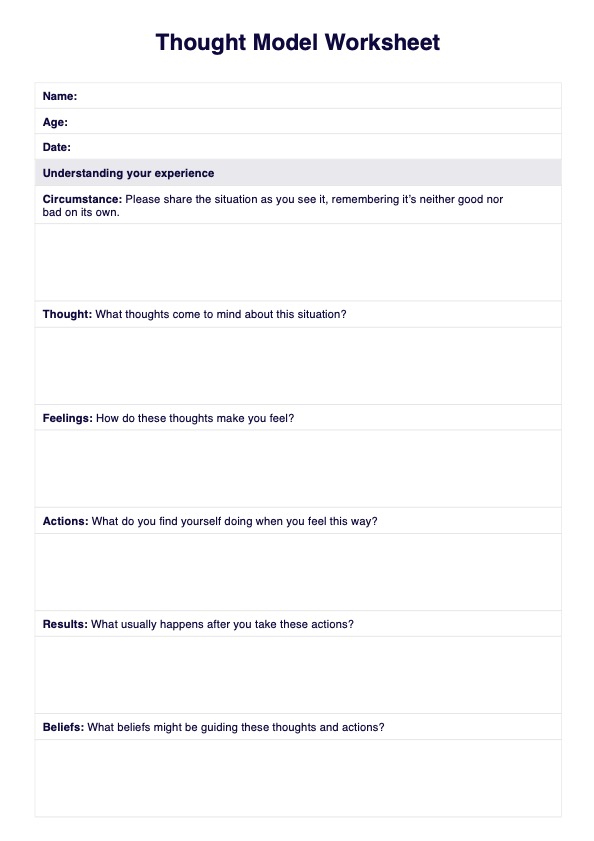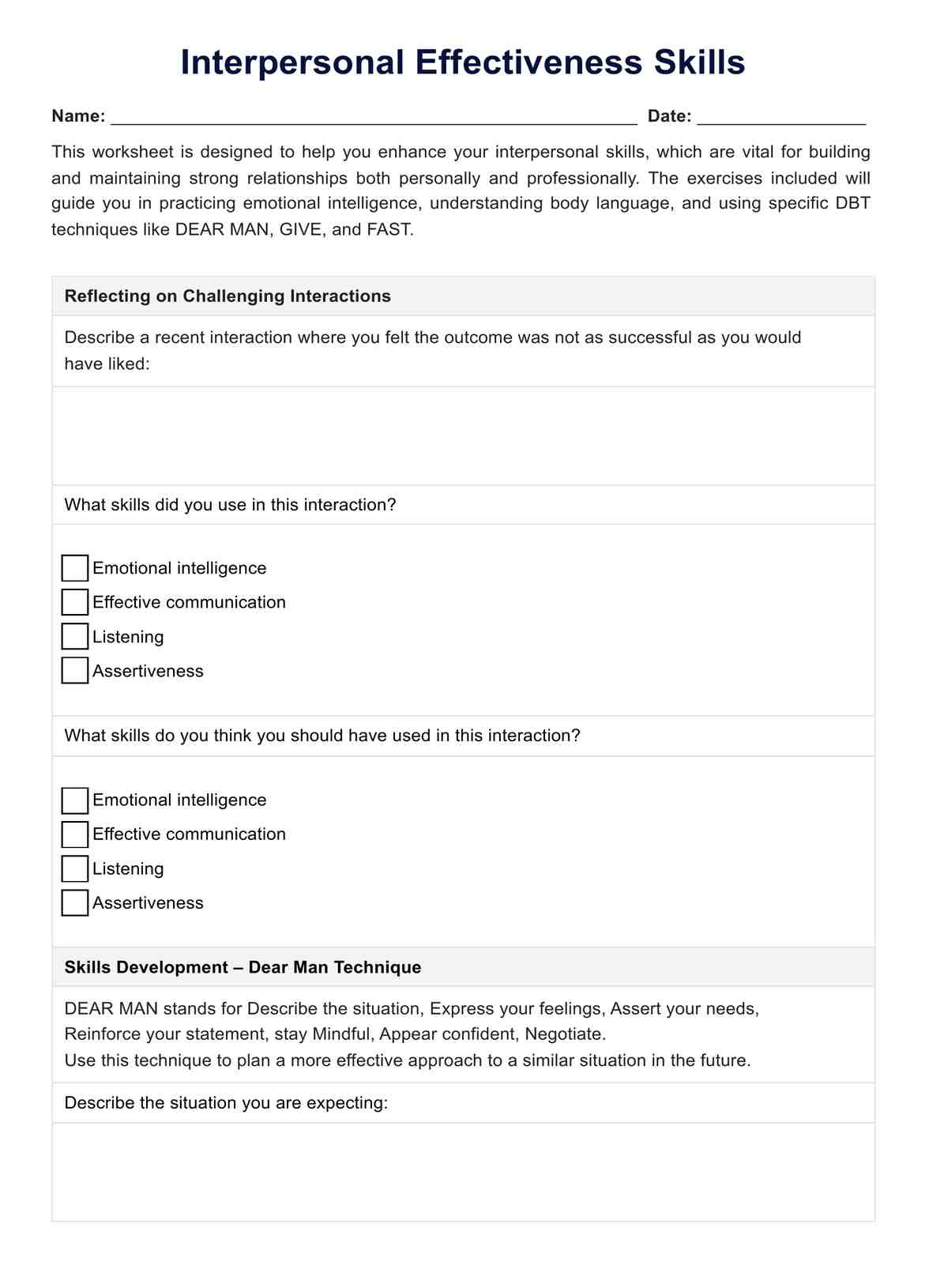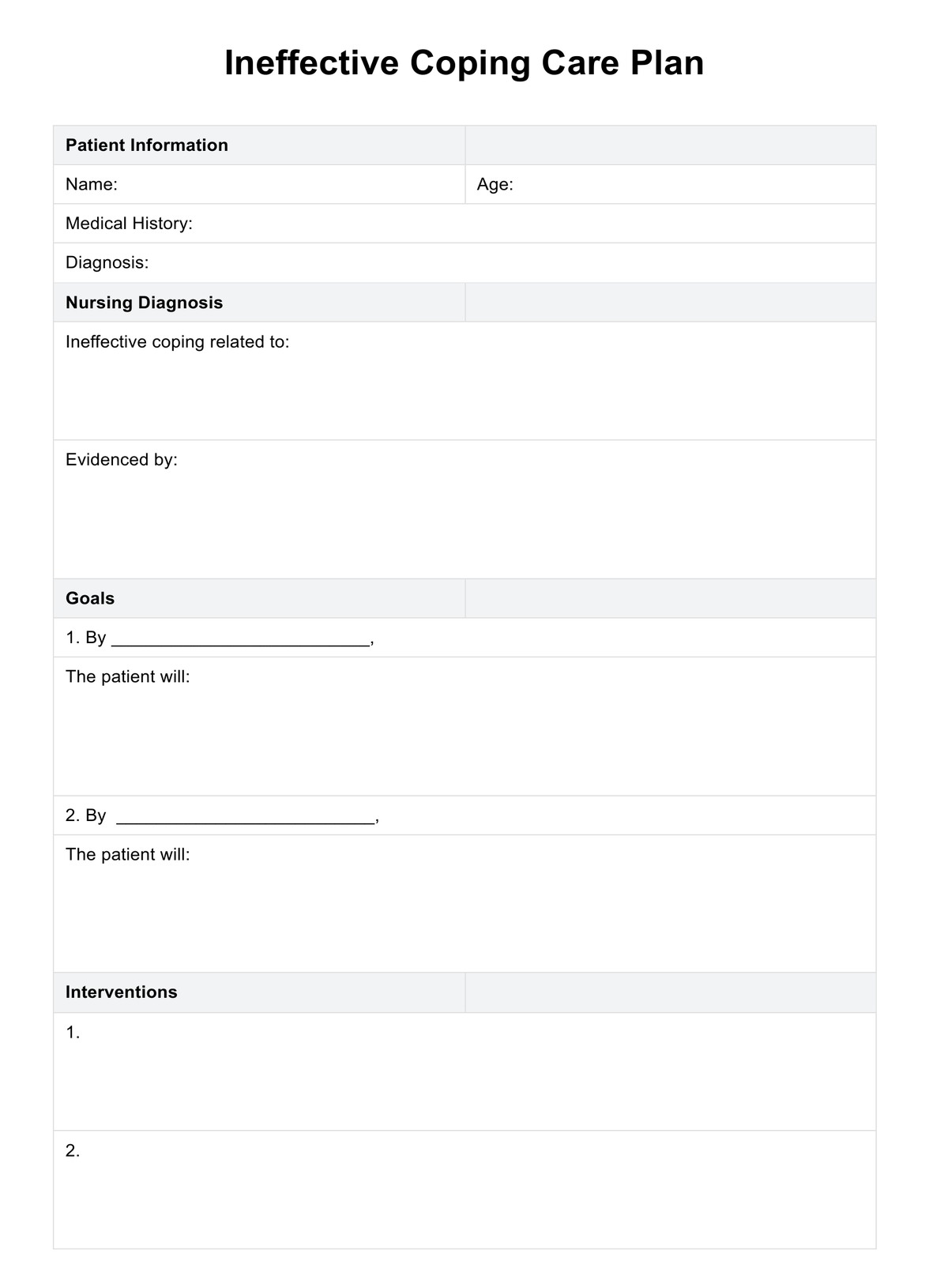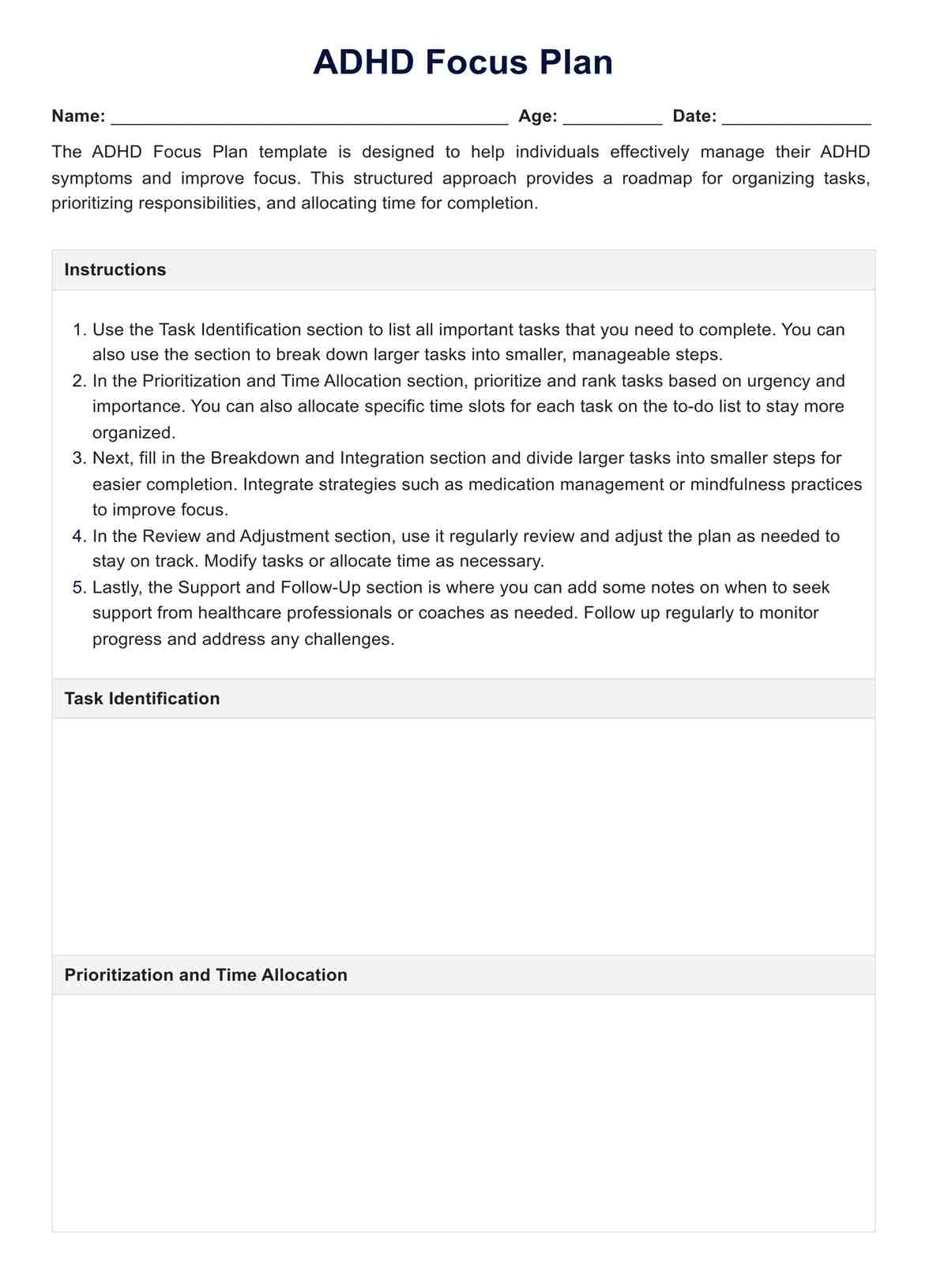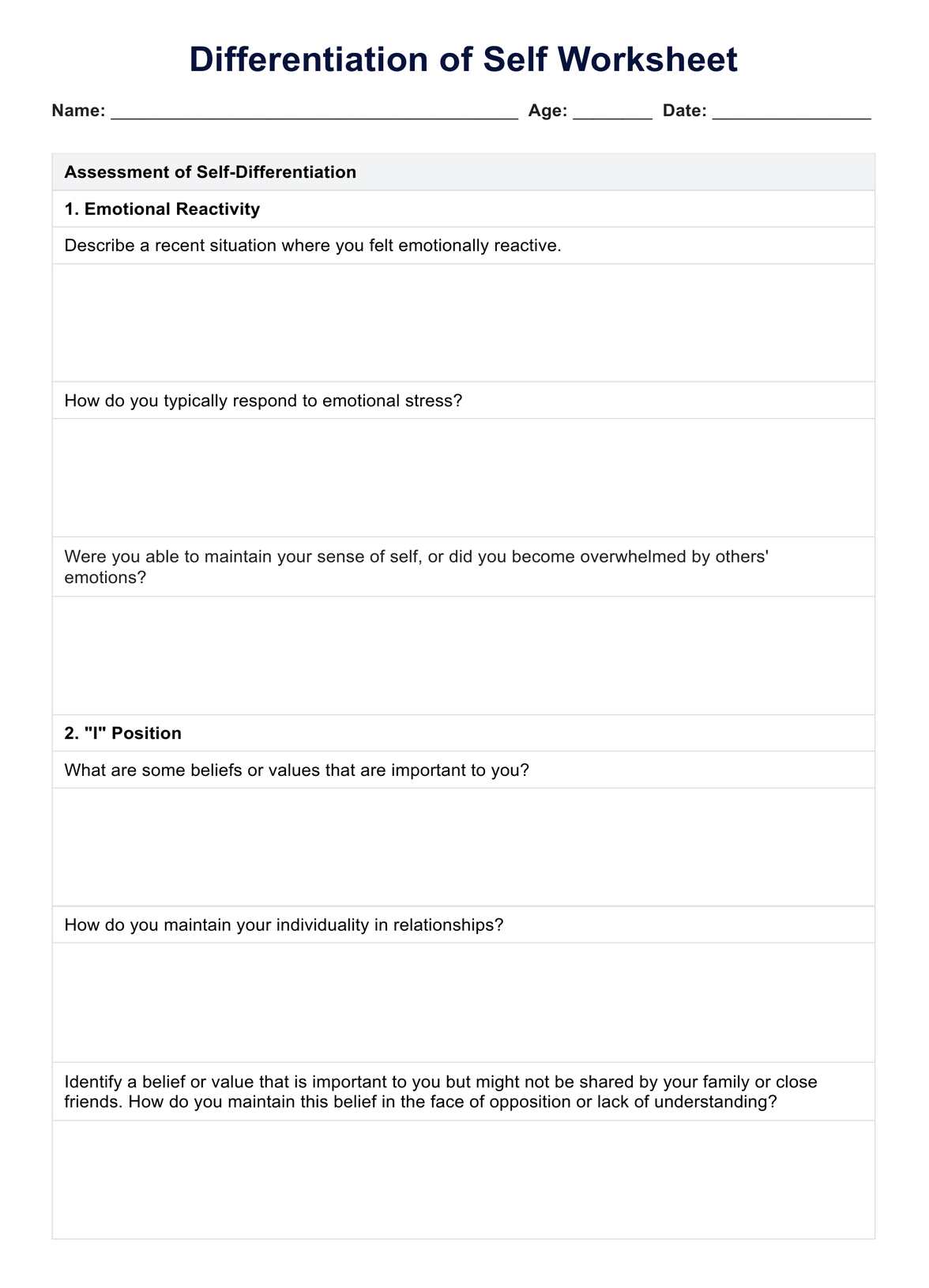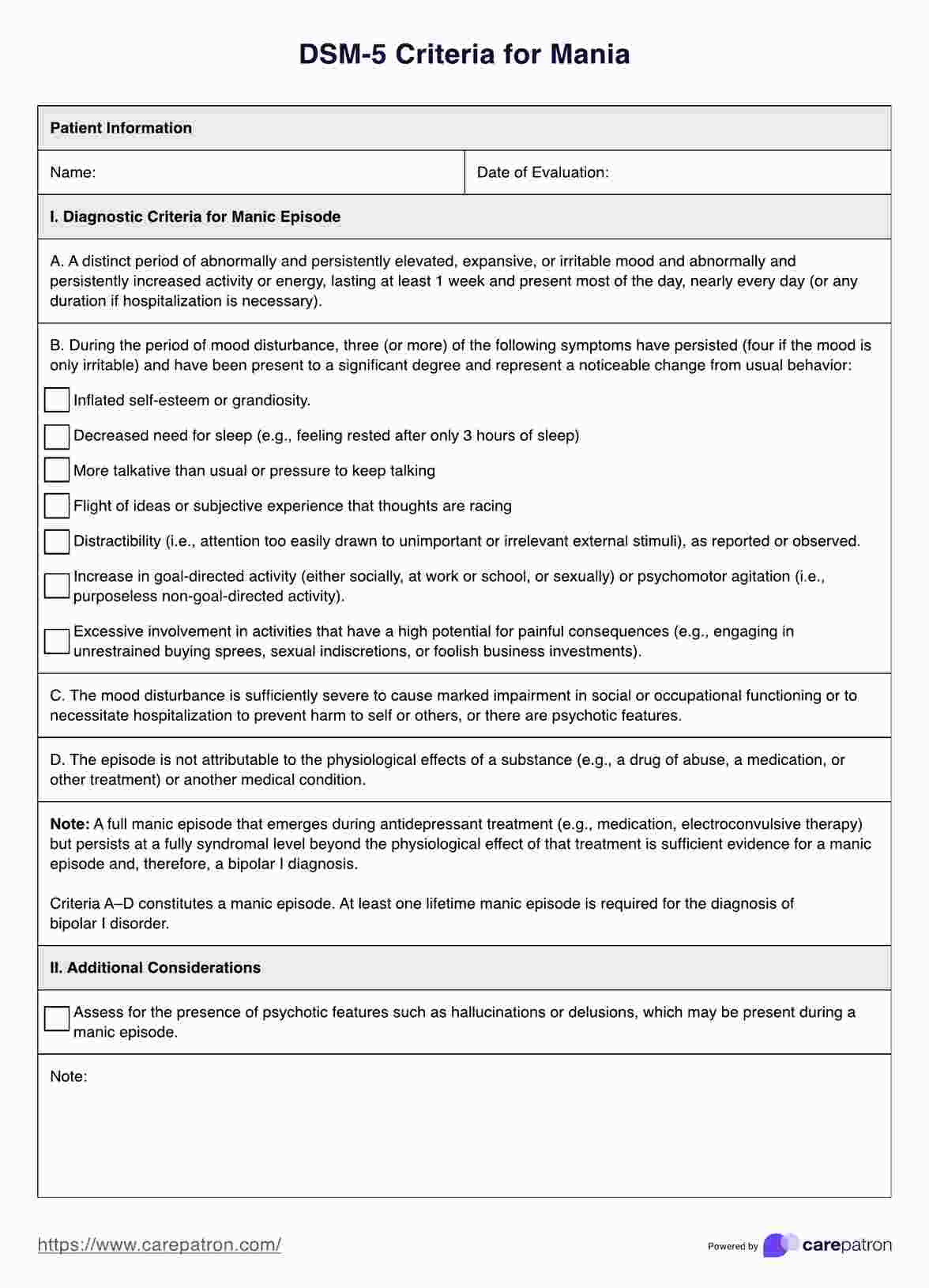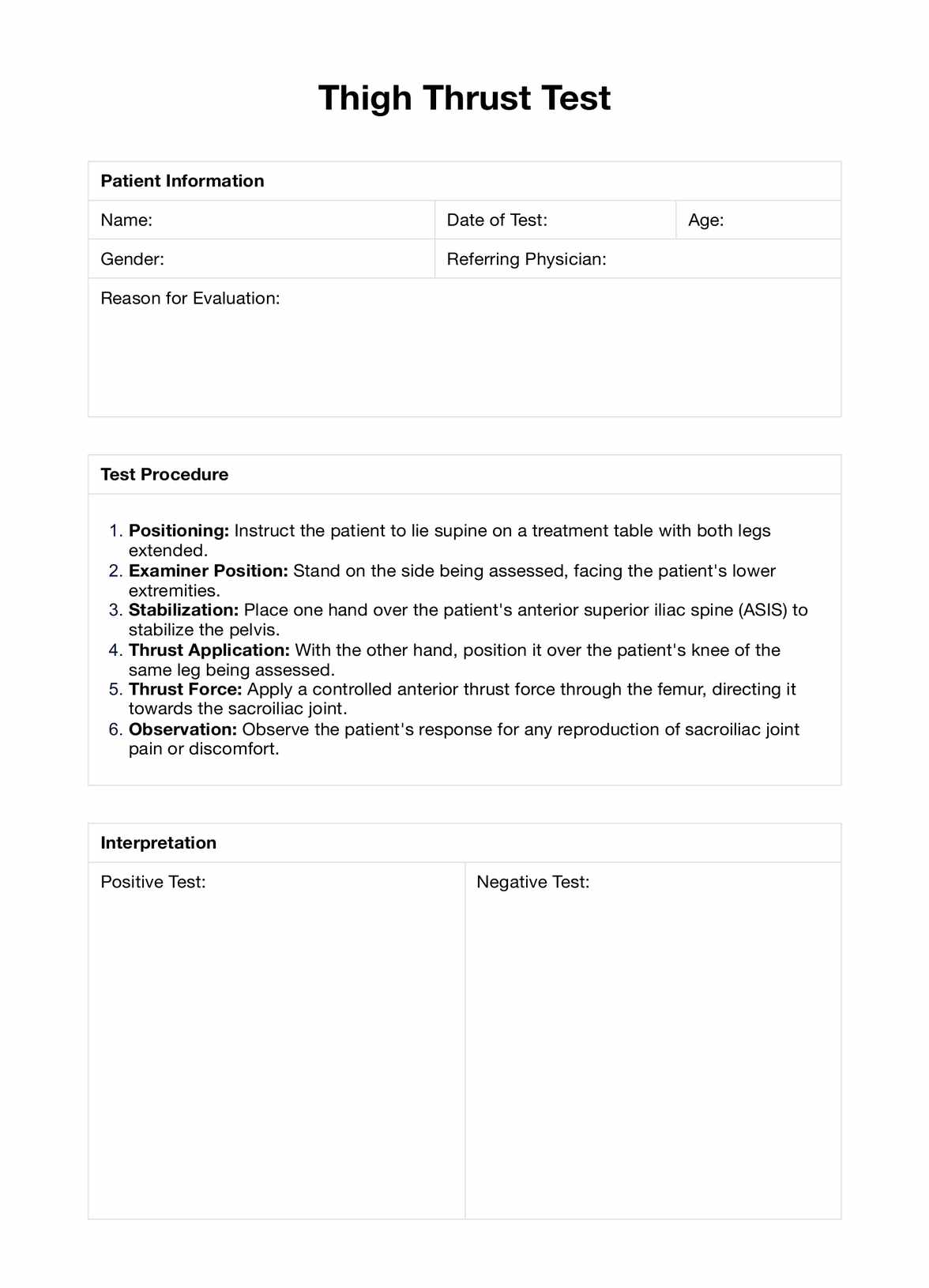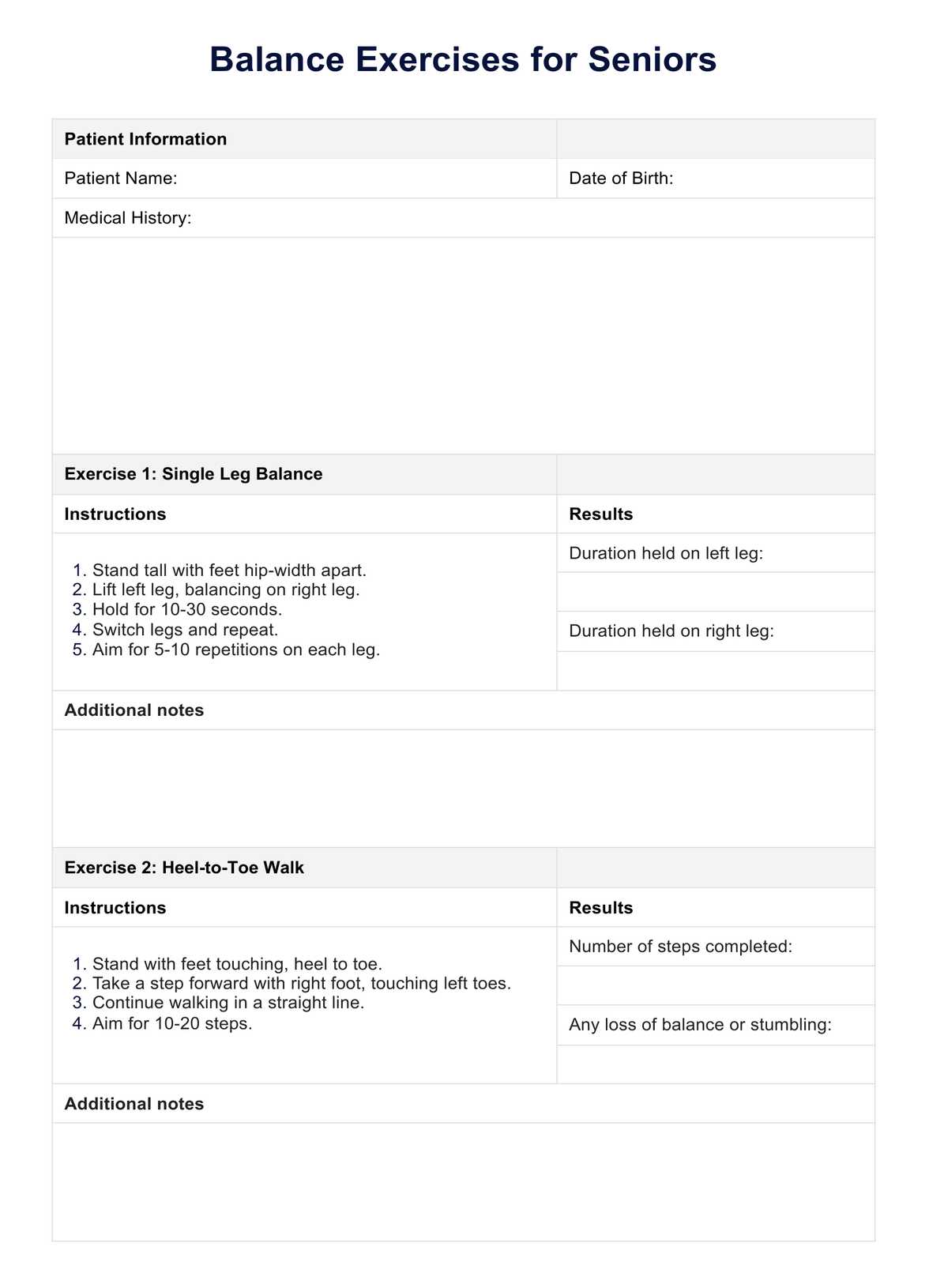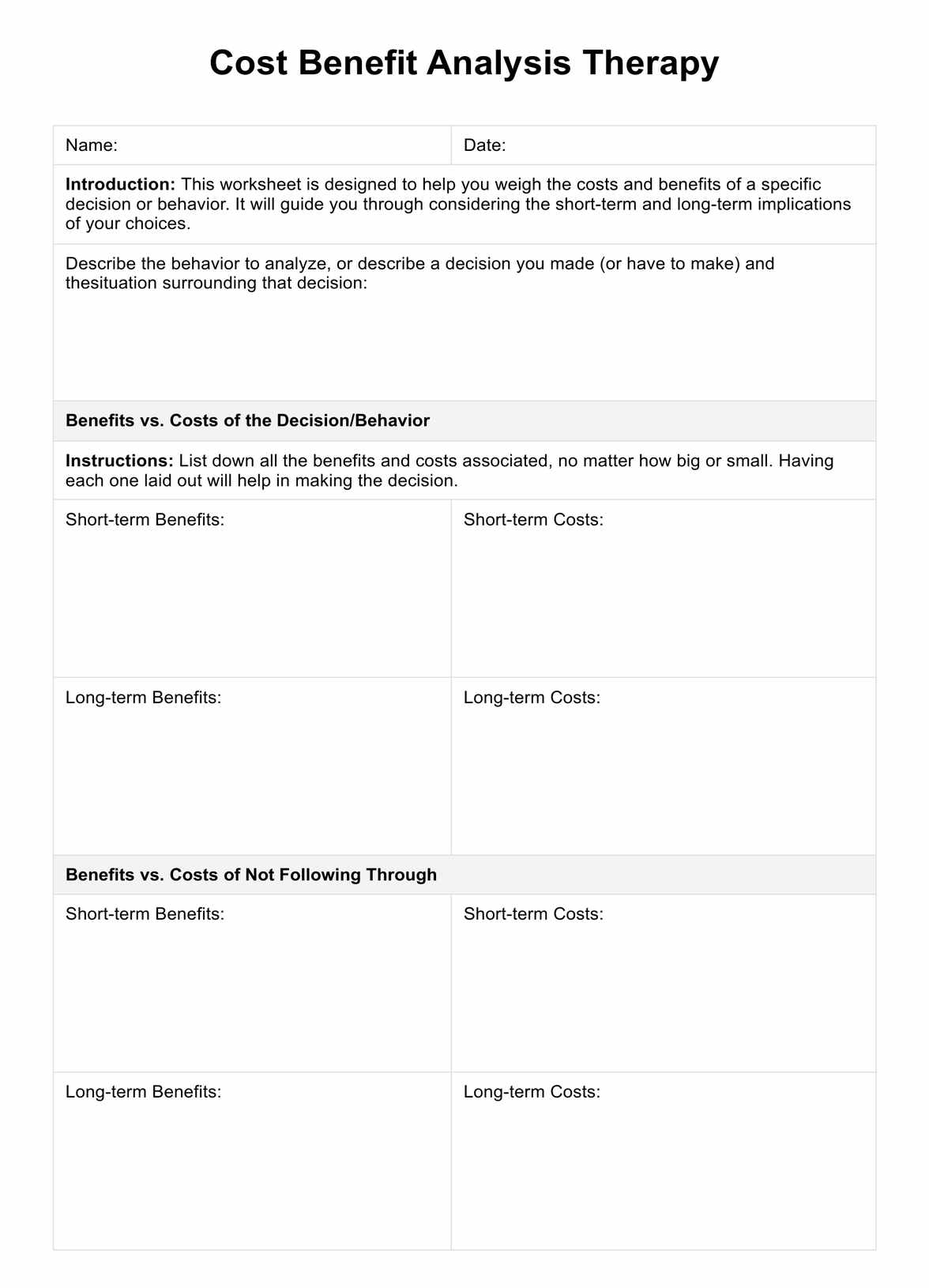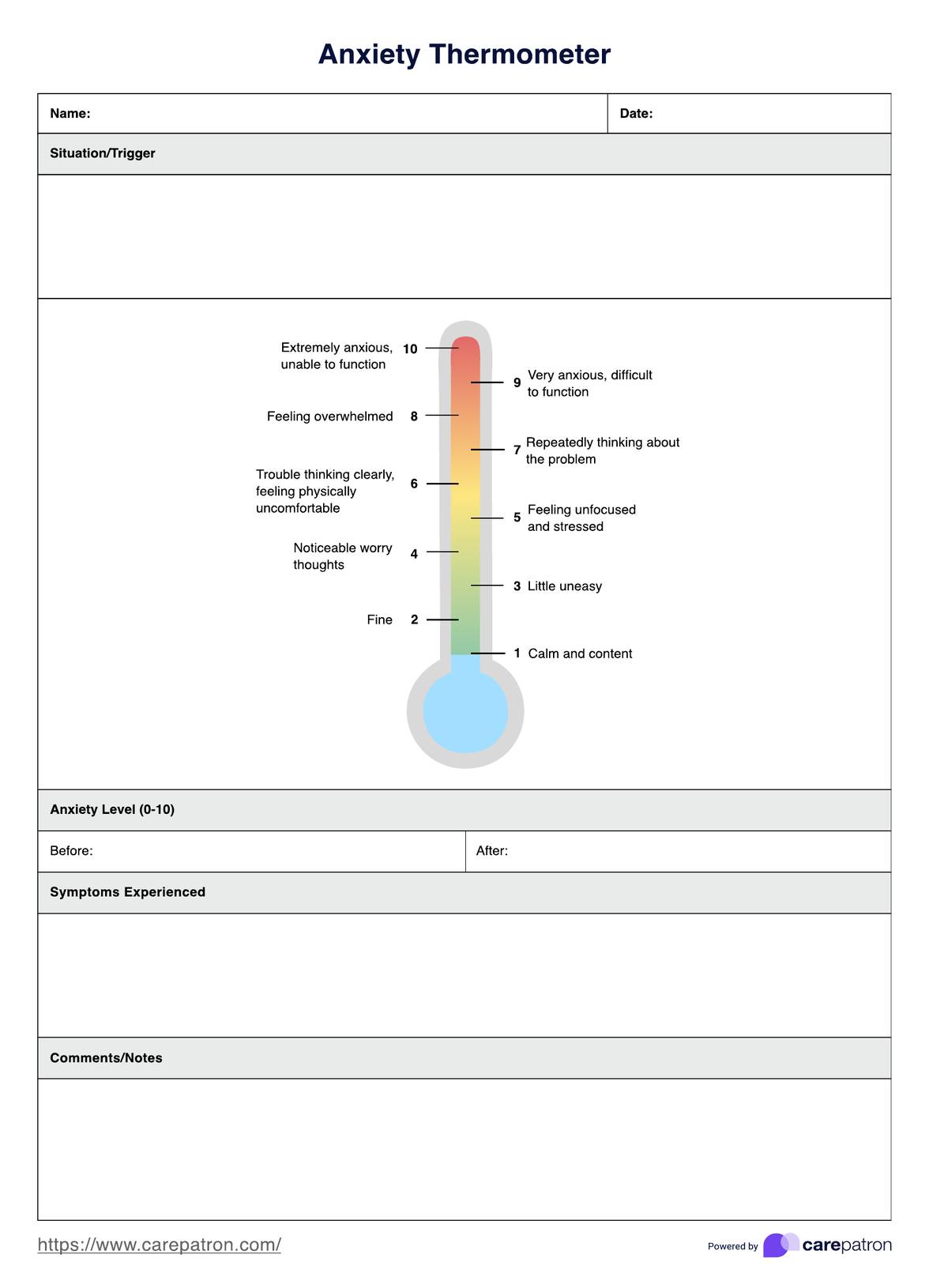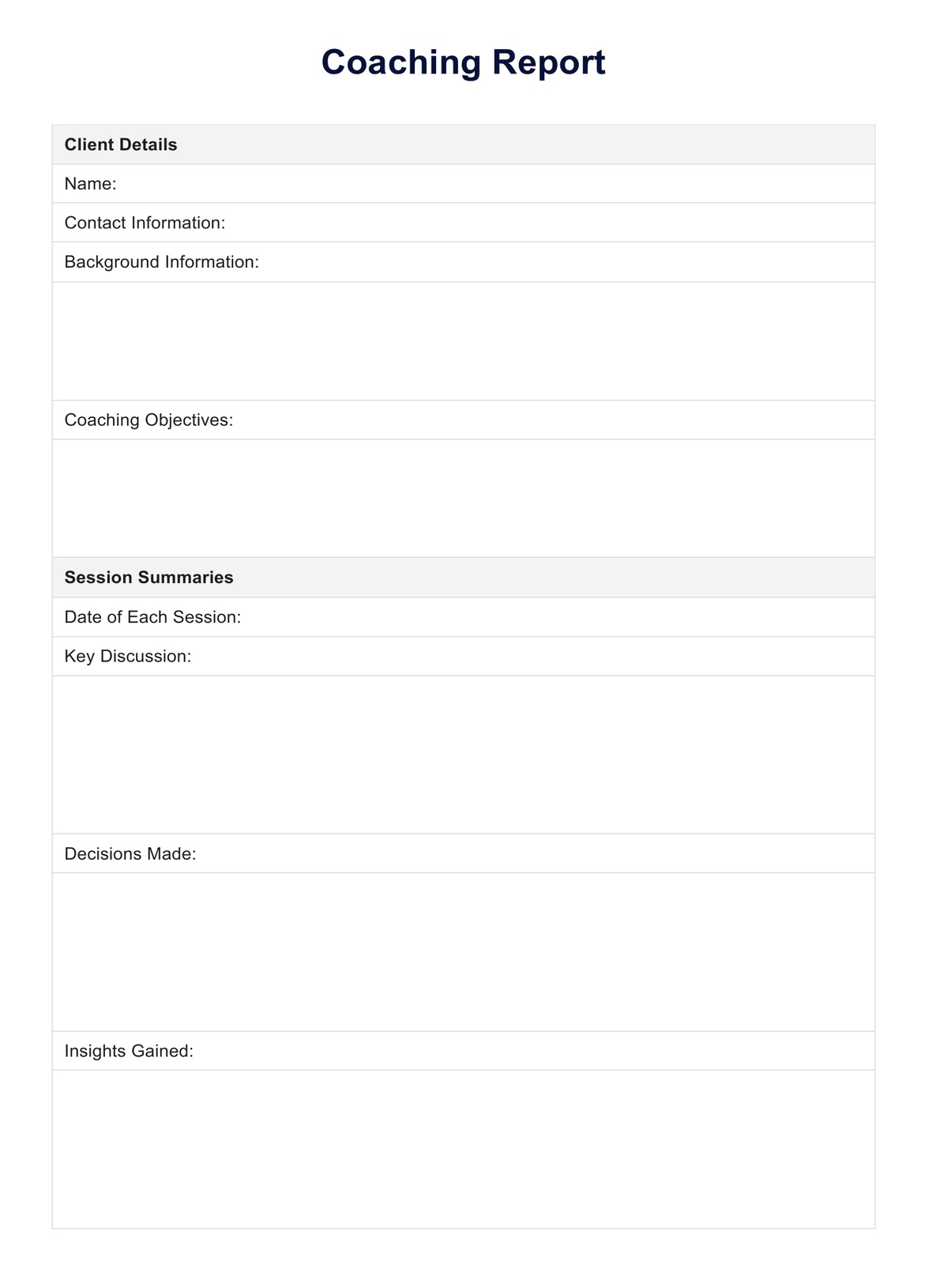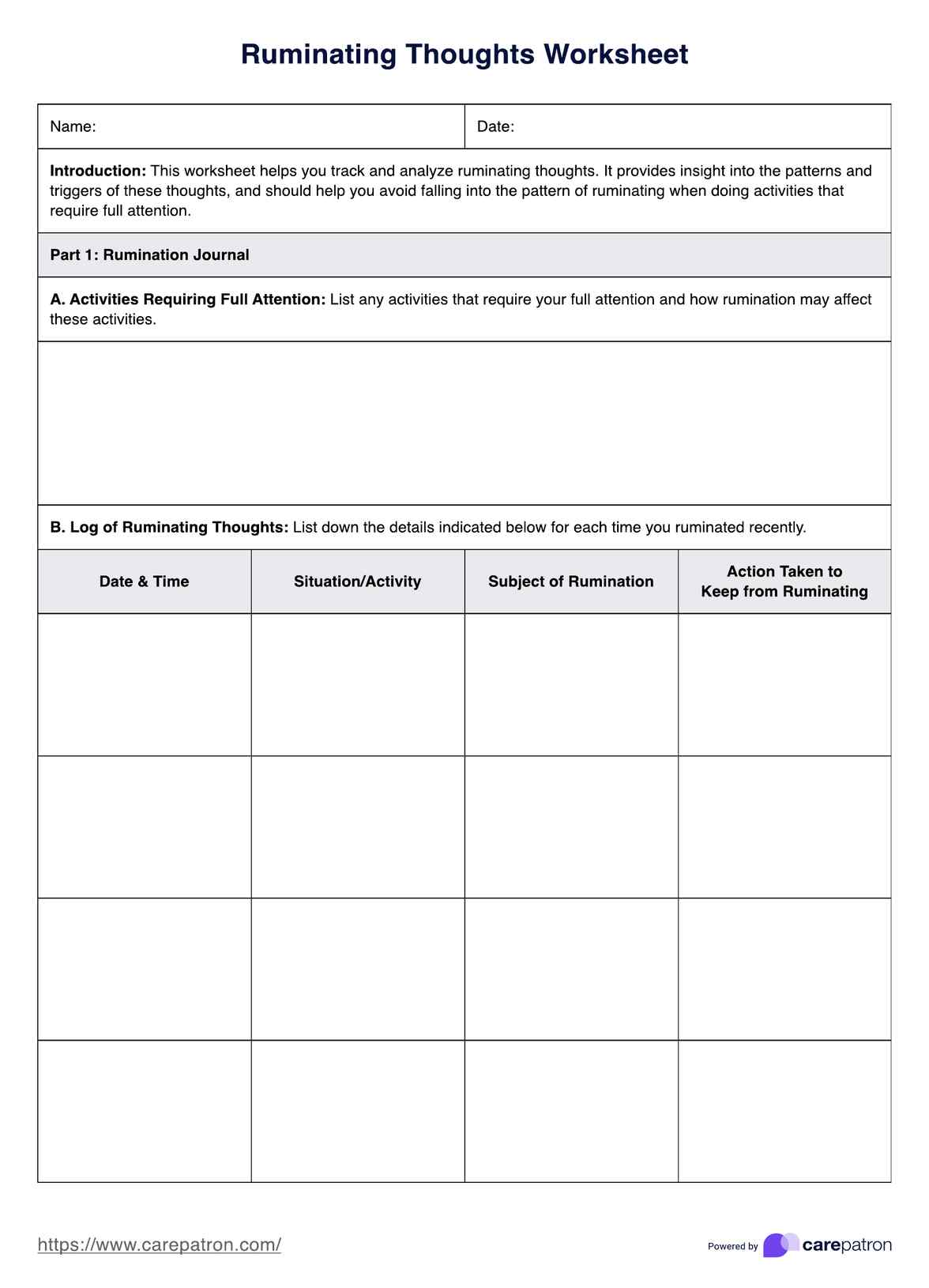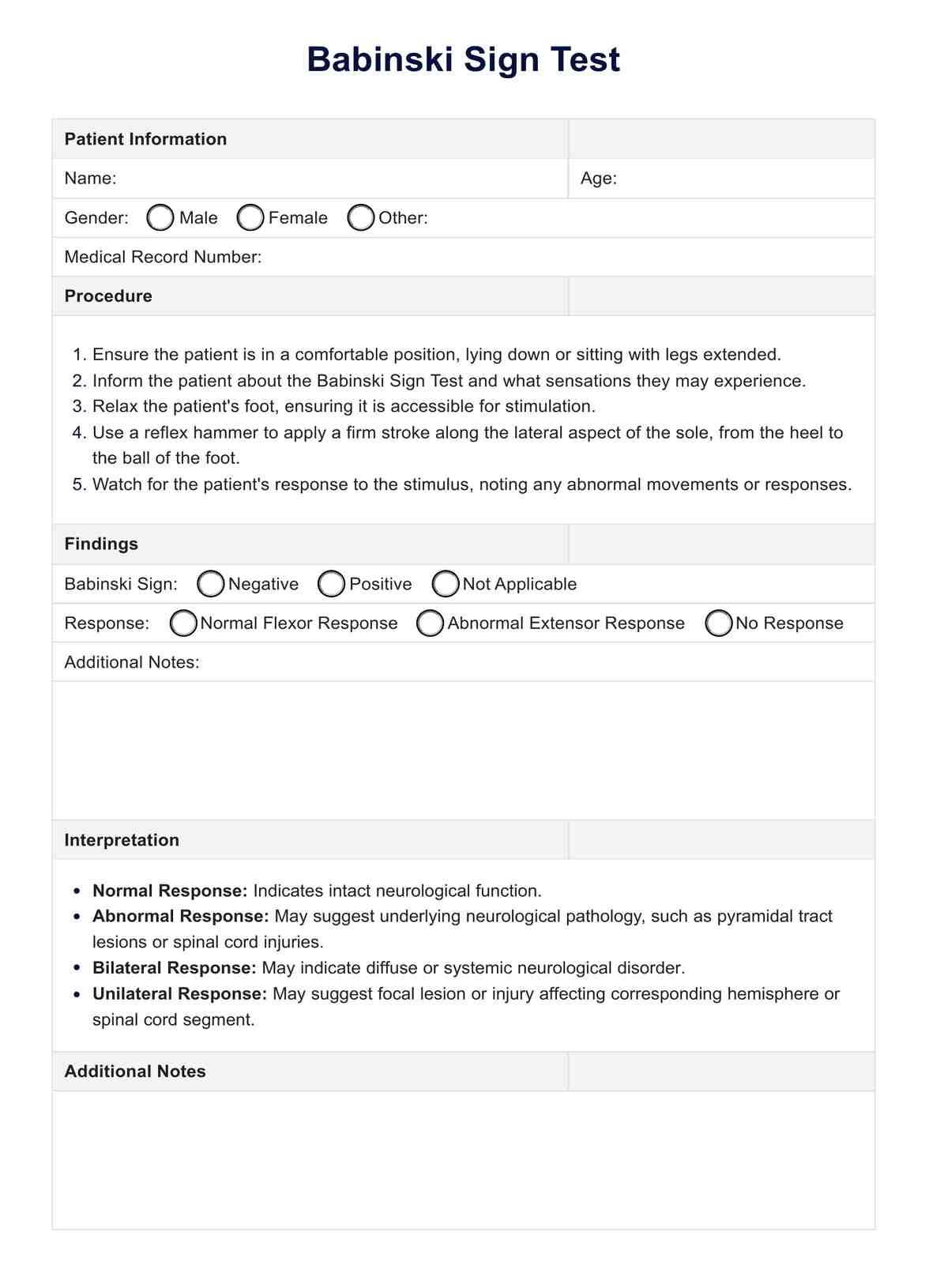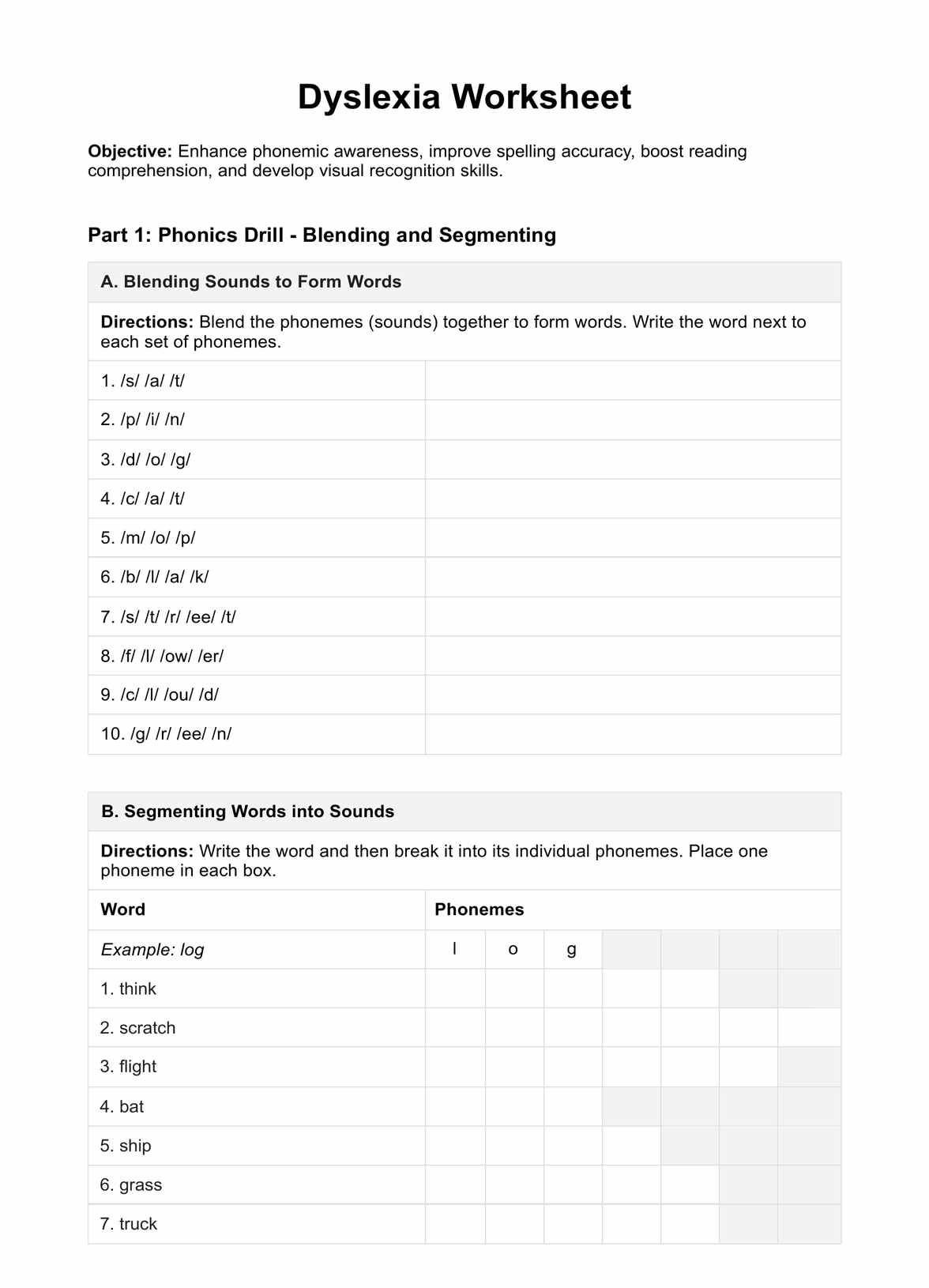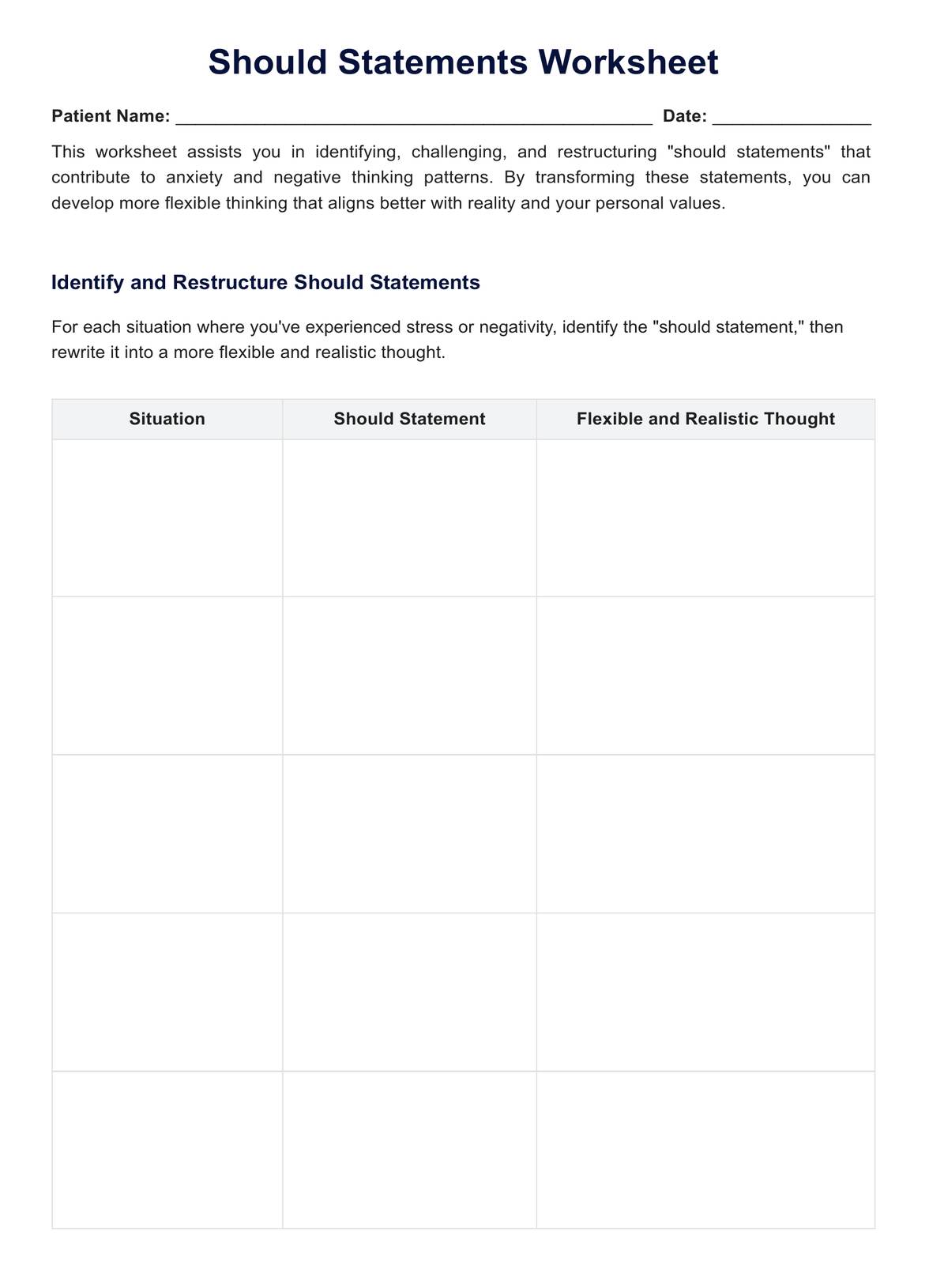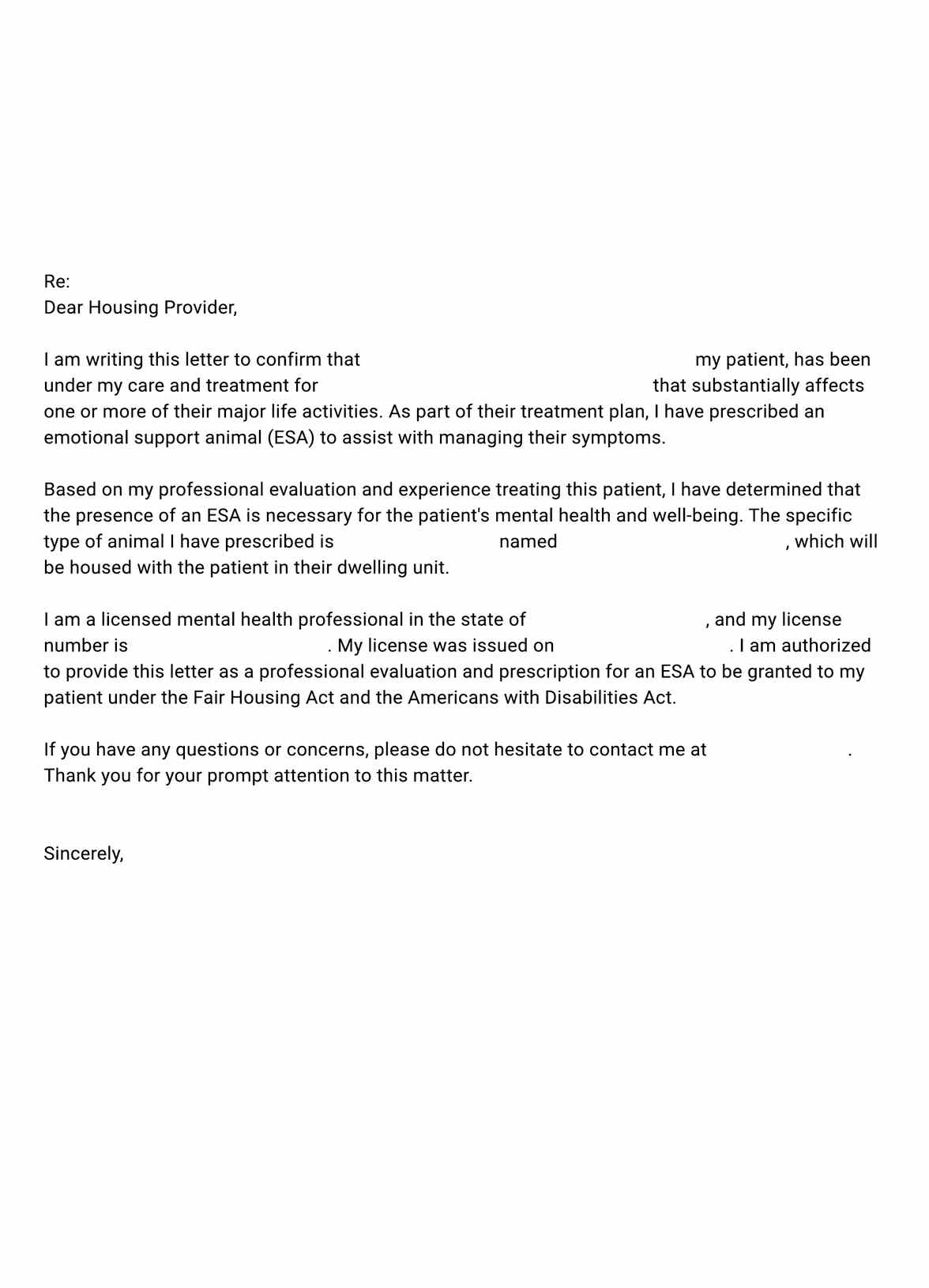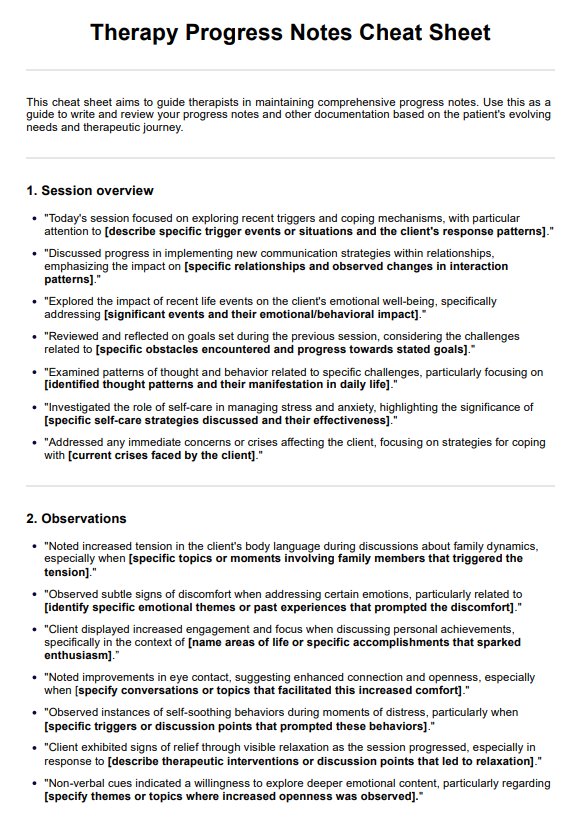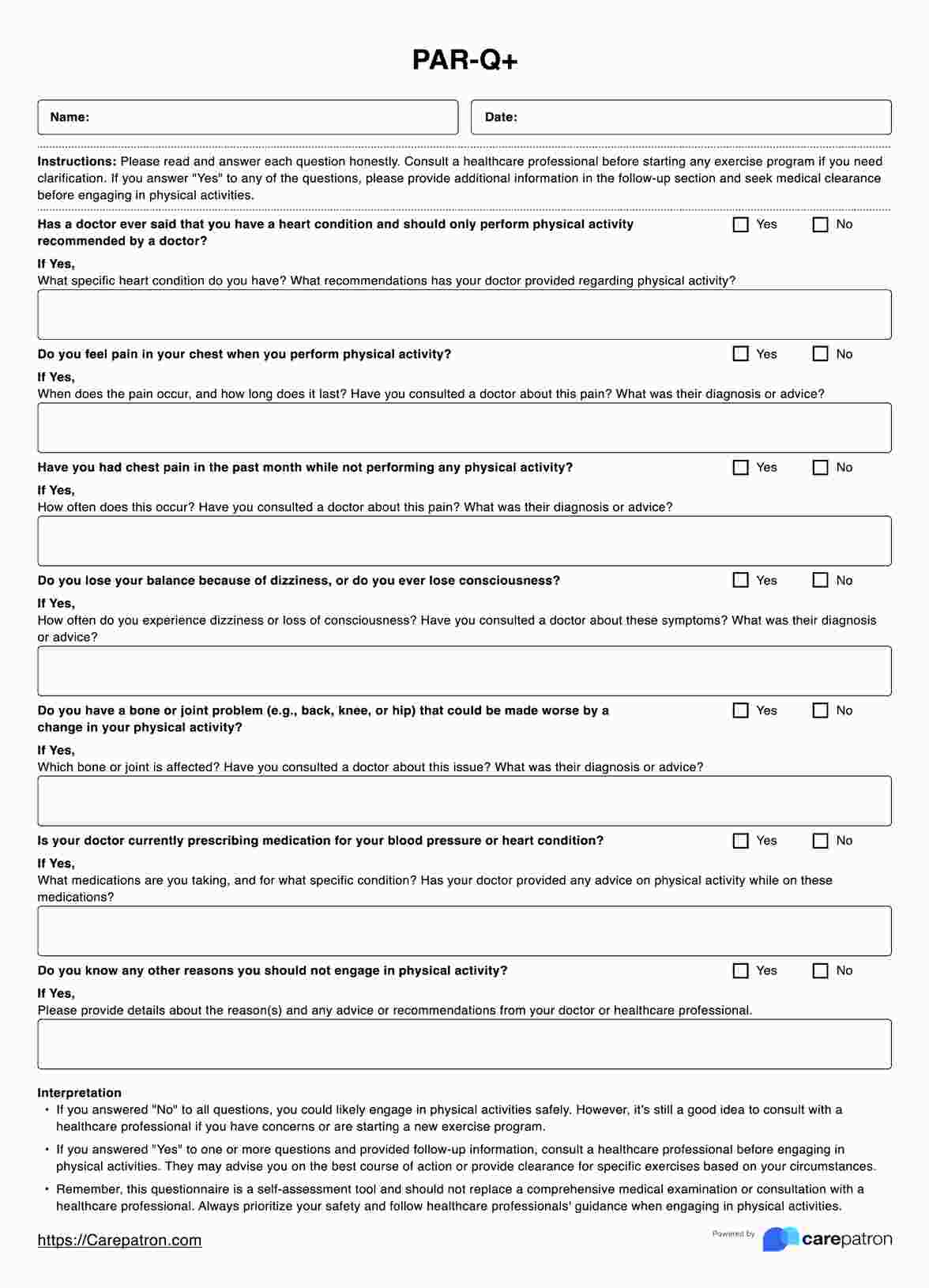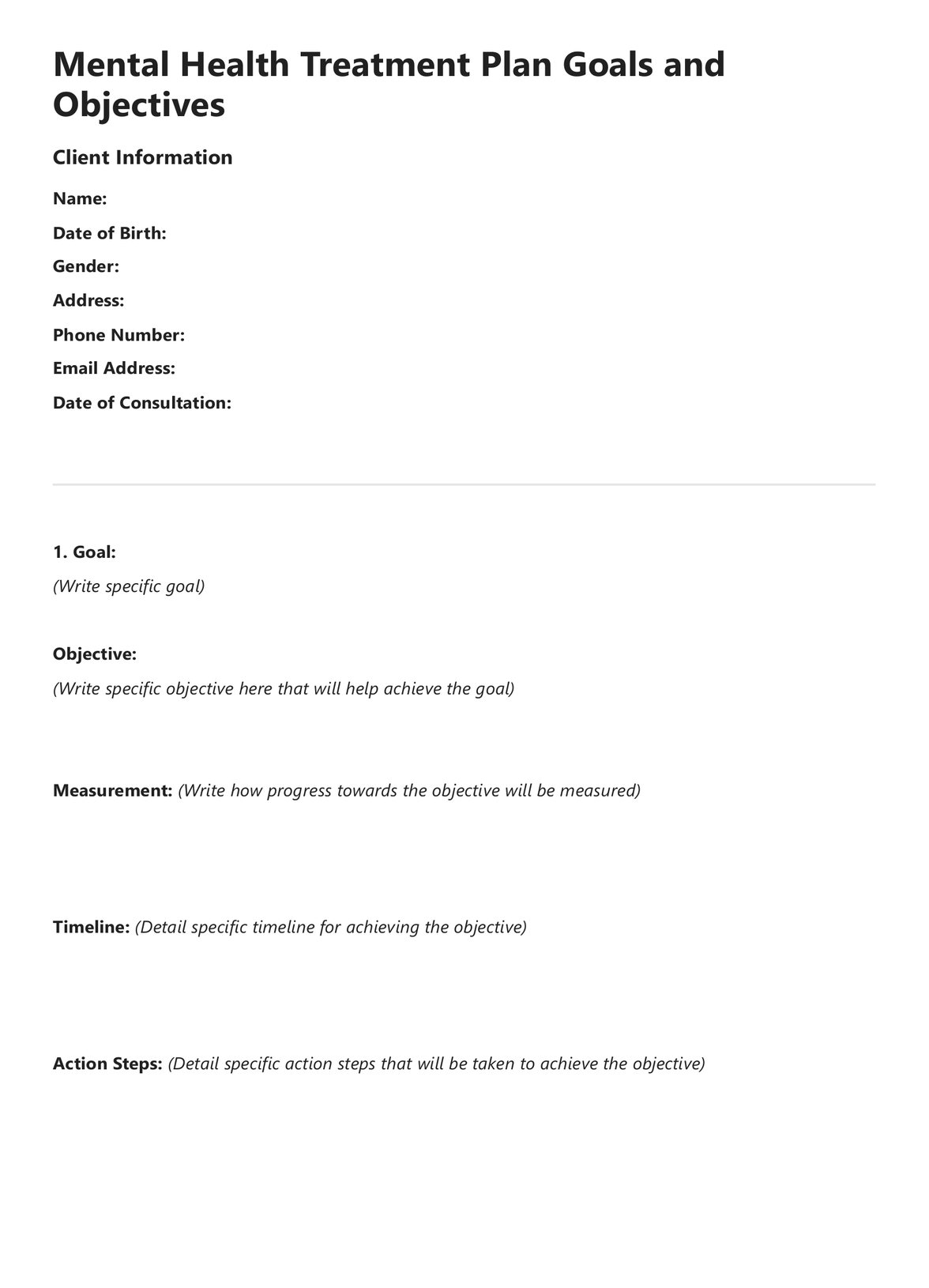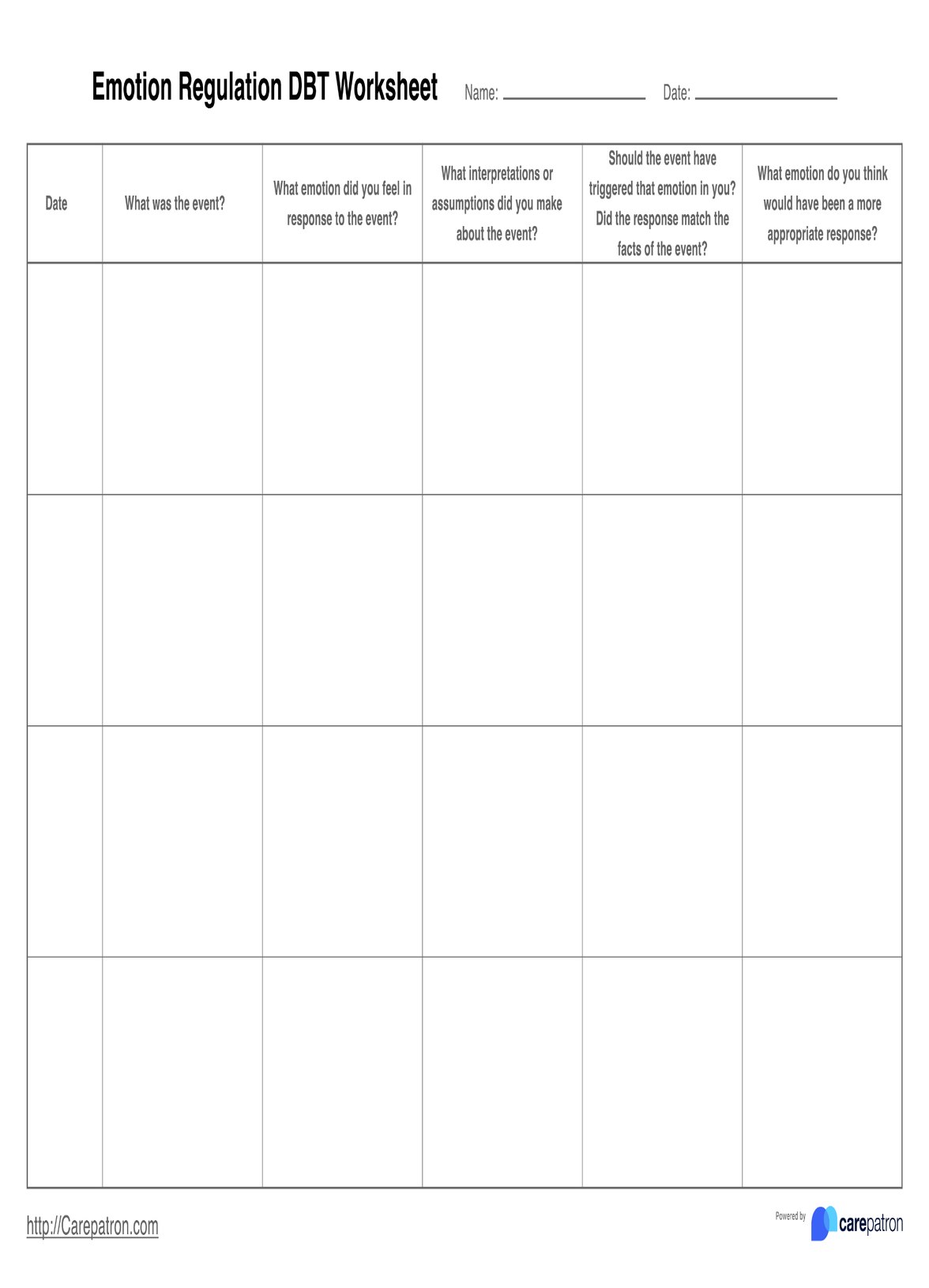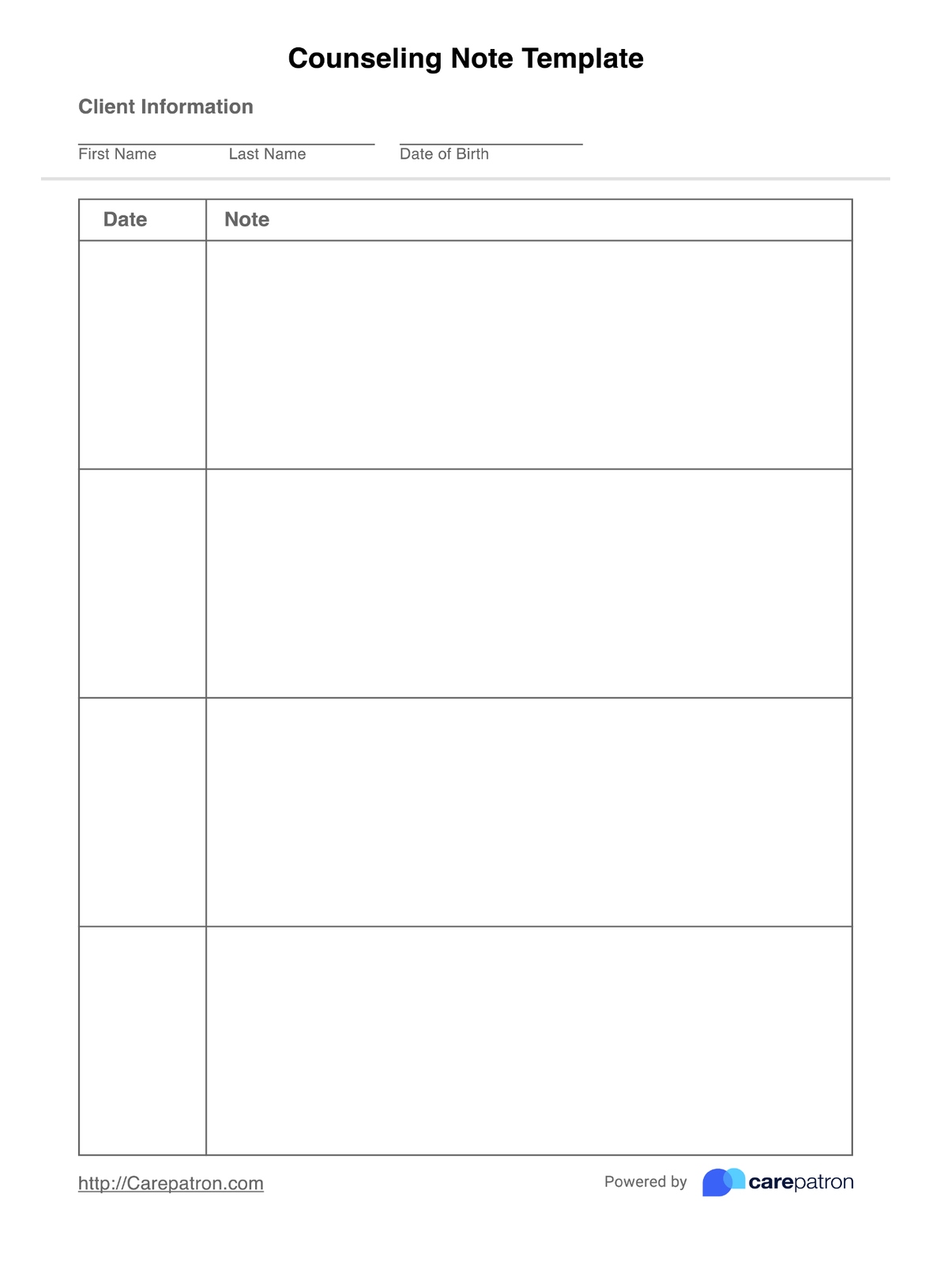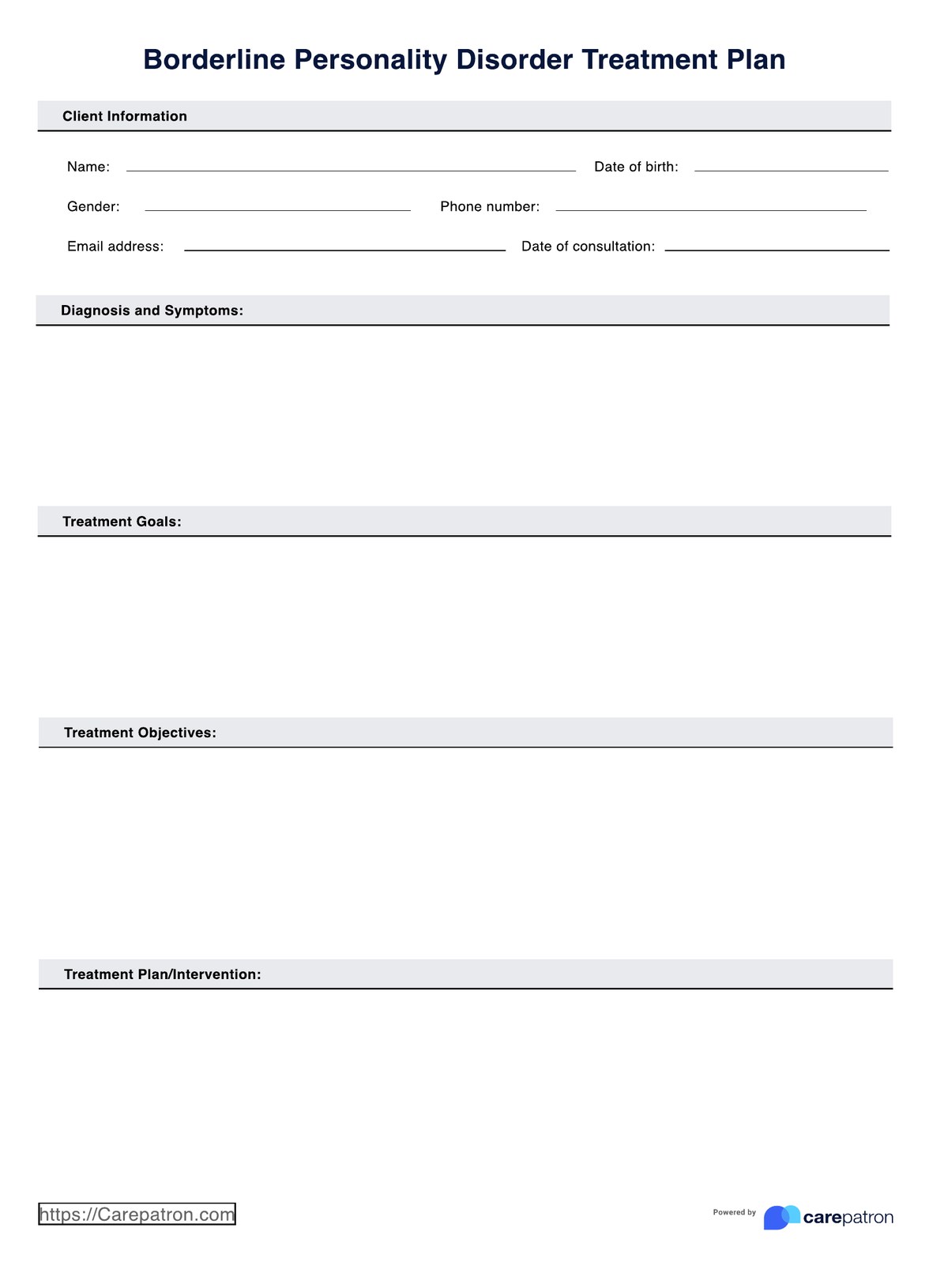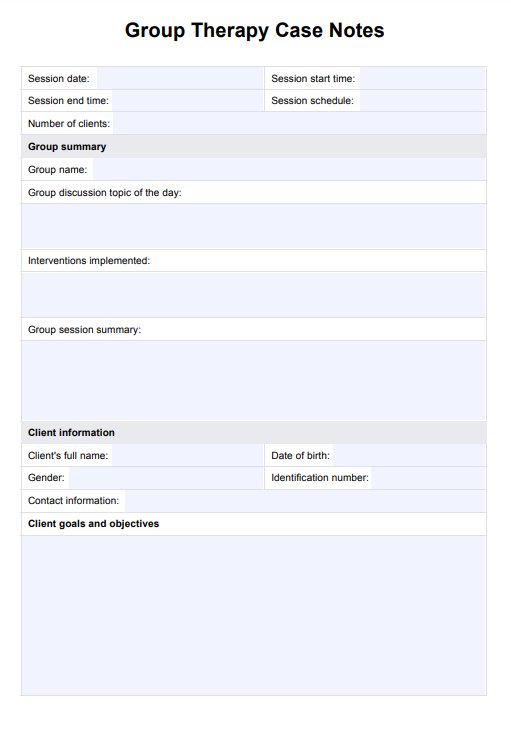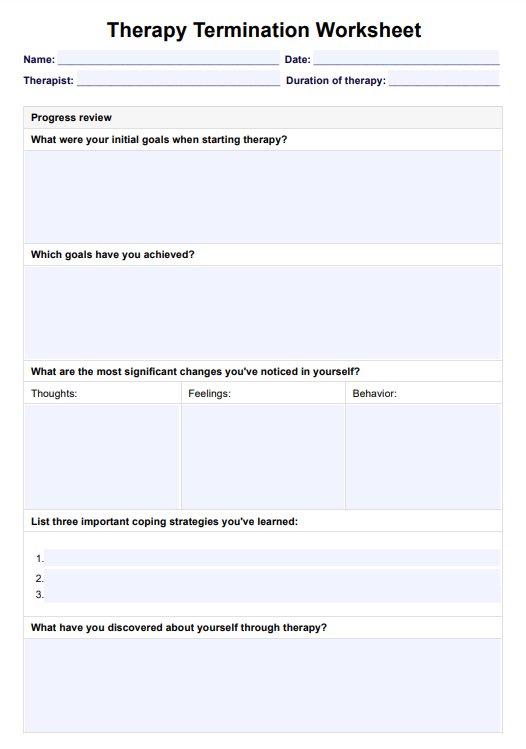CBT for Social Anxiety Worksheets PDF
Explore our CBT for social anxiety worksheets in PDF format, designed to provide effective and practical tools for managing social anxiety.


Understanding social anxiety
Social anxiety disorder is characterized by a persistent fear of social situations, leading to significant distress and avoidance behavior. Individuals with social anxiety may experience heightened anxiety and negative thoughts in social settings, impacting their ability to engage with others and enjoy positive emotions.
At the core of social anxiety is an intense fear of judgment or scrutiny, leading individuals to avoid social interactions or endure them with intense discomfort. The fear of embarrassment, rejection, or being negatively evaluated by others becomes pervasive in various aspects of their lives. This can manifest in physical symptoms such as increased heart rate, sweating, and trembling, and cognitive symptoms like racing thoughts and a heightened awareness of one's actions.
The impact of social anxiety extends beyond mere shyness or nervousness. It can interfere with forming relationships, hinder academic and professional achievements, and diminish overall quality of life. Individuals with social anxiety may withdraw from social situations, sacrificing opportunities for personal and professional growth.
The cognitive aspect of social anxiety involves a constant negative evaluation of oneself and an anticipation of social scenarios as threatening. These negative thoughts contribute to a self-reinforcing cycle, further intensifying anxiety and avoidance behaviors. Social anxiety disorder can be particularly challenging to overcome without proper support and intervention.
However, understanding social anxiety is a crucial step toward managing and mitigating its impact. Recognizing the signs and symptoms, acknowledging the pervasive nature of negative thoughts, and seeking appropriate therapeutic approaches are essential components of navigating the complexities of social anxiety. By fostering a compassionate and supportive environment, individuals with social anxiety can embark on a journey toward enhanced self-awareness, improved coping skills, and, ultimately, a more fulfilling social life.
CBT for Social Anxiety Worksheets PDF Template
CBT for Social Anxiety Worksheets PDF Example
Using CBT to treat social anxiety
Cognitive Behavioral Therapy (CBT) offers practical strategies to address social anxiety, and worksheets in PDF format provide practical tools for individuals looking to understand and manage their symptoms.
CBT for social anxiety focuses on identifying unhelpful thoughts, challenging negative thinking patterns, and developing coping skills to navigate social situations. The controlled breathing techniques outlined in these worksheets aim to help individuals manage physical symptoms of anxiety, creating a more positive emotional experience. By exploring unhelpful thoughts and behaviors associated with social anxiety, individuals can gain awareness and develop effective coping strategies.
These resources also emphasize the importance of focusing on positive emotions and creating a shift in thinking. Worksheets cover various aspects, such as managing stress, dealing with avoidance behaviors, and challenging negative beliefs. CBT for social anxiety provides a structured approach to examine and address fears, creating opportunities for individuals to identify and challenge unhelpful thinking patterns.
Therapists can benefit from using these worksheets as valuable resources to guide clients through the process of understanding, managing, and overcoming social anxiety. By exploring mindfulness techniques and examining examples of different perspectives, individuals can learn to react differently to social situations, leading to positive outcomes and improved overall mental health. With a focus on creating a therapeutic relationship and examining the client's point of view, these resources serve as tools to save and benefit lives, offering hope and empowerment to those struggling with social anxiety.
Social anxiety disorder treatment
- Cognitive-behavioral therapy (CBT): CBT is a well-established and widely used therapeutic approach for treating social anxiety disorder. It focuses on identifying and challenging negative thought patterns and beliefs that contribute to anxiety. Individuals learn to replace irrational thoughts with more balanced and realistic ones through cognitive restructuring. Additionally, exposure therapy, a component of CBT, helps individuals gradually confront and navigate feared social situations, allowing for desensitization and increased confidence.
- Medication: In some cases, medications may be prescribed to alleviate symptoms of social anxiety. Selective serotonin reuptake inhibitors (SSRIs) and benzodiazepines are among the drugs commonly used. SSRIs can help regulate serotonin levels in the brain, while benzodiazepines may be prescribed for short-term relief of acute anxiety. Medication is often considered in conjunction with psychotherapy for comprehensive treatment.
- Mindfulness and relaxation techniques: Mindfulness-based interventions, such as mindfulness meditation and deep-breathing exercises, can help individuals cultivate awareness of their thoughts and emotions in the present moment. These practices promote relaxation and reduce the physiological symptoms associated with anxiety, providing valuable tools for managing social anxiety.
- Group therapy: Engaging in group therapy provides a supportive environment where individuals with social anxiety can share their experiences, gain insights, and practice social skills in a controlled setting. Group therapy fosters community and understanding, promoting social interaction in a structured and empathetic space.
- Social skills training: This intervention focuses on developing and refining social skills, enhancing communication, and building self-confidence in various social situations. Through guided practice and feedback, individuals can improve their ability to navigate social interactions more comfortably.
- Self-help resources: Self-help resources, including books, online programs, and worksheets, can complement formal therapy. These resources often provide practical strategies and exercises that individuals can incorporate into their daily lives to manage social anxiety.
How to use this worksheet
- Introduction to CBT: Introduce the individual to cognitive behavioral therapy. Explain that CBT is a goal-oriented, evidence-based therapeutic approach that helps identify and change negative thought patterns and behaviors.
- Understanding social anxiety: Use psychoeducation to help the individual understand what social anxiety is and how it manifests. Discuss common symptoms, triggers, and the impact of social anxiety on thoughts, feelings, and behaviors.
- Assessment and goal setting: Conduct an assessment to identify specific areas of concern related to social anxiety. Collaboratively set realistic and measurable goals the individual wants to achieve through therapy.
- Identifying negative thoughts: Introduce worksheets that identify negative thoughts related to social situations. Encourage the individual to record their thoughts, emotions, and the conditions that trigger anxiety.
- Challenge unhelpful thoughts: Guide individuals to challenge and restructure their negative thoughts. Help them explore evidence for and against their thoughts, promoting a more balanced and rational perspective.
- Behavioral experiments: Develop worksheets involving behavioral experiments, encouraging individuals to expose themselves to feared social situations gradually. This step helps in testing and challenging anxious beliefs through real-life experiences.
- Coping skills and strategies: Provide worksheets that teach and practice coping skills for managing social anxiety. This may include relaxation techniques, controlled breathing, and positive self-talk.
- Mindfulness and awareness: Incorporate mindfulness exercises into the worksheets to enhance awareness of the present moment. Mindfulness can help individuals observe their thoughts and feelings without judgment.
- Tracking progress: Implement worksheets that allow individuals to track their progress over time. Regularly review and celebrate achievements, reinforcing positive changes and fostering motivation.
- Review and adjust: Periodically review the effectiveness of the strategies and make adjustments as needed. This involves an ongoing collaboration between the individual and the therapist to refine the treatment plan.
- Homework assignments: Encourage individuals to complete assigned worksheets as homework between sessions. This reinforces the learning process and allows for continuous self-reflection.
Benefits of using this worksheet
The CBT for Social Anxiety Worksheet serves as a valuable resource for individuals navigating the challenges of social anxiety, offering a structured and organized approach to self-help activities. By providing clear steps and exercises, the worksheet facilitates a guided journey for users seeking to manage and overcome social anxiety.
One of the primary benefits of the worksheet is its capacity to enhance self-awareness. Encouraging individuals to identify and record negative thoughts and anxious feelings promotes a deeper understanding of the root causes of social anxiety. This heightened self-awareness is a crucial foundation for addressing and mitigating the impact of social anxiety in various situations.
The worksheet incorporates cognitive restructuring exercises, guiding individuals to challenge and reframe unhelpful thoughts. This process contributes to developing healthier thinking patterns and perspectives, empowering users to approach social situations with increased confidence.
Practical exercises within the worksheet prompt individuals to engage in gradual exposure to feared social situations, enabling the testing and challenging of anxious beliefs. This behavioral experimentation aids in desensitizing individuals to social triggers, fostering a more adaptive response to social interactions.
Coping skills development is a crucial feature of the worksheet, introducing practical strategies for managing and navigating social anxiety. Techniques such as relaxation, positive self-talk, and mindfulness empower users with tools to cope effectively in various social scenarios.
The worksheet is designed as a proactive tool, encouraging individuals to take meaningful steps in addressing their social anxiety. It empowers users to initiate positive changes in their thoughts and behaviors, fostering a sense of agency and control over their social experiences.
Versatility is another notable aspect of the worksheet, allowing users to engage with it independently or as part of a therapeutic intervention. Individuals can work through the worksheet at their own pace, promoting autonomy and independence in managing their social anxiety.
When shared with mental health professionals, the worksheet becomes a collaborative tool that enhances communication and understanding. It provides valuable insights into an individual's thought processes and behaviors, strengthening the therapeutic relationship and contributing to more effective interventions.
Research and evidence
Cognitive-behavioral therapy (CBT) has demonstrated substantial effectiveness in treating social anxiety disorder, offering a versatile and impactful therapeutic approach. Recent studies, particularly those exploring internet-based CBT (iCBT), highlight these interventions' adaptability and broad-reaching potential. In one randomized controlled trial conducted in Romania, participants assigned to a guided iCBT program exhibited significant improvements, showcasing the applicability of such methods in diverse cultural contexts. Recovery rates and long-term impact were noteworthy, underscoring the enduring benefits of iCBT in managing social anxiety (Tulbure et al., 2015).
Beyond specific methodologies like exposure therapy and cognitive therapy, CBT, in general, emerges as a valuable tool in addressing various anxiety disorders, including social anxiety. Its efficacy spans conditions such as posttraumatic stress disorder, obsessive-compulsive disorder, panic disorder, generalized anxiety disorder, and specific phobia.
While recognizing challenges in comparing different CBT treatments, ongoing research emphasizes dismantling studies to discern specific treatment components contributing to positive outcomes.
Overall, CBT stands out as a promising and flexible therapeutic modality, offering substantial support for individuals grappling with social anxiety and contributing to the continual refinement of treatment strategies (Kaczkurkin & Foa, 2018).
References
Kaczkurkin, A. N., & Foa, E. B. (2018). Cognitive-behavioral therapy for anxiety disorders: an update on the empirical evidence. Dialogues in Clinical Neuroscience, 17(3), 337–346. ncbi. https://doi.org/10.31887/DCNS.2015.17.3/akaczkurkin
Tulbure, B. T., Szentagotai, A., David, O., Ștefan, S., Månsson, K. N. T., David, D., & Andersson, G. (2015). Internet-Delivered Cognitive-Behavioral Therapy for Social Anxiety Disorder in Romania: A Randomized Controlled Trial. PLOS ONE, 10(5), e0123997. https://doi.org/10.1371/journal.pone.0123997
Commonly asked questions
CBT for Social Anxiety Worksheets serves as structured tools to guide individuals through cognitive-behavioral therapy exercises, aiding in the identification and modification of unhelpful thought patterns associated with social anxiety.
These worksheets provide a tangible way for individuals to engage in cognitive restructuring, develop coping skills, and manage their social anxiety by fostering self-awareness and promoting positive thinking patterns.
While they can benefit from self-help, consulting with a therapist is recommended for personalized guidance and support in implementing the cognitive-behavioral strategies outlined in the worksheets.


